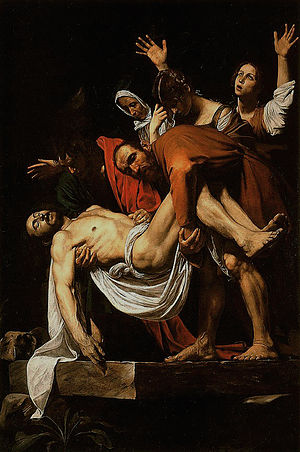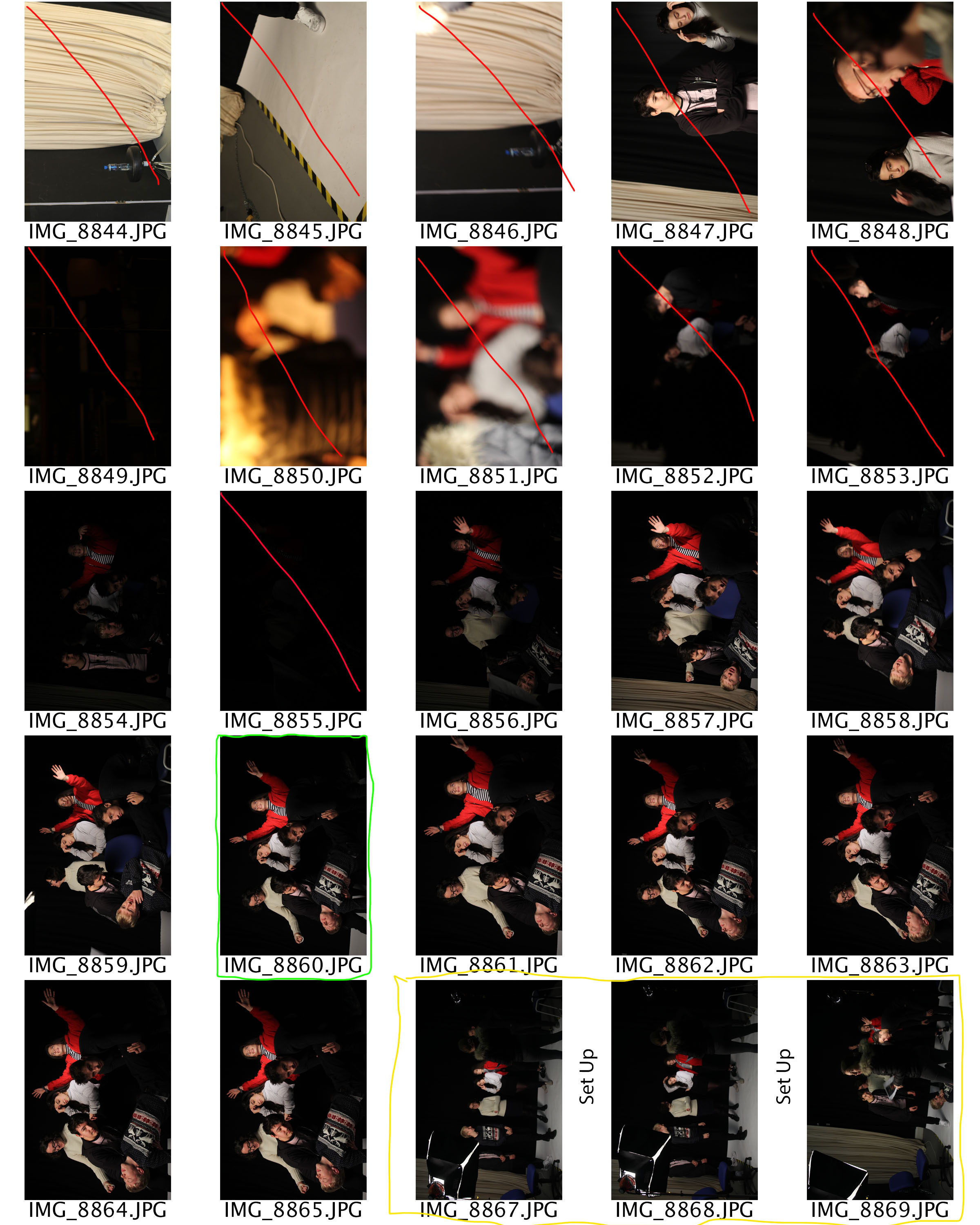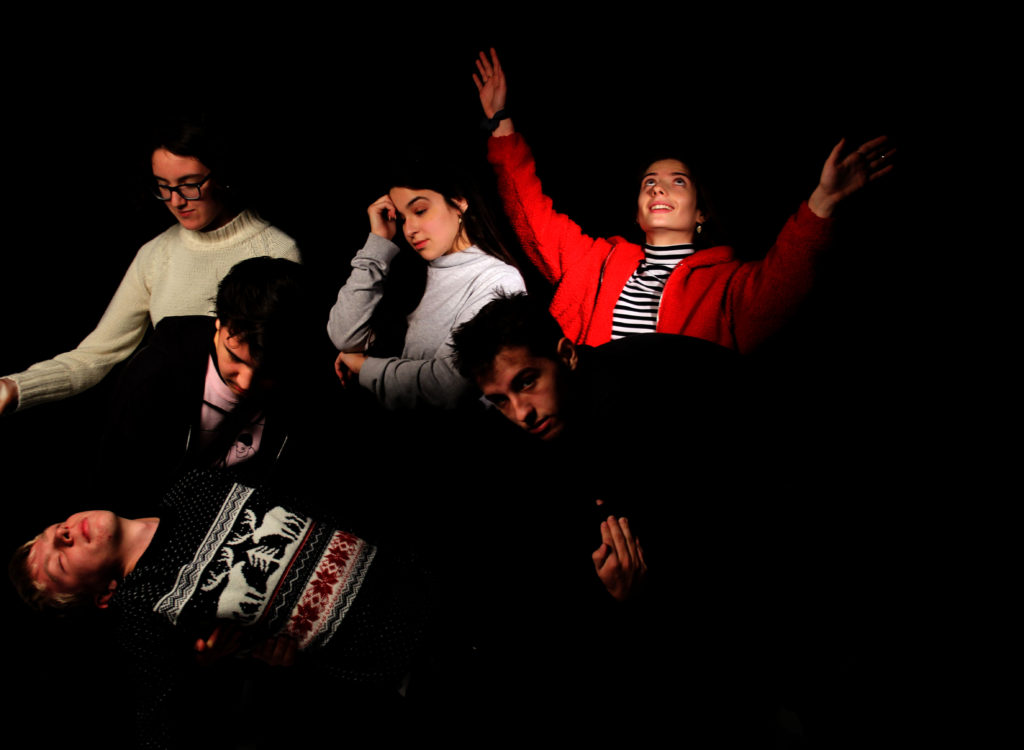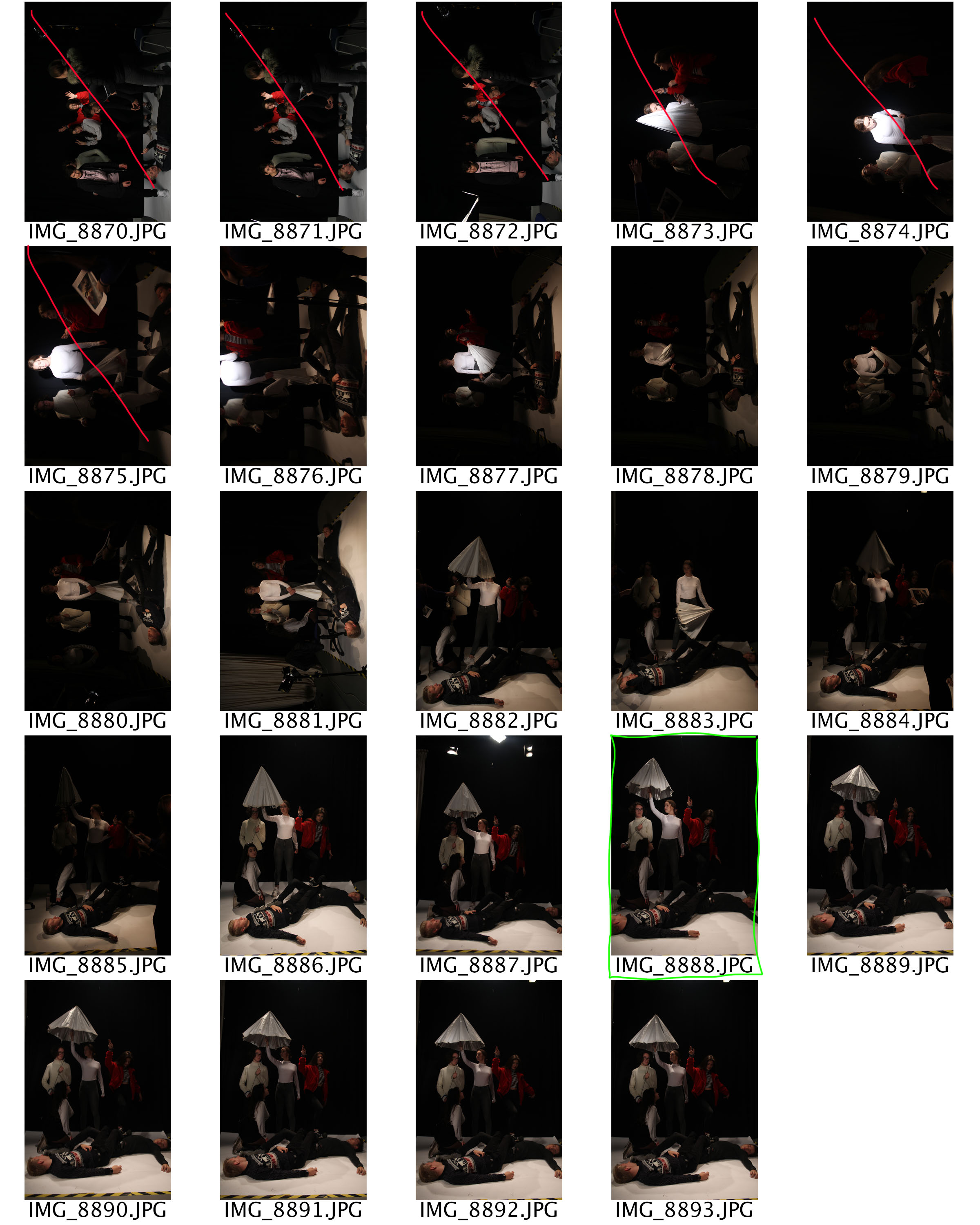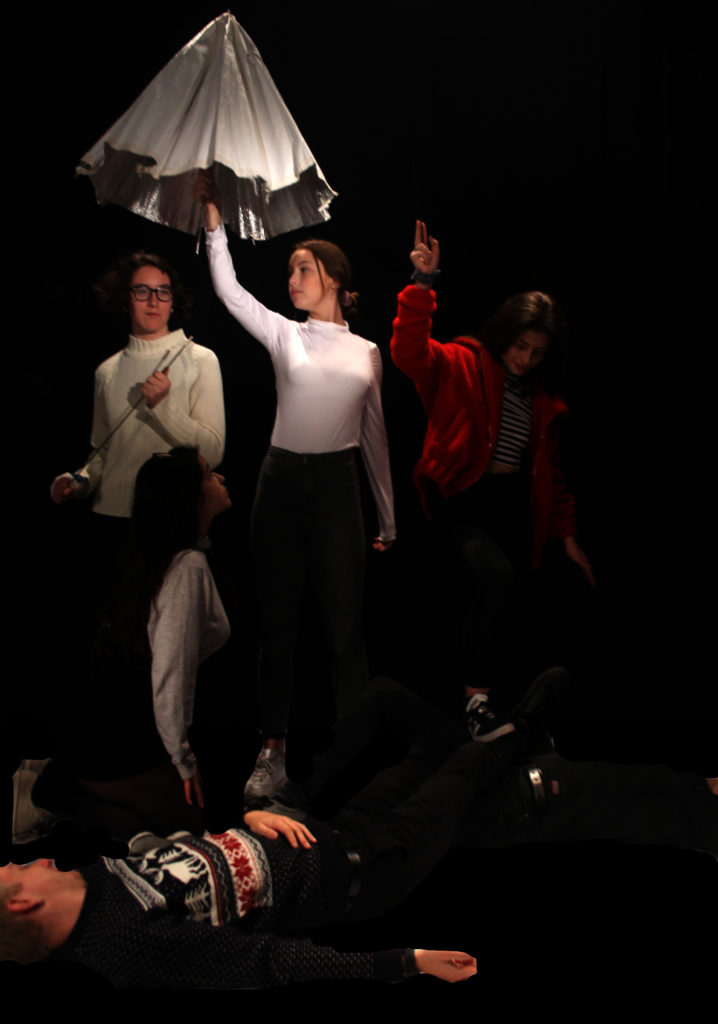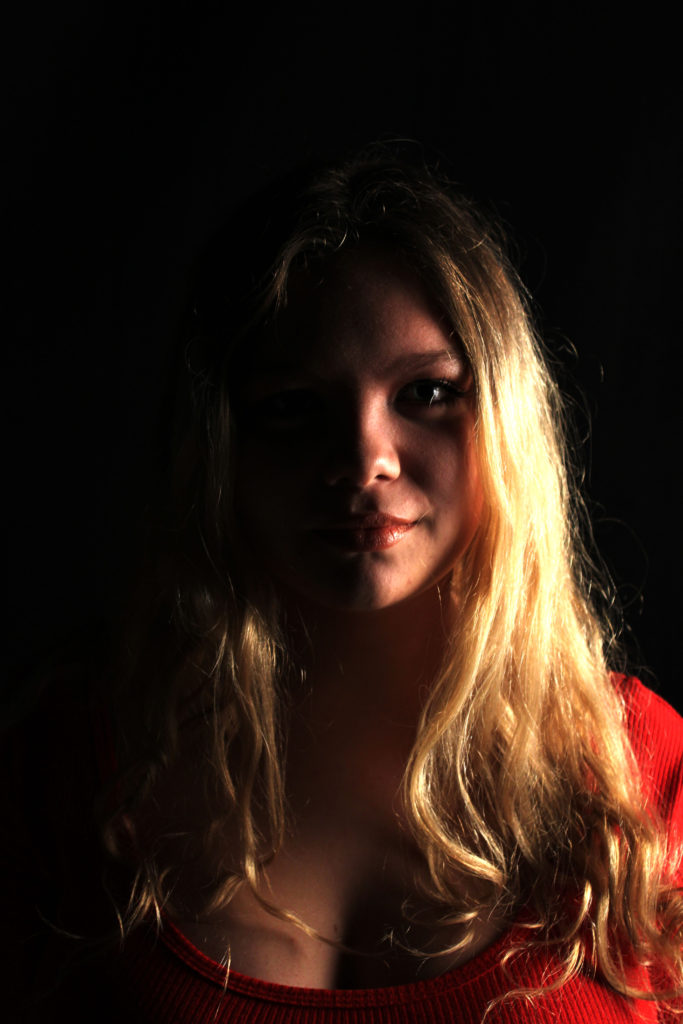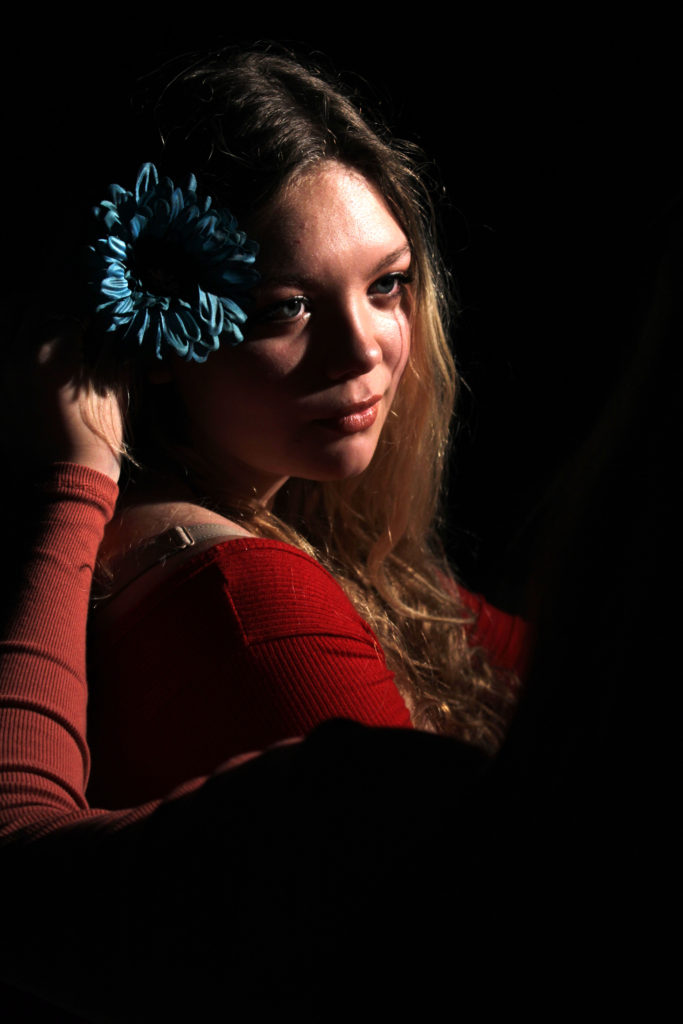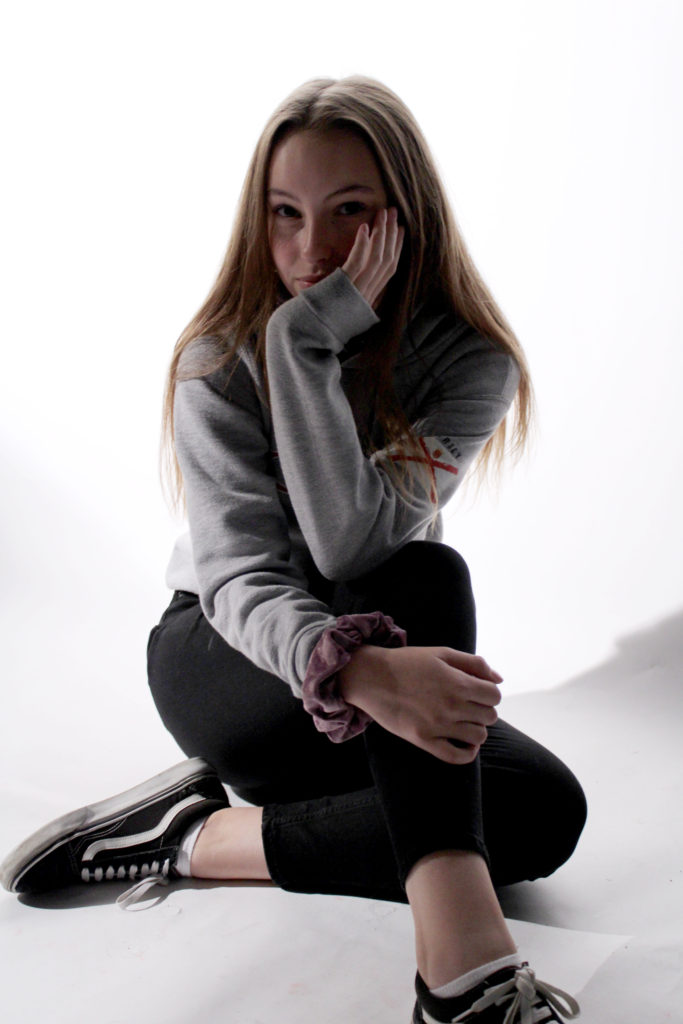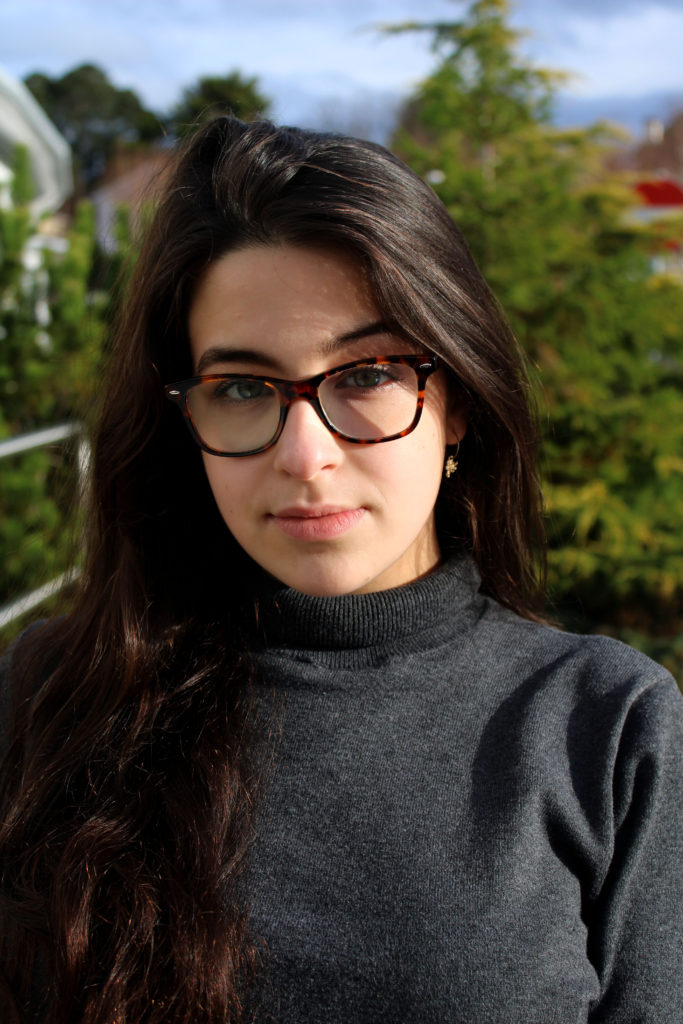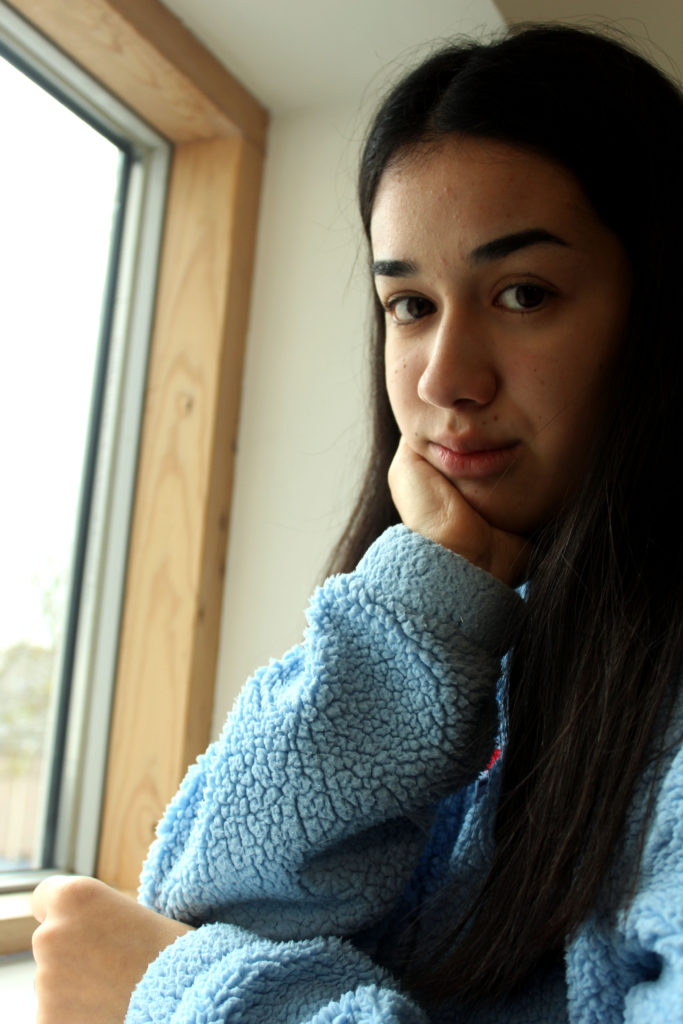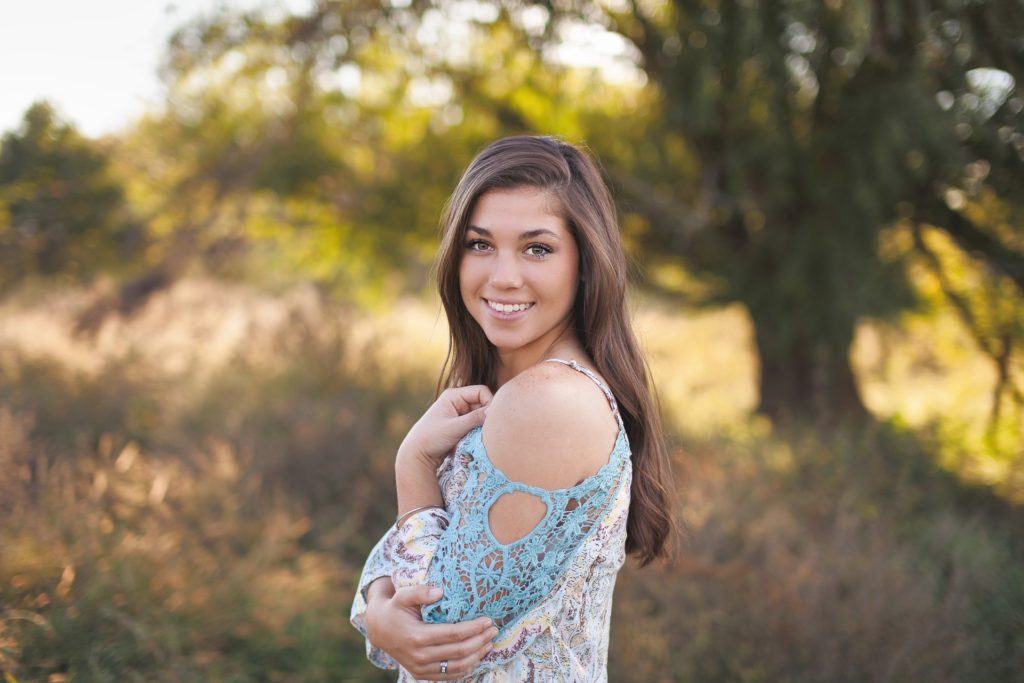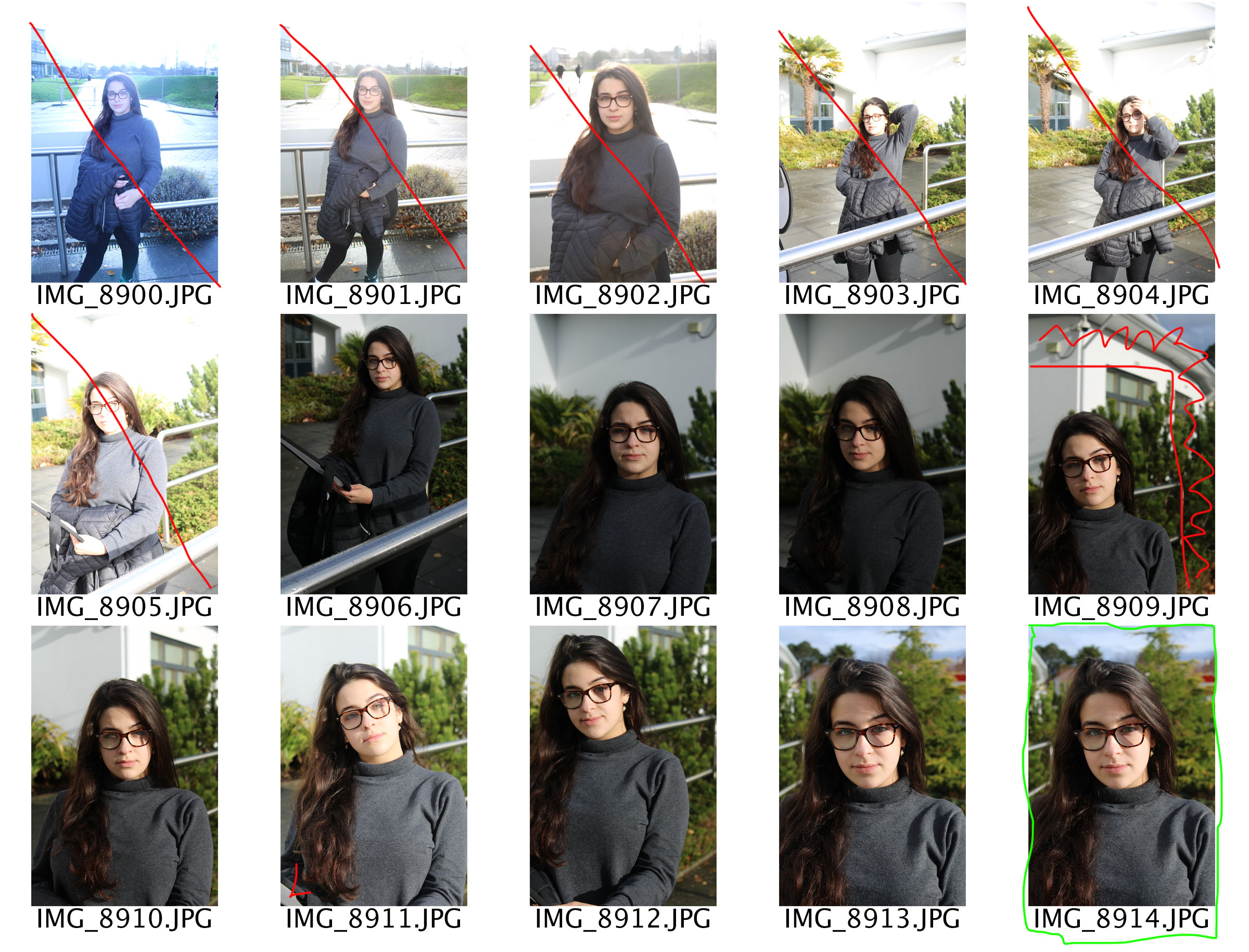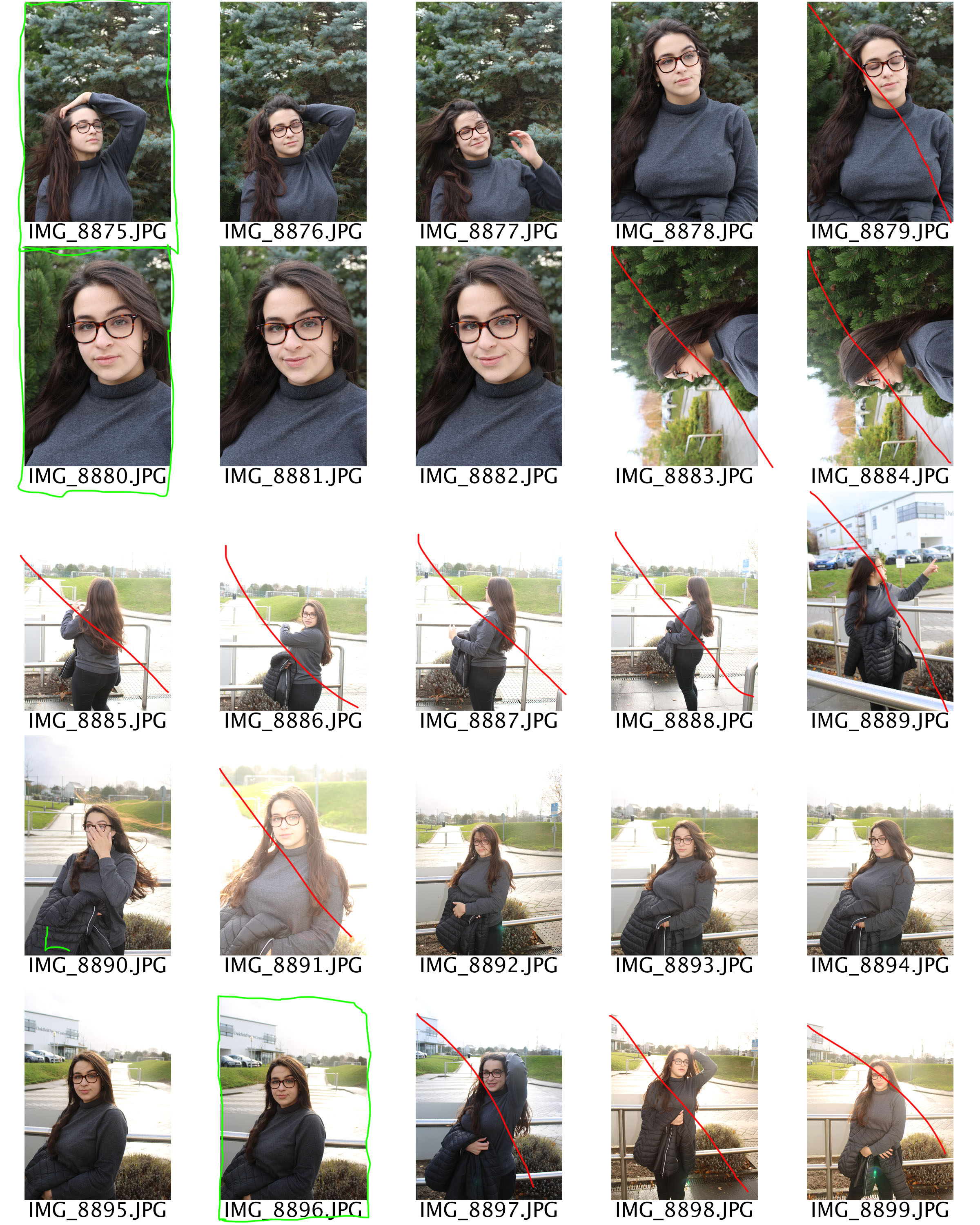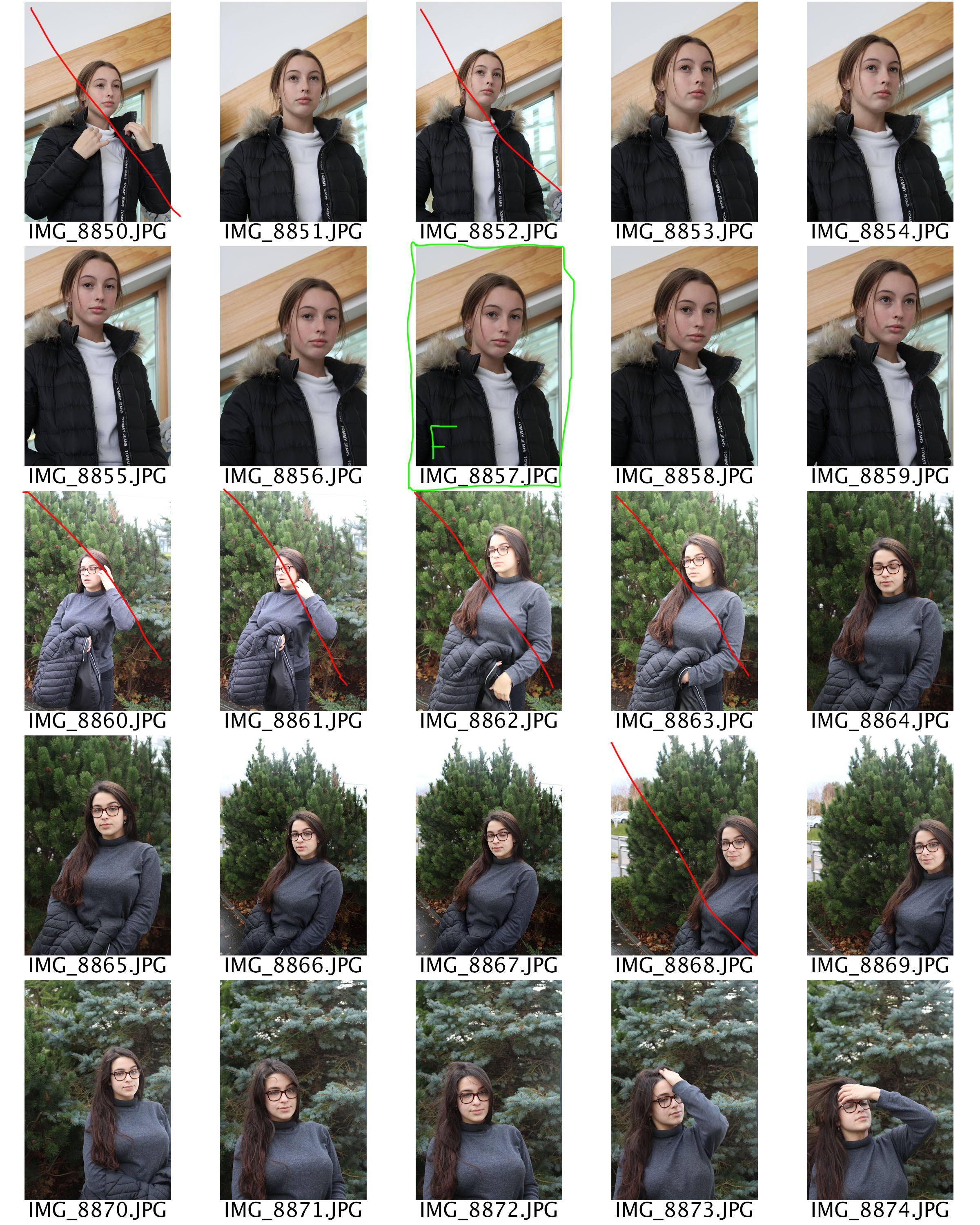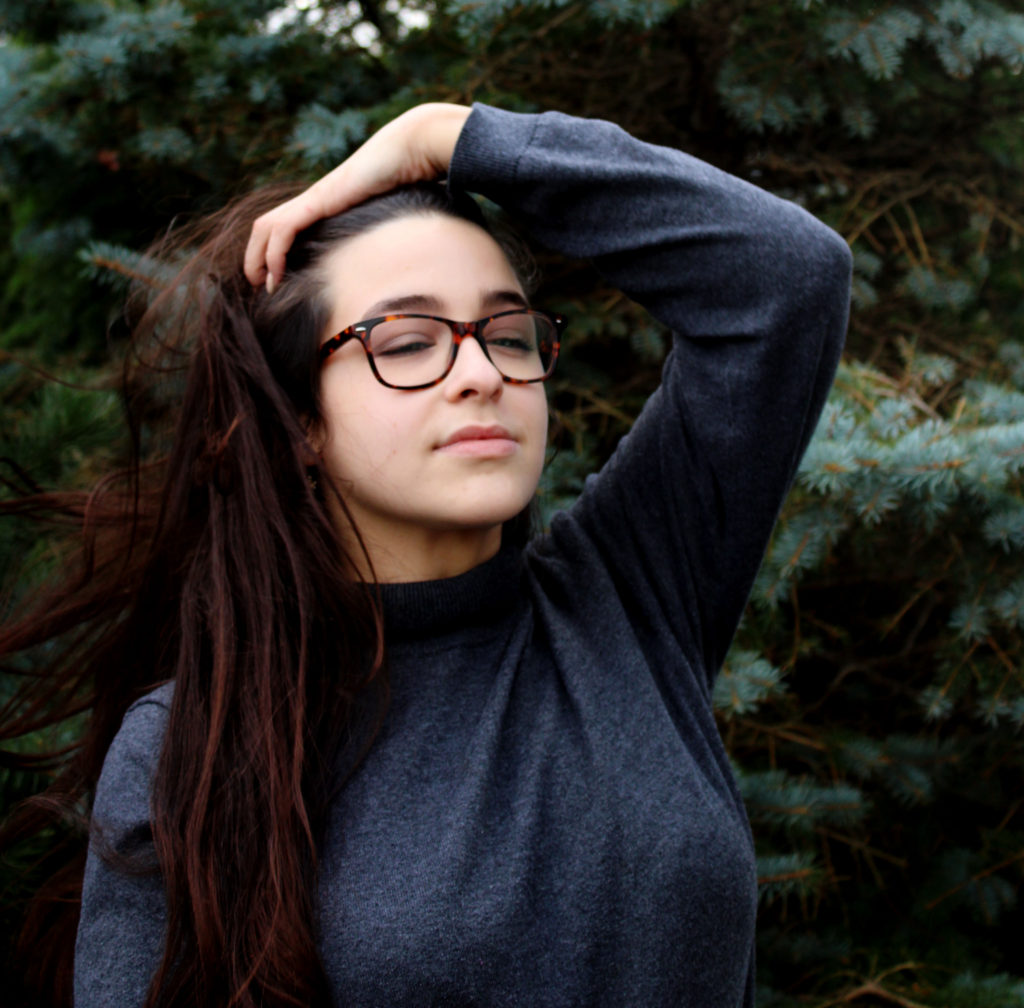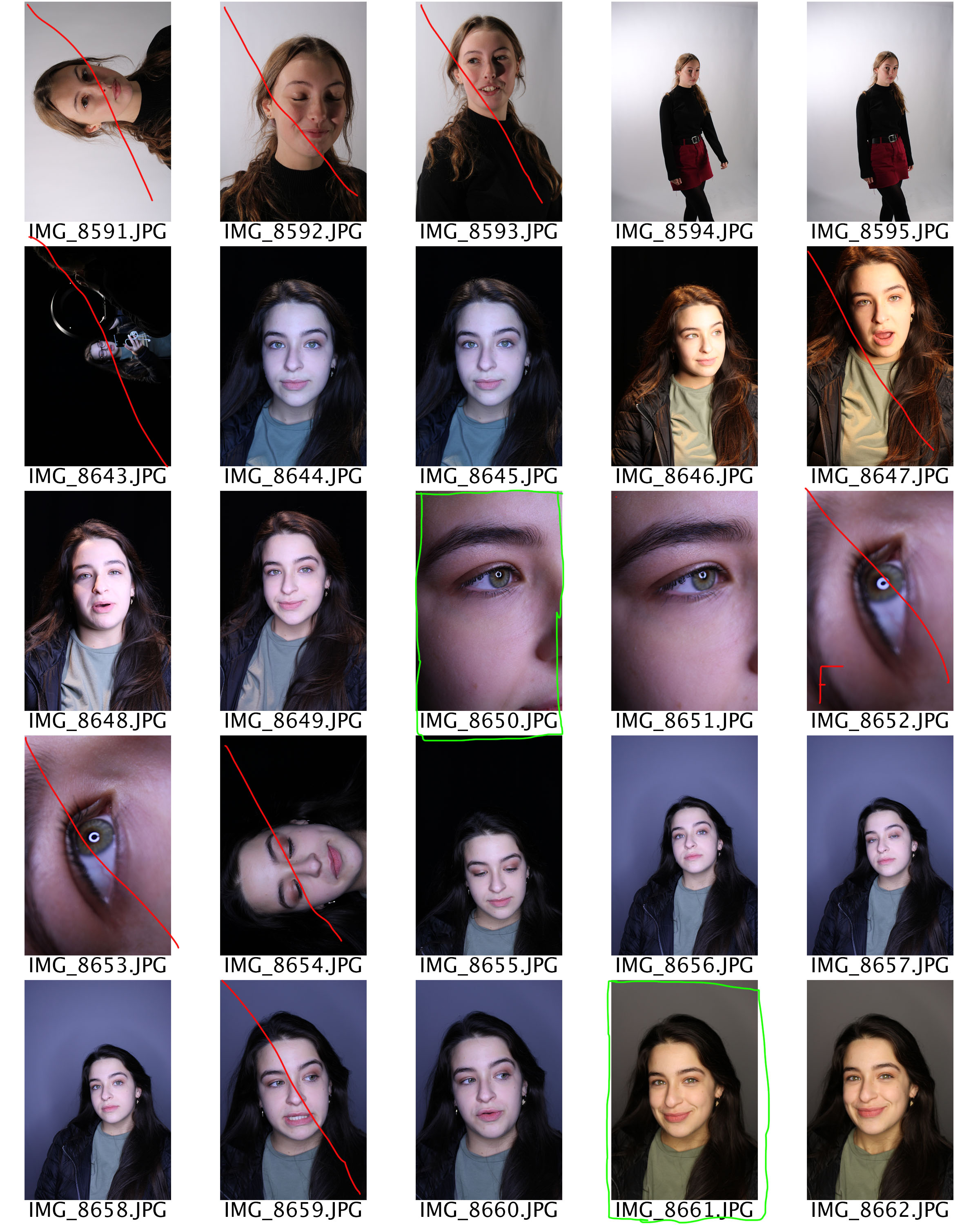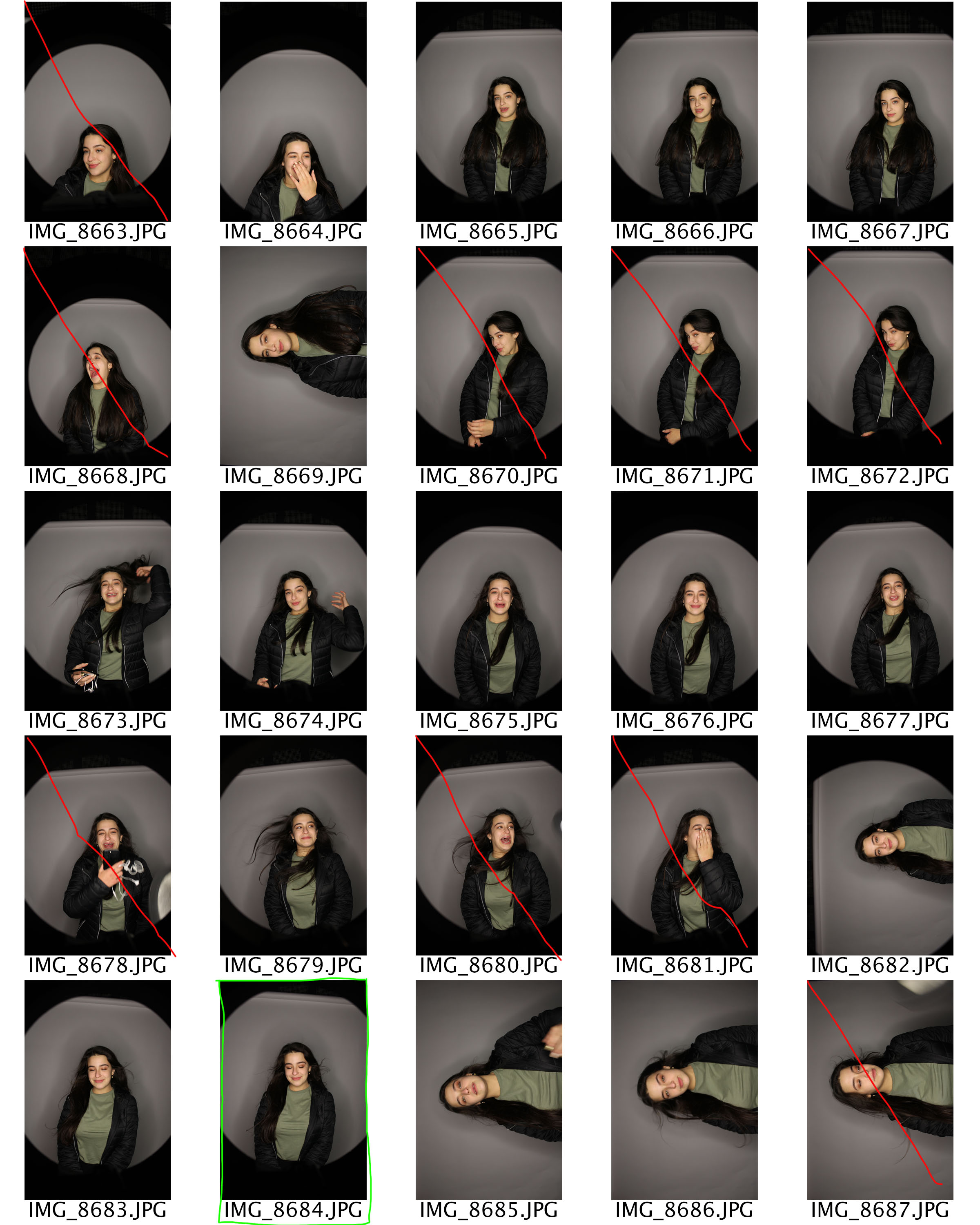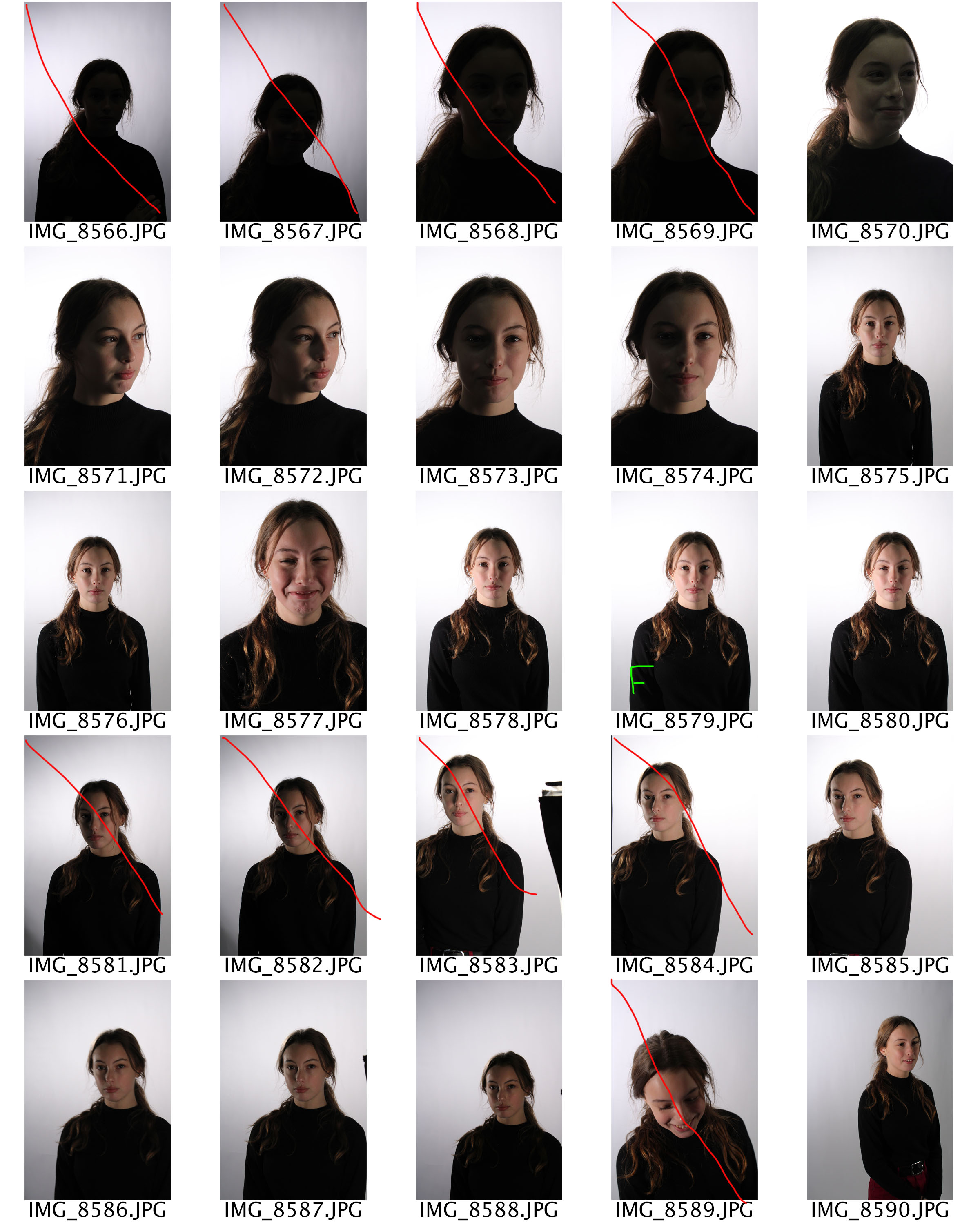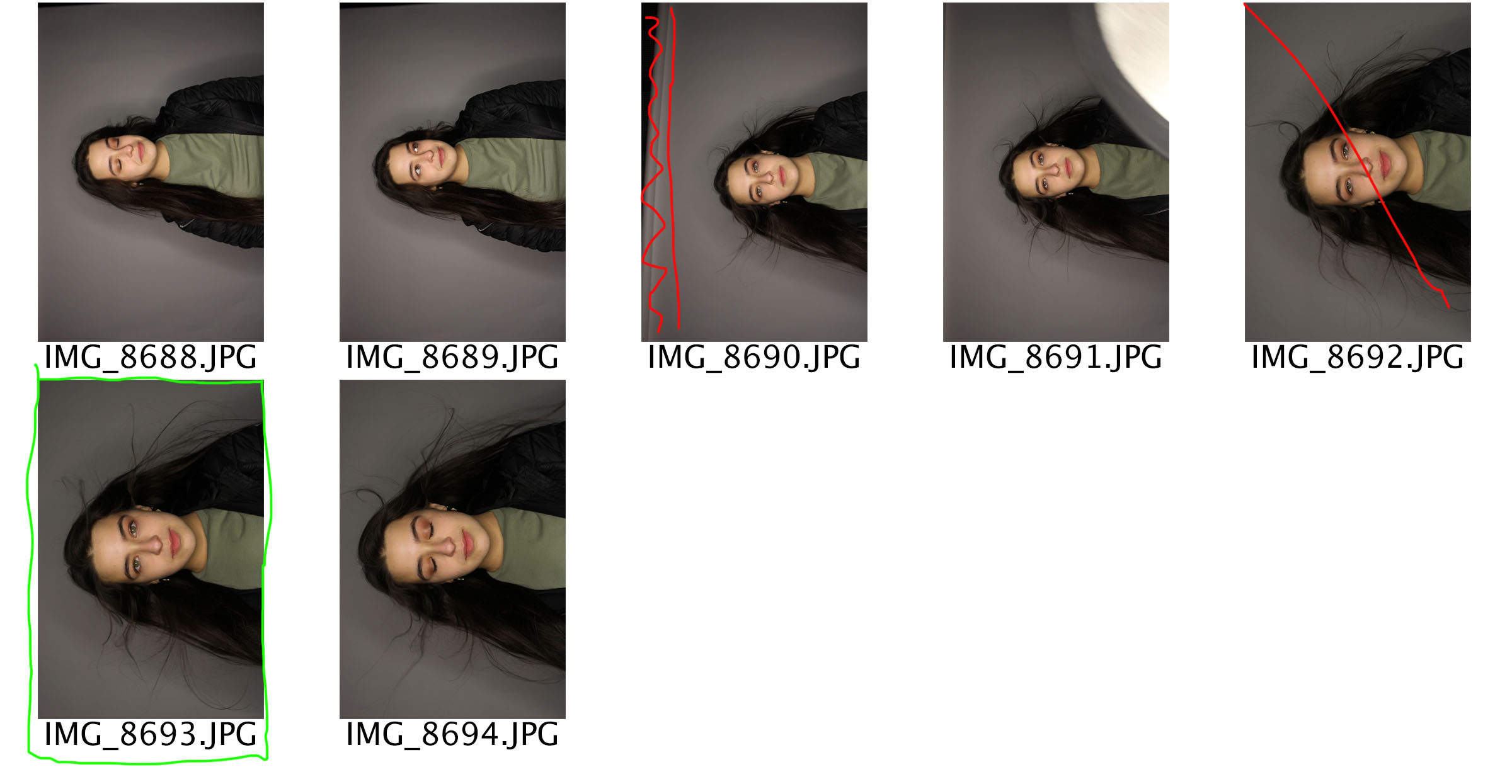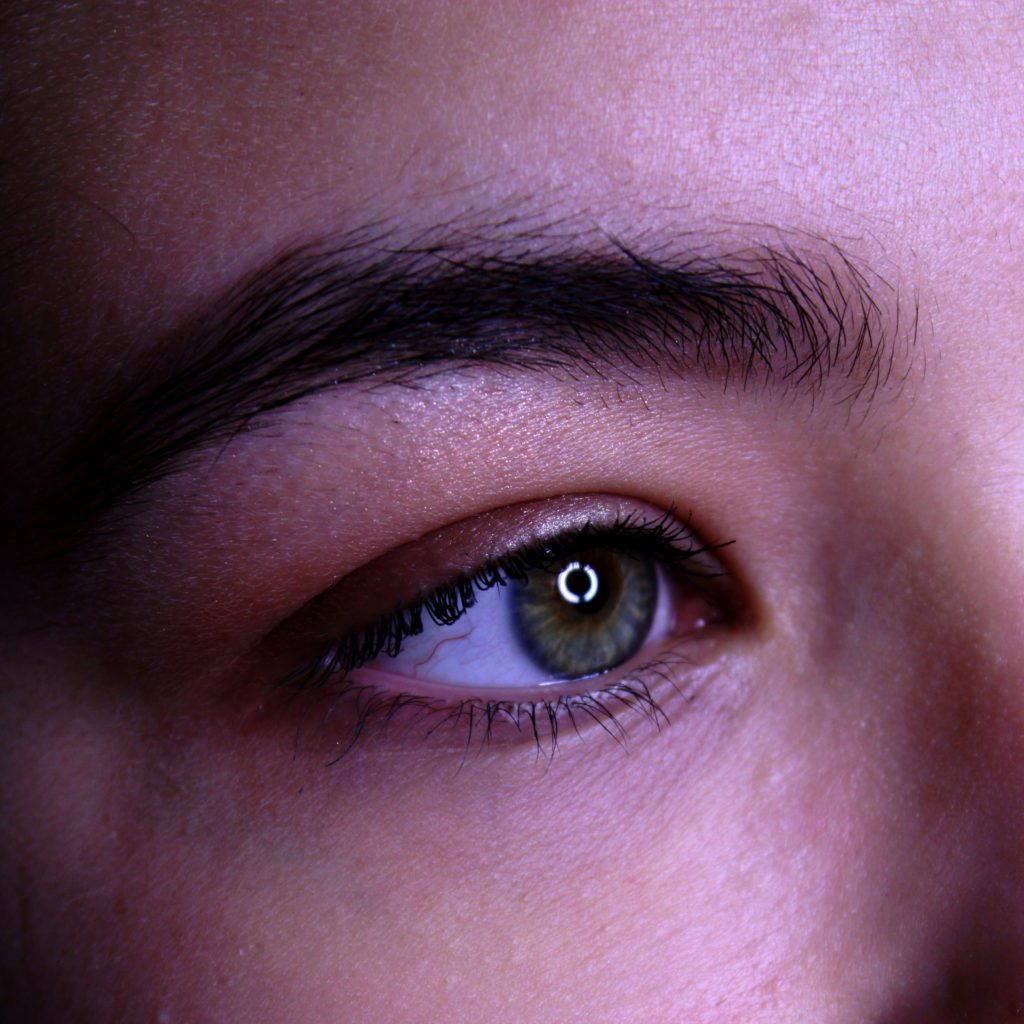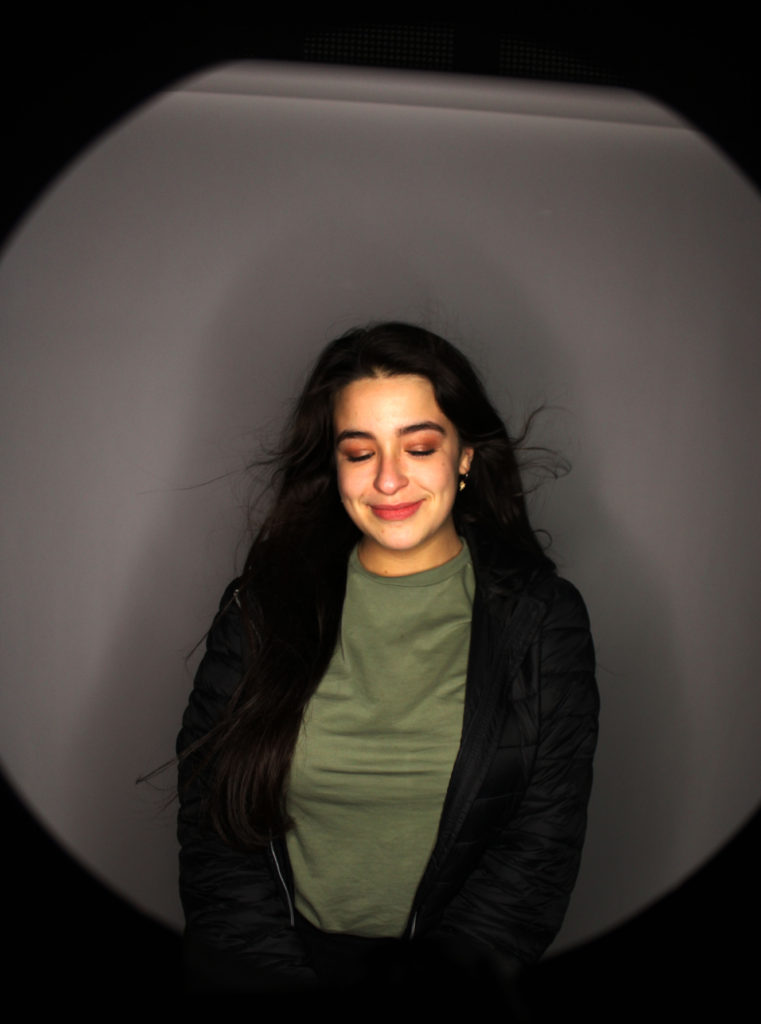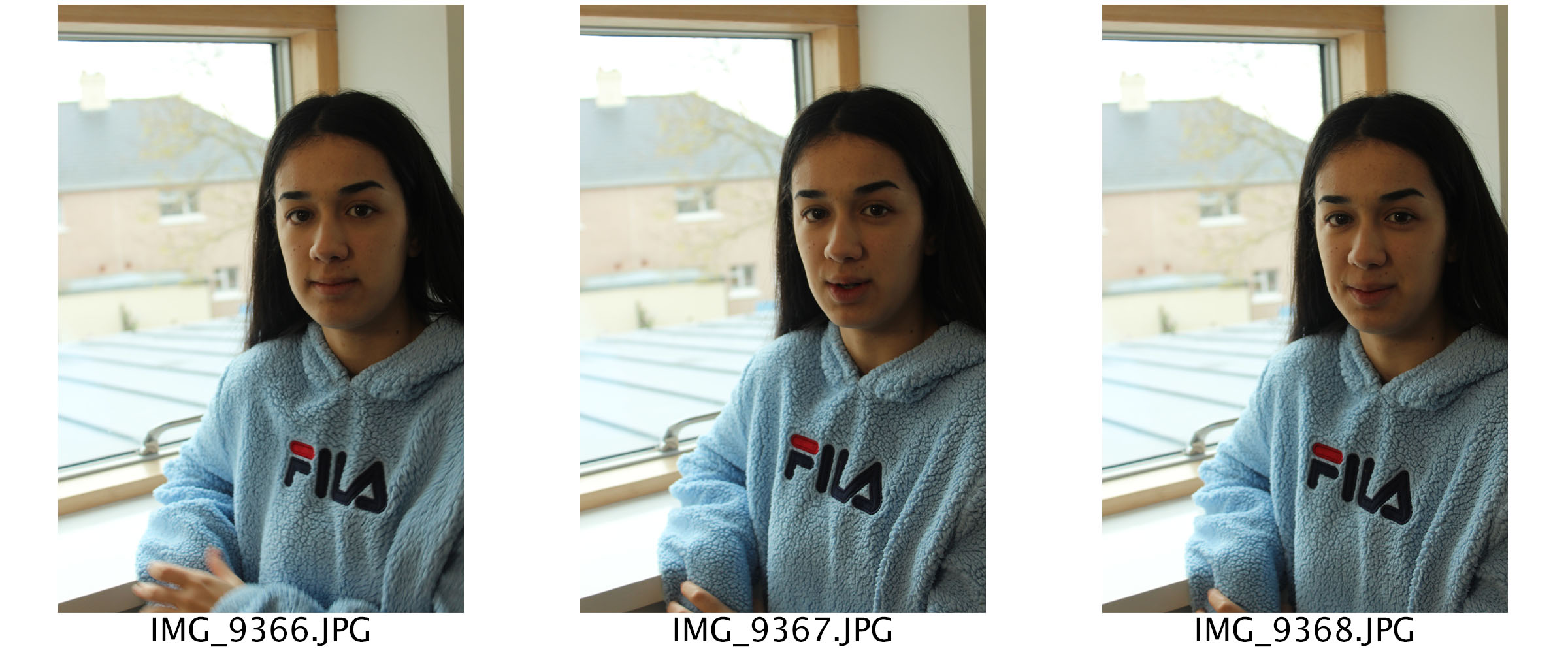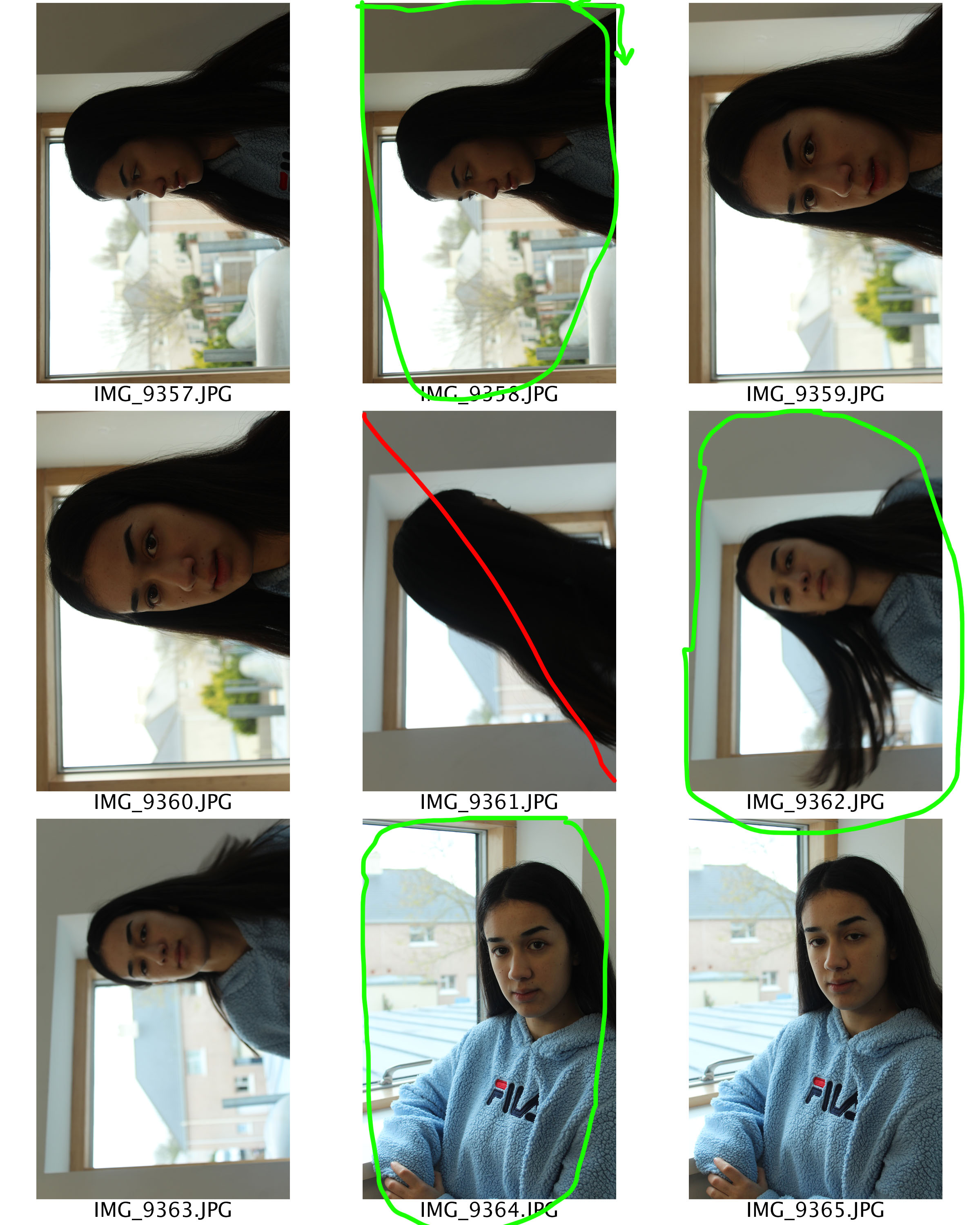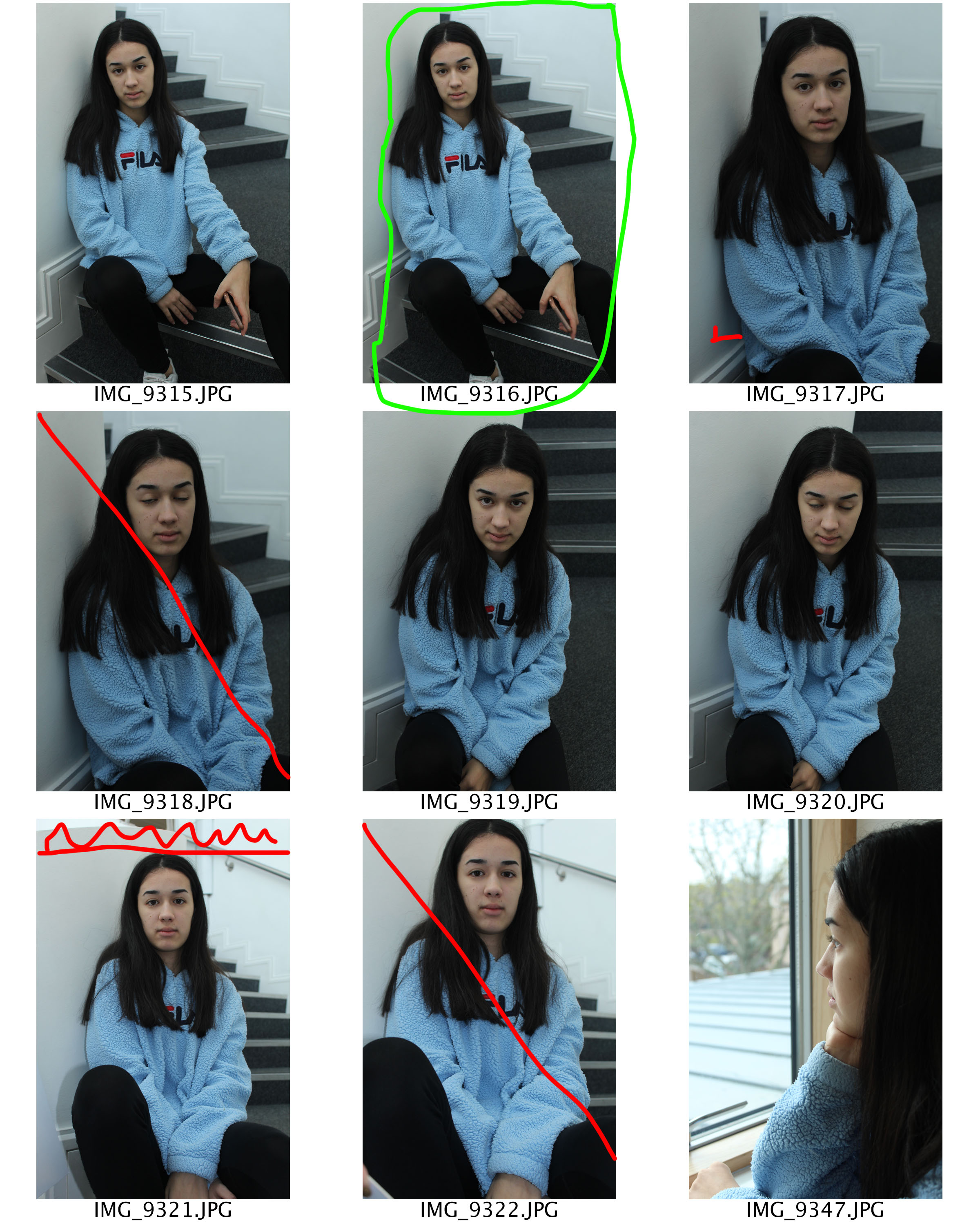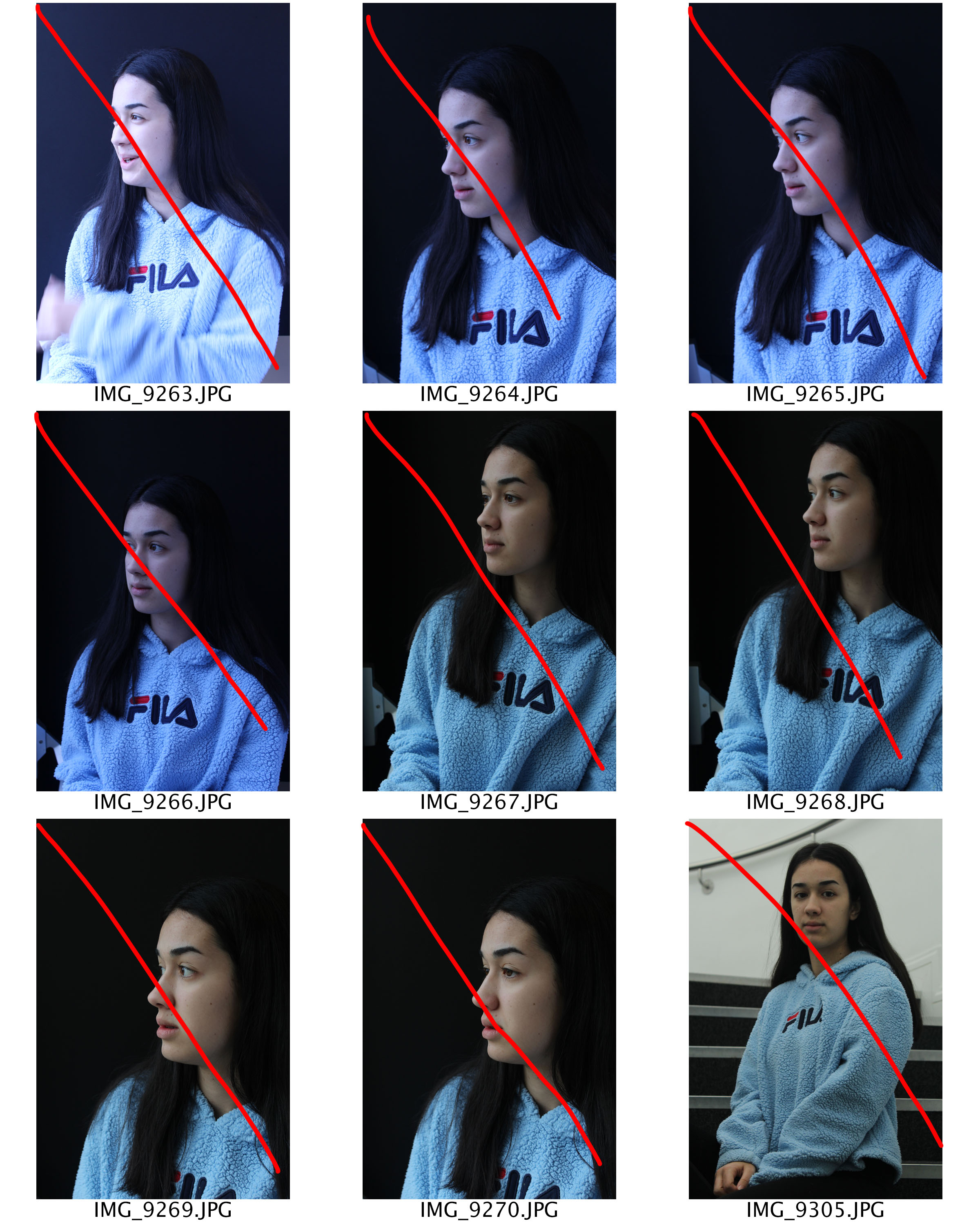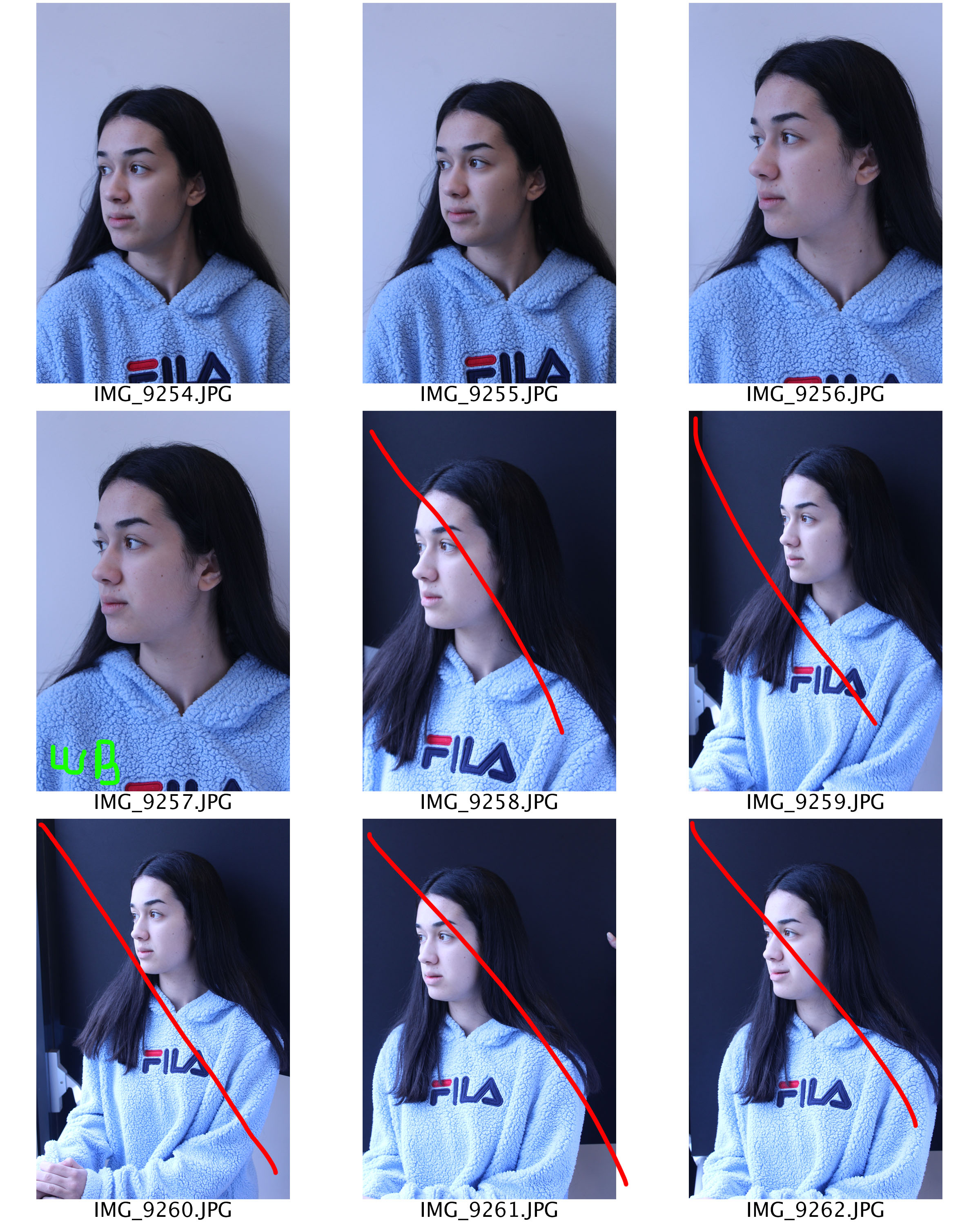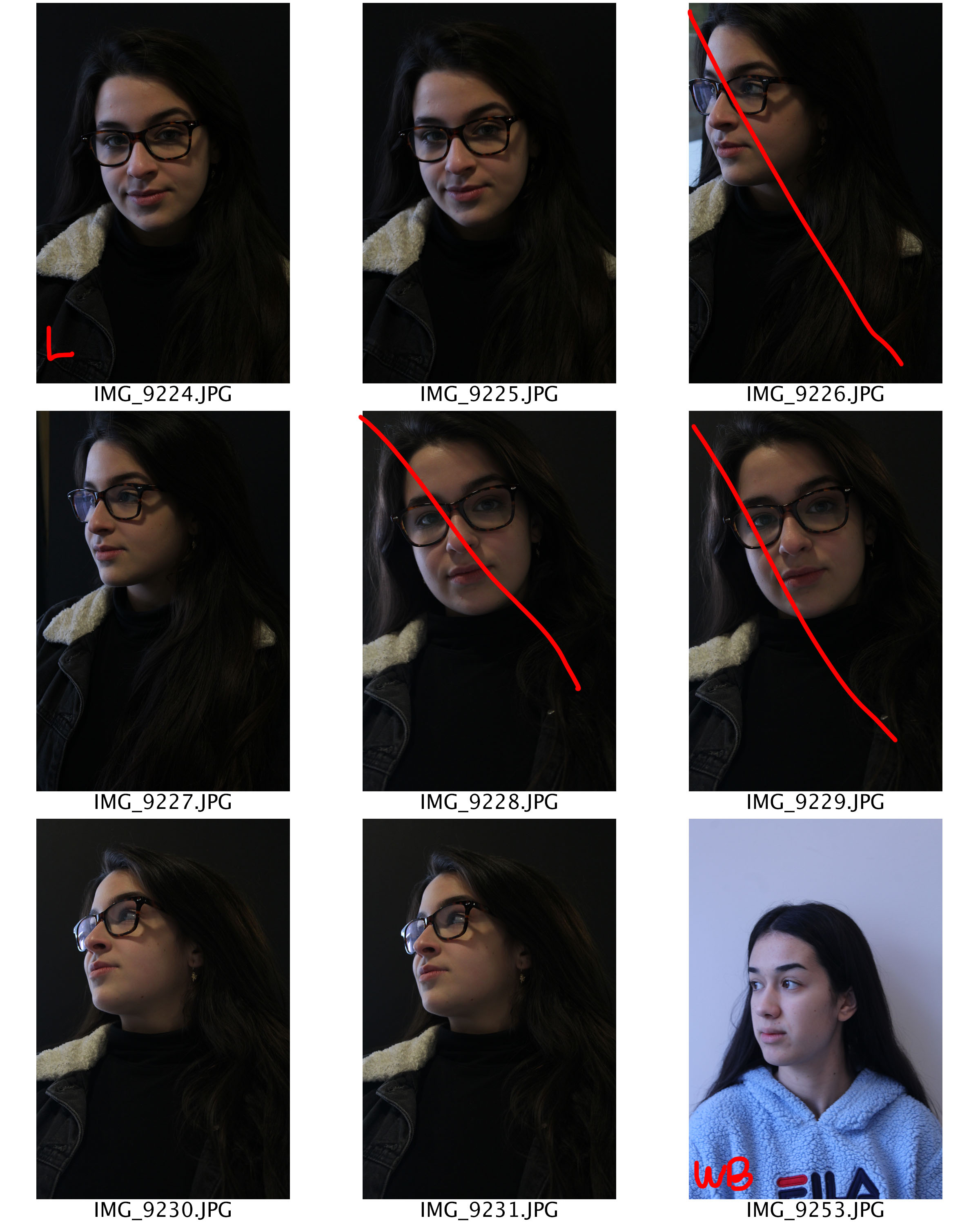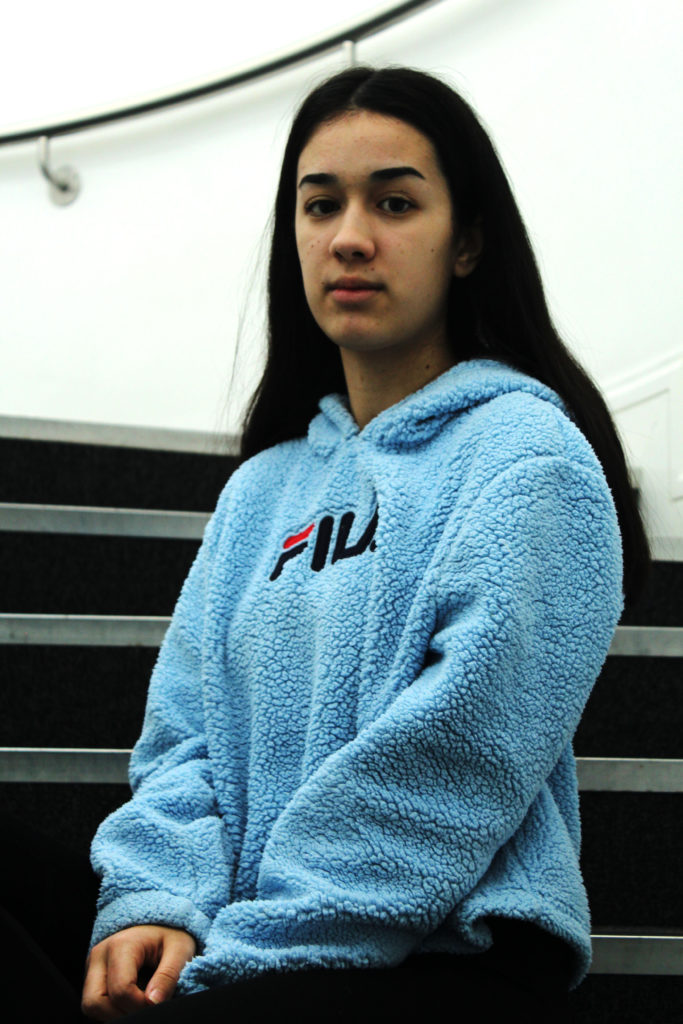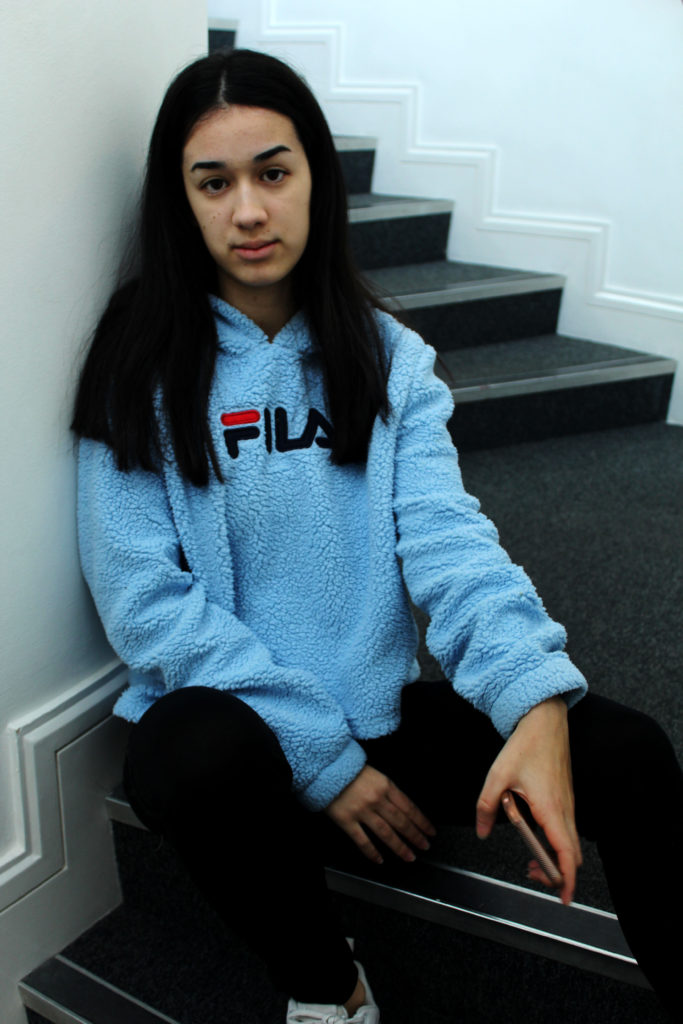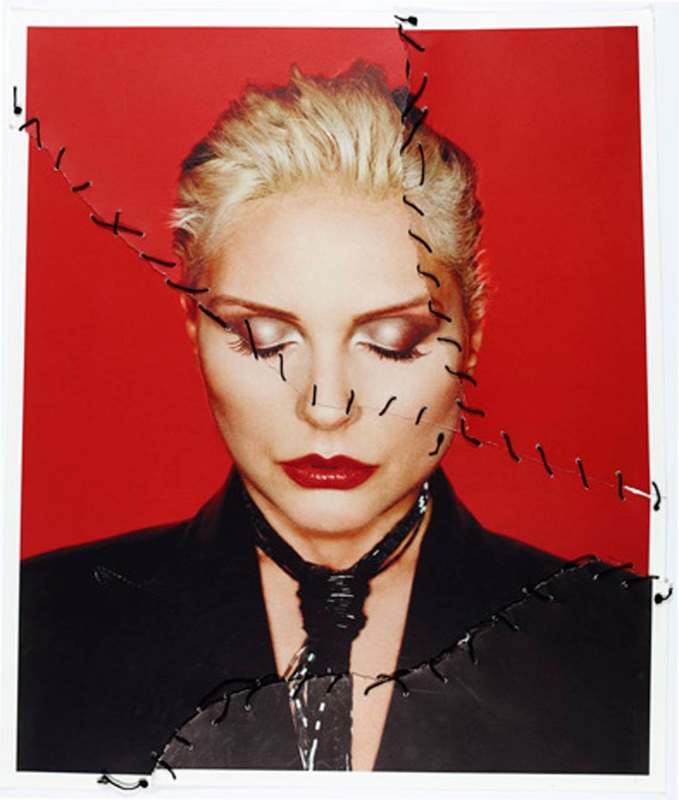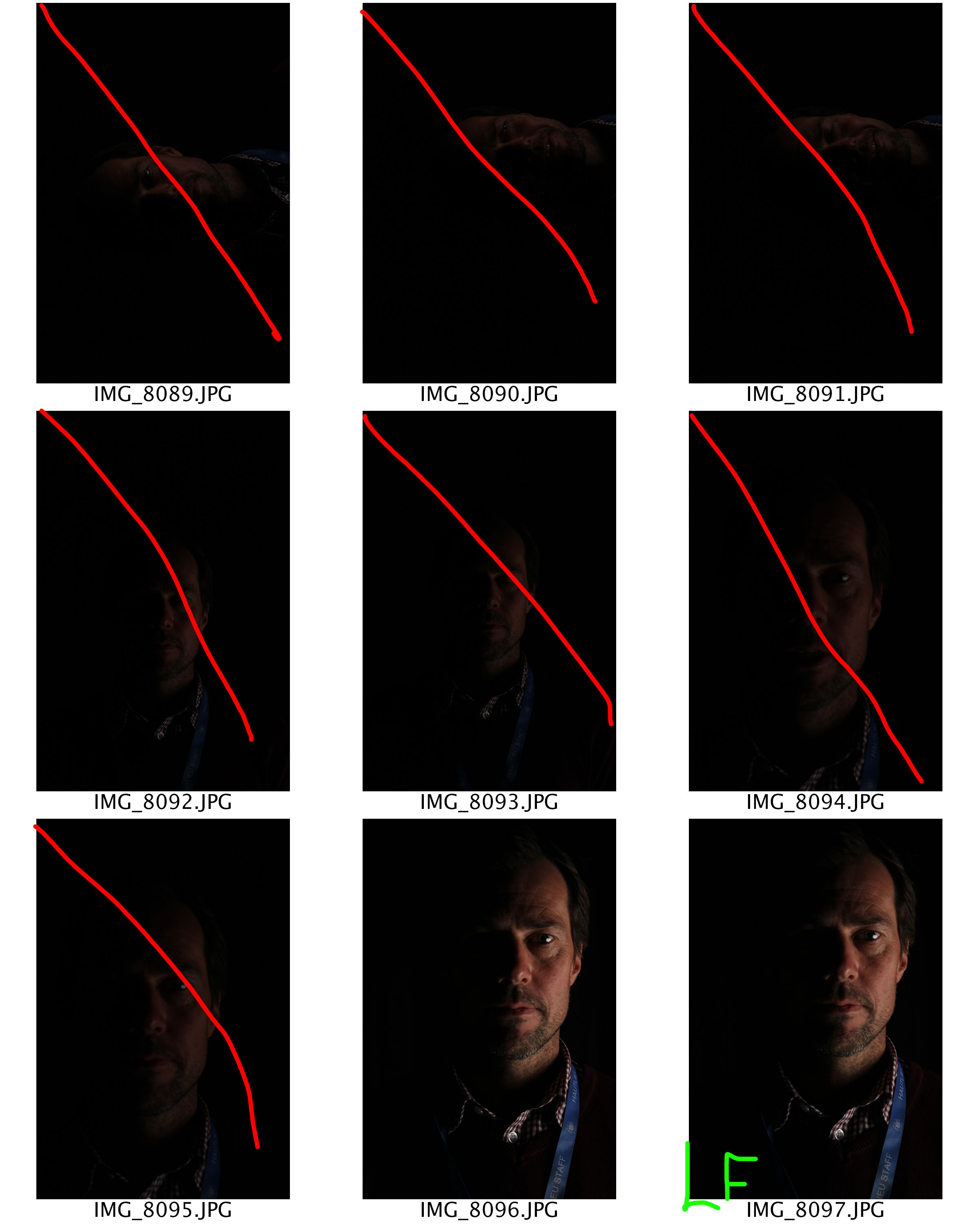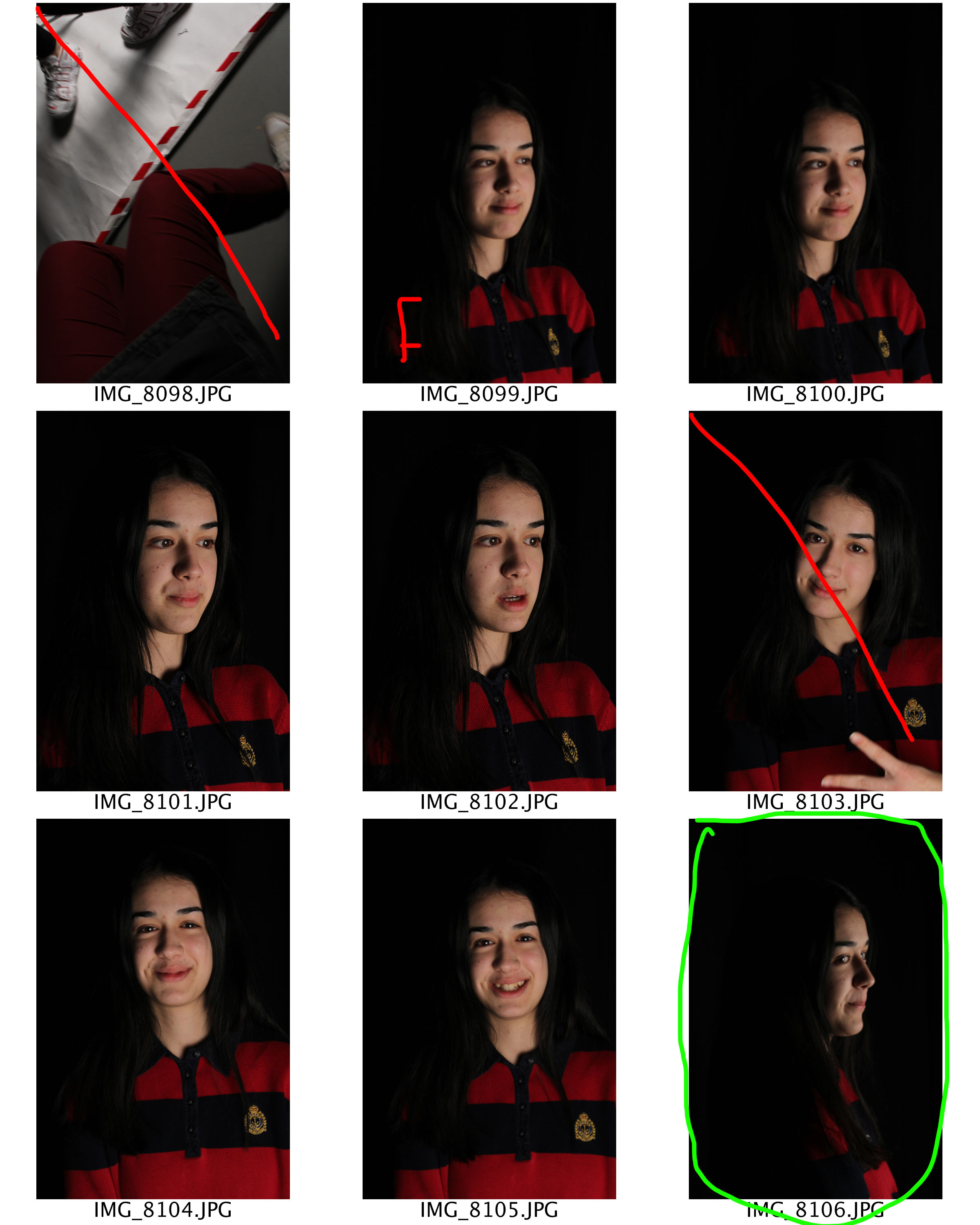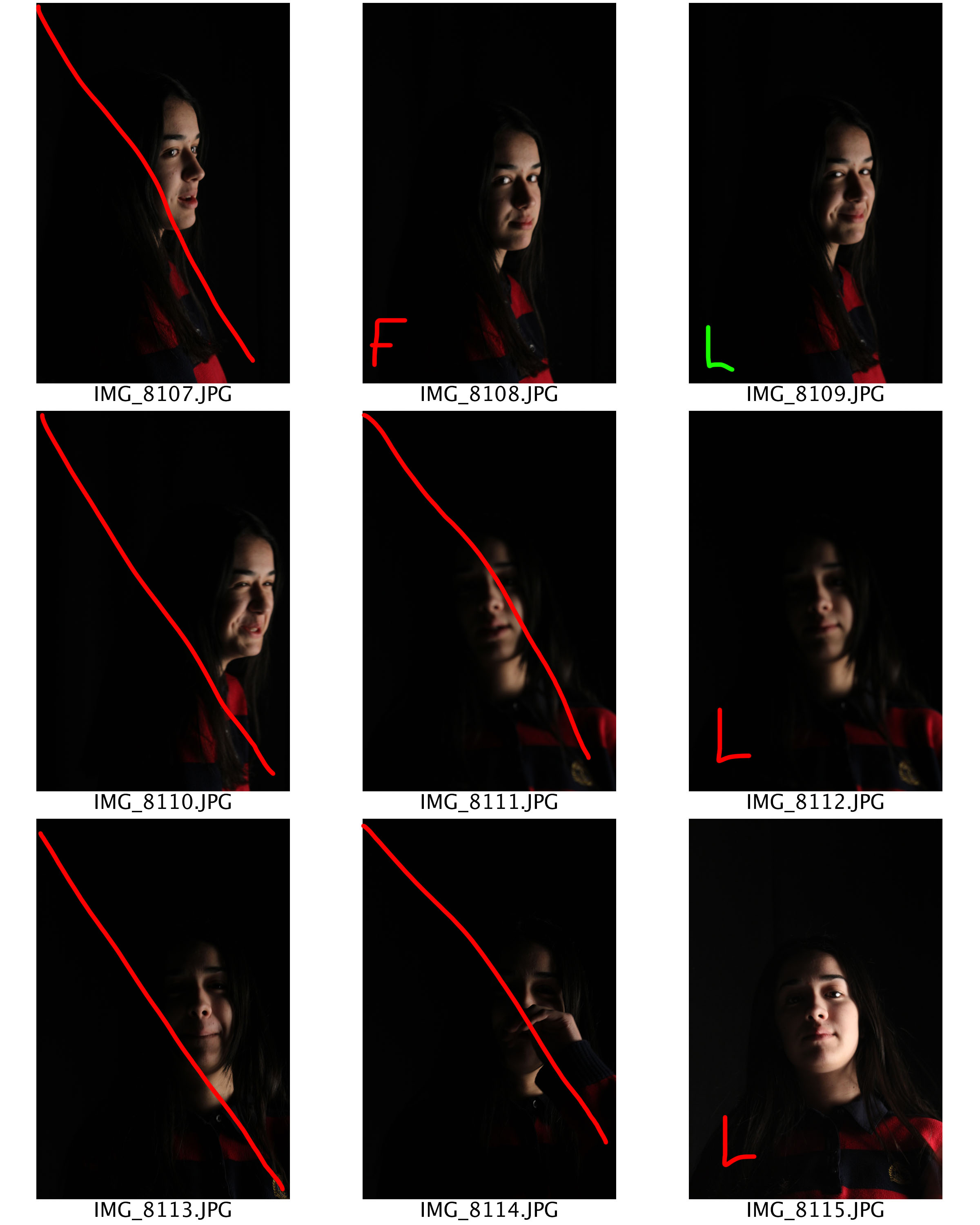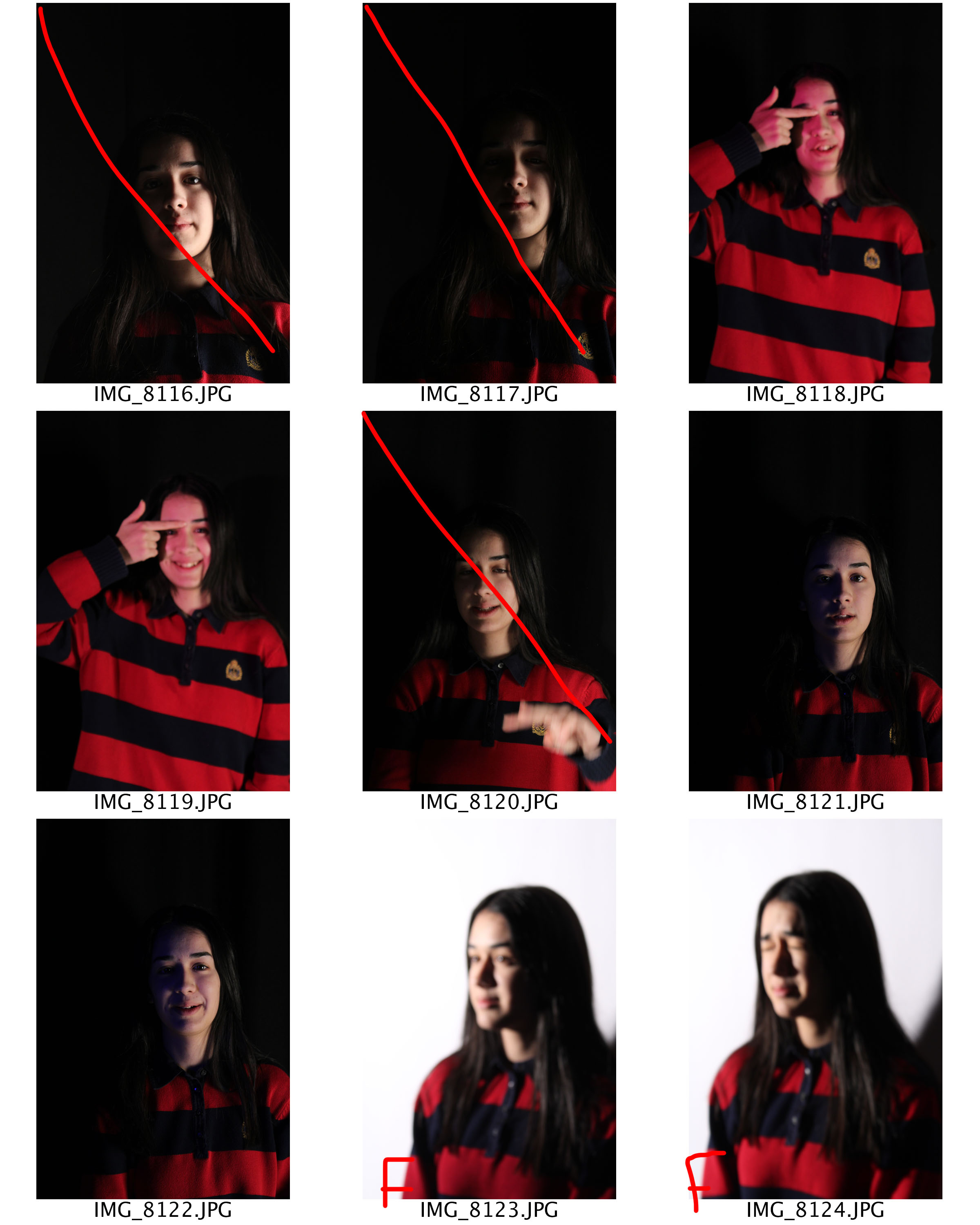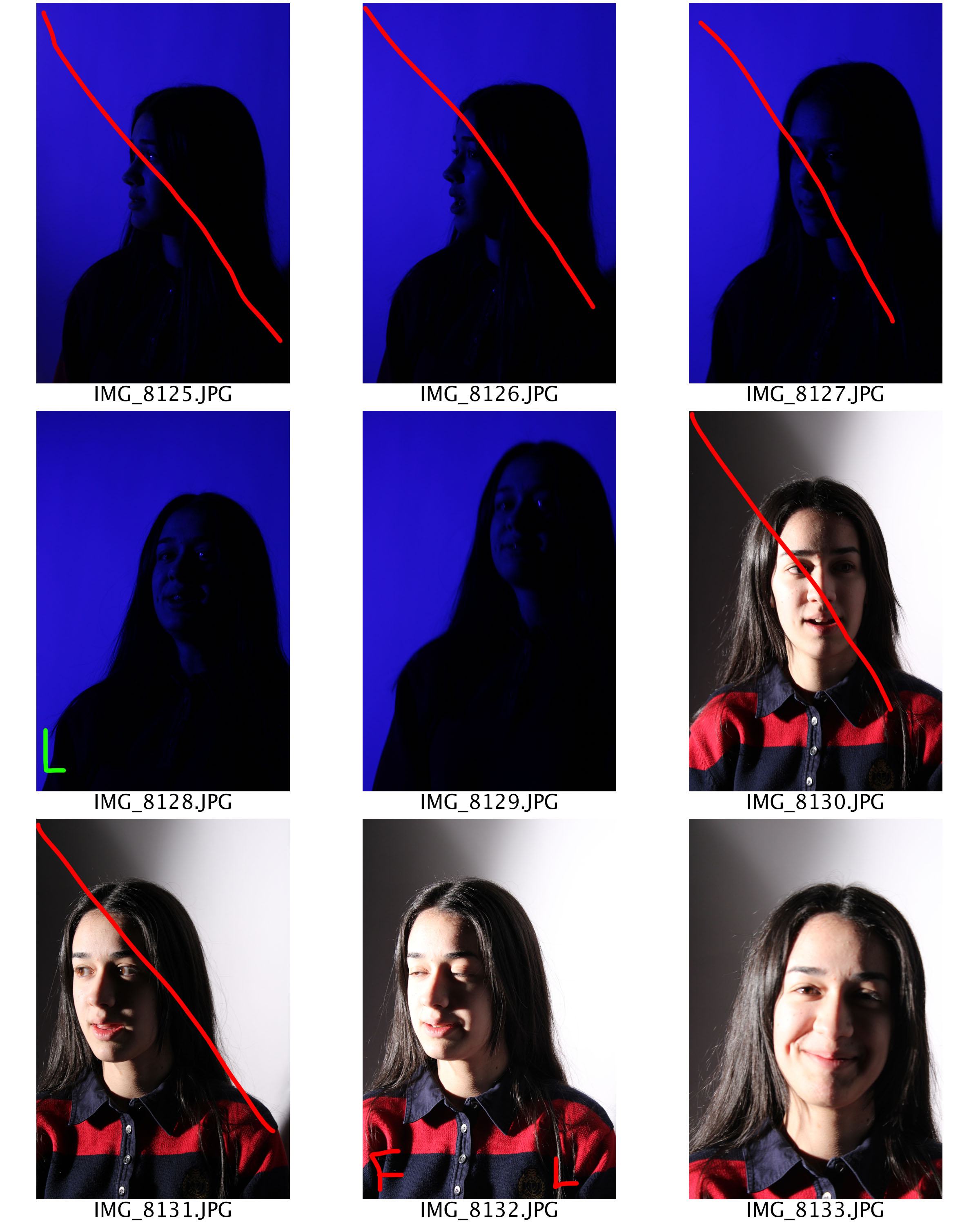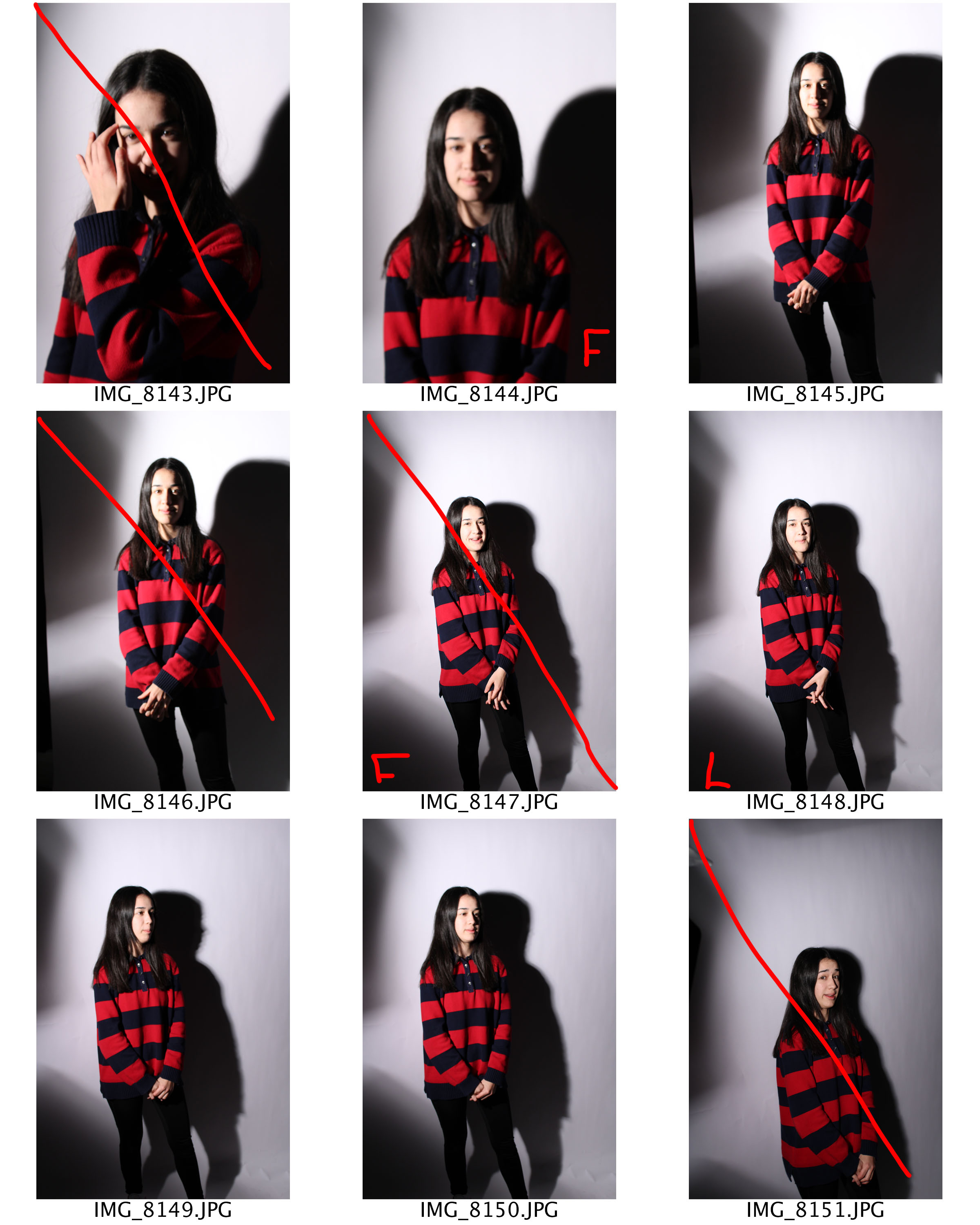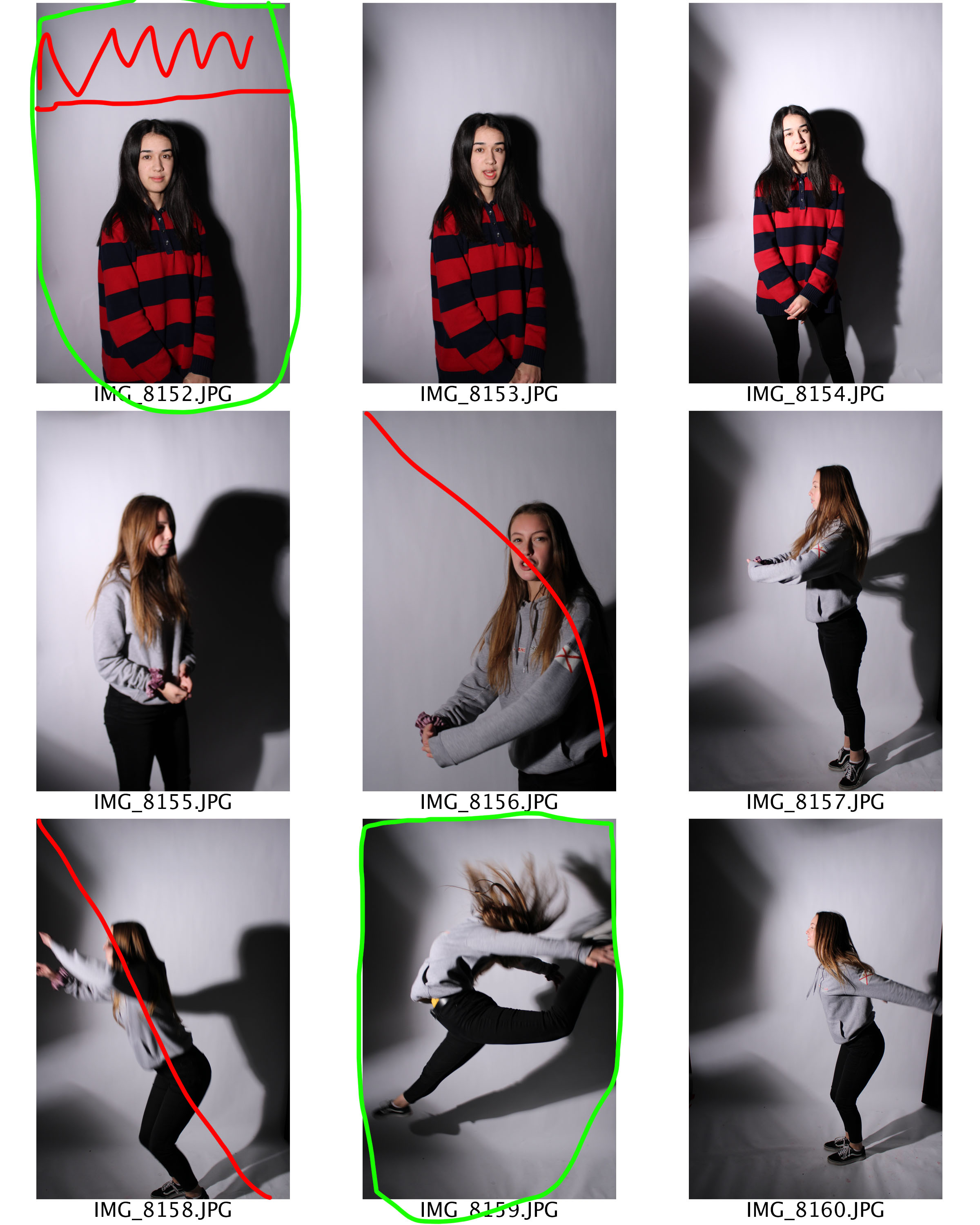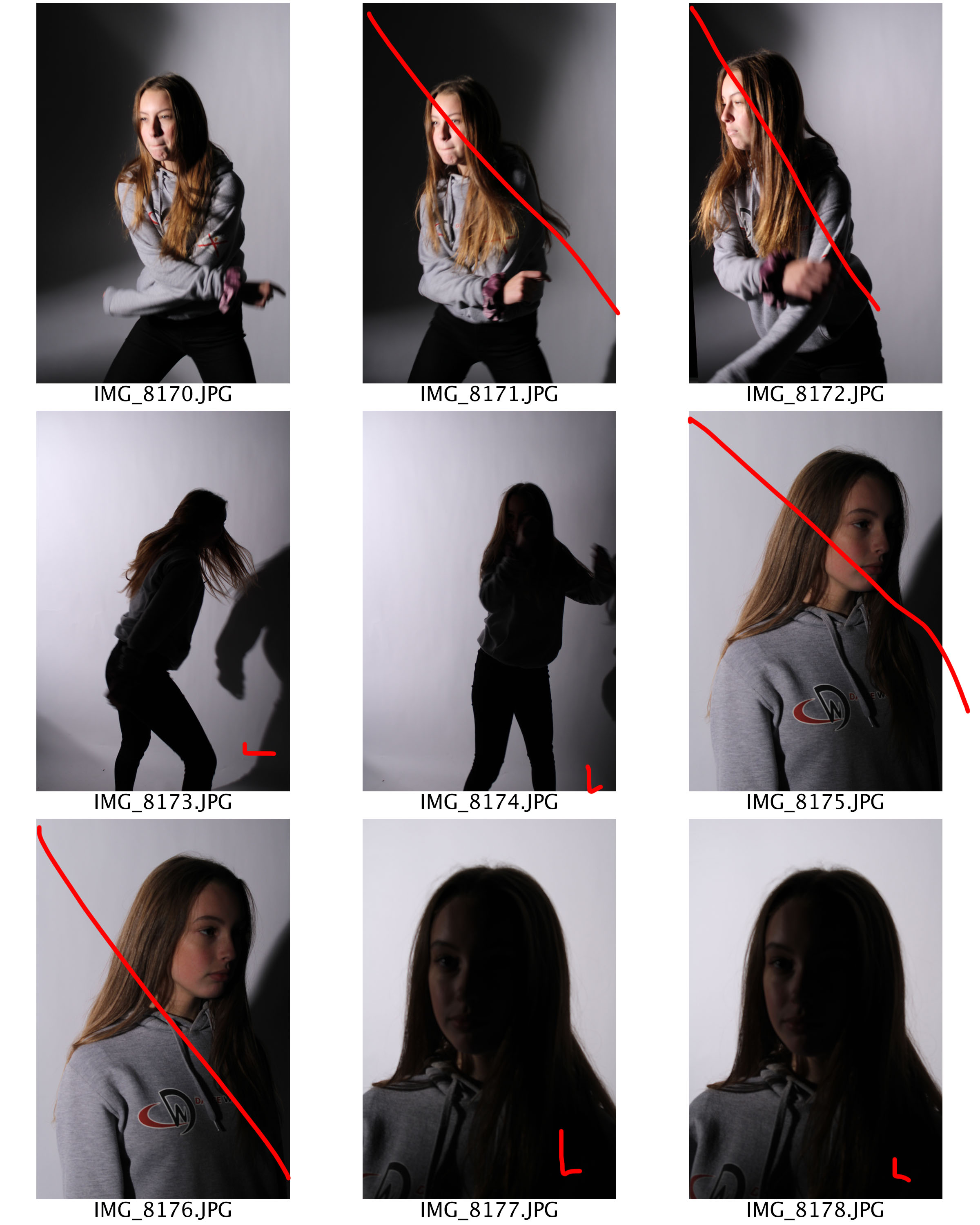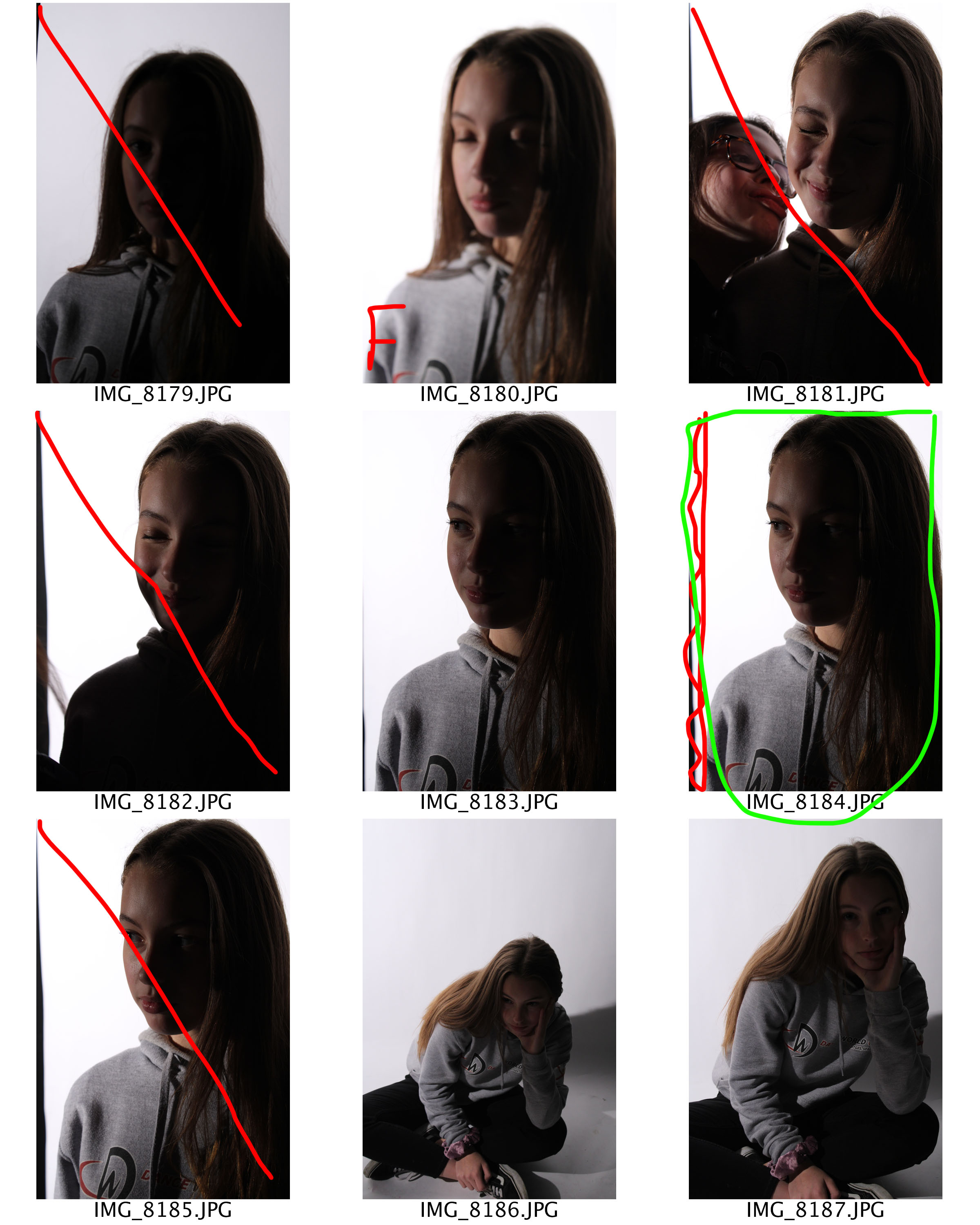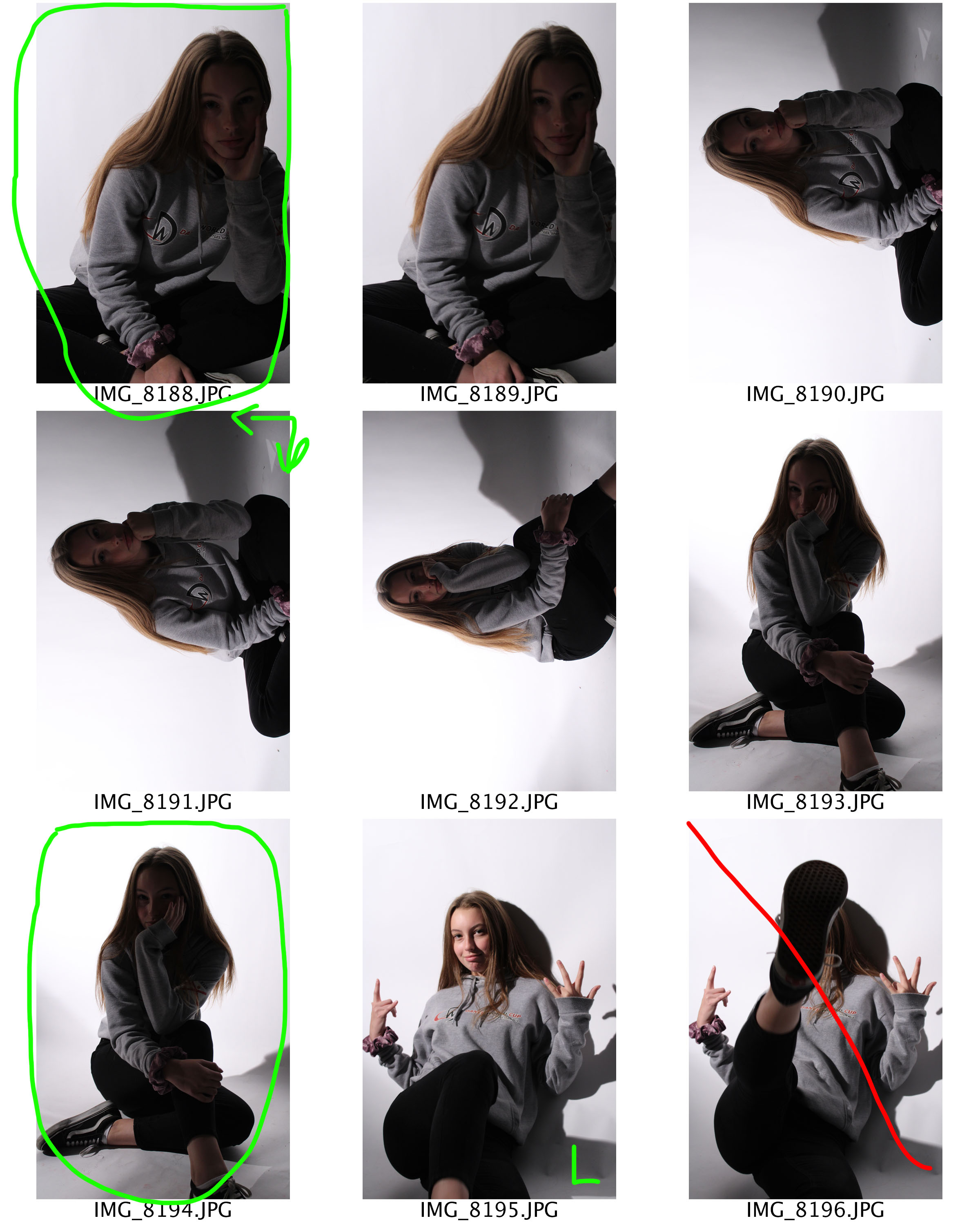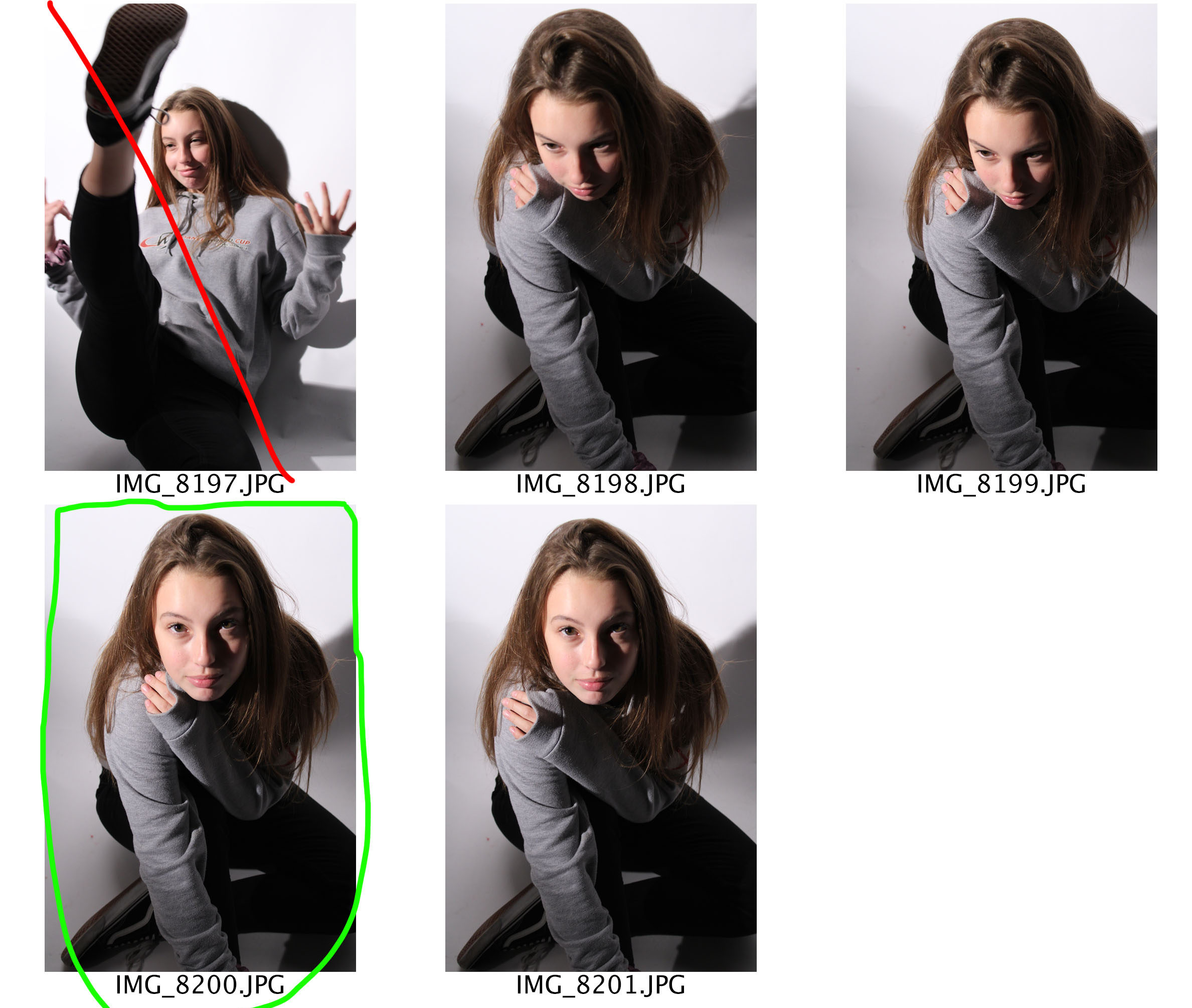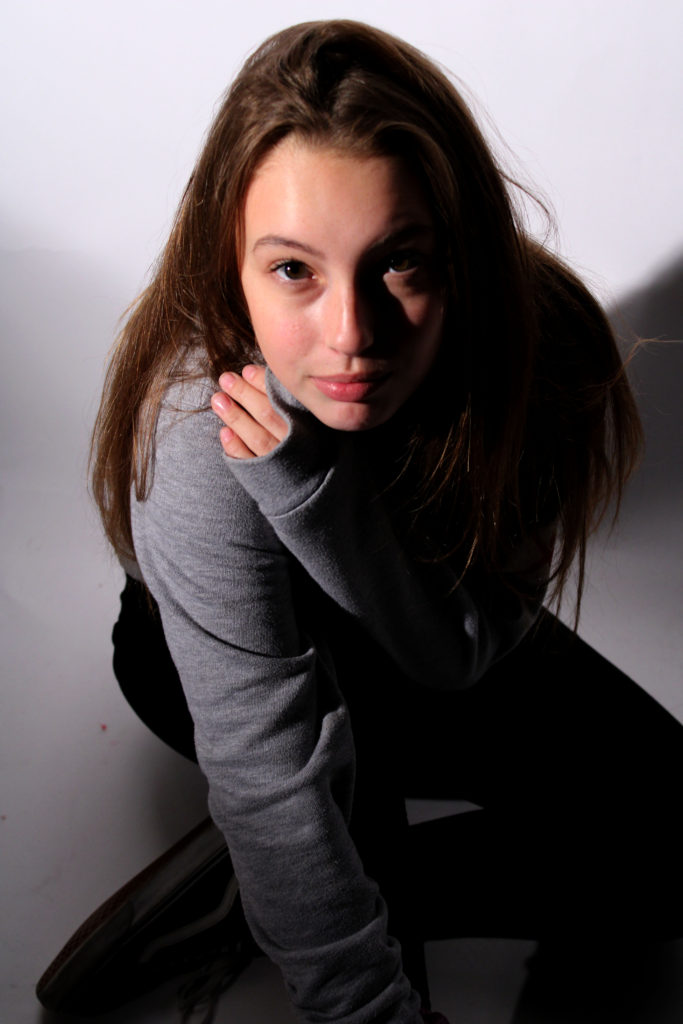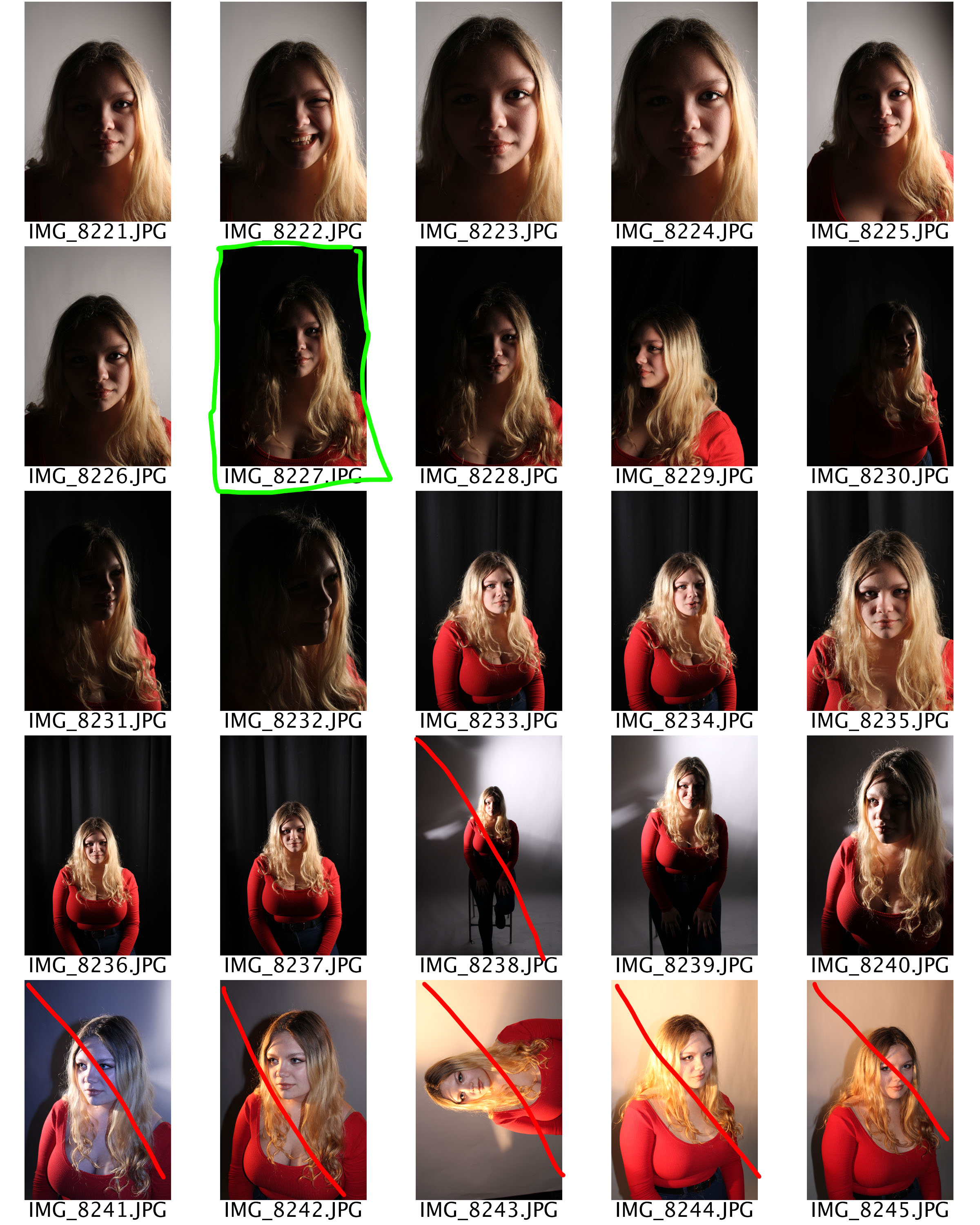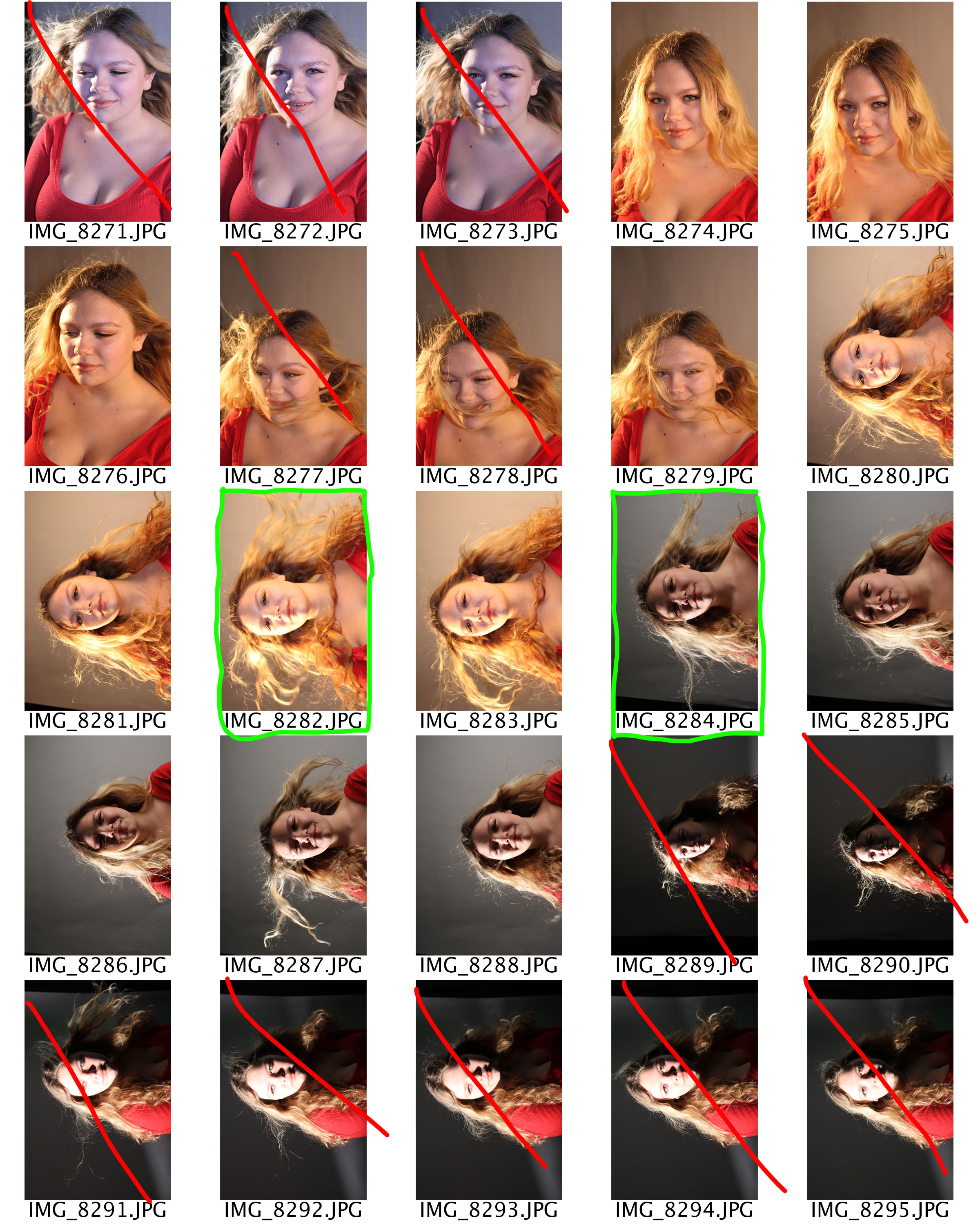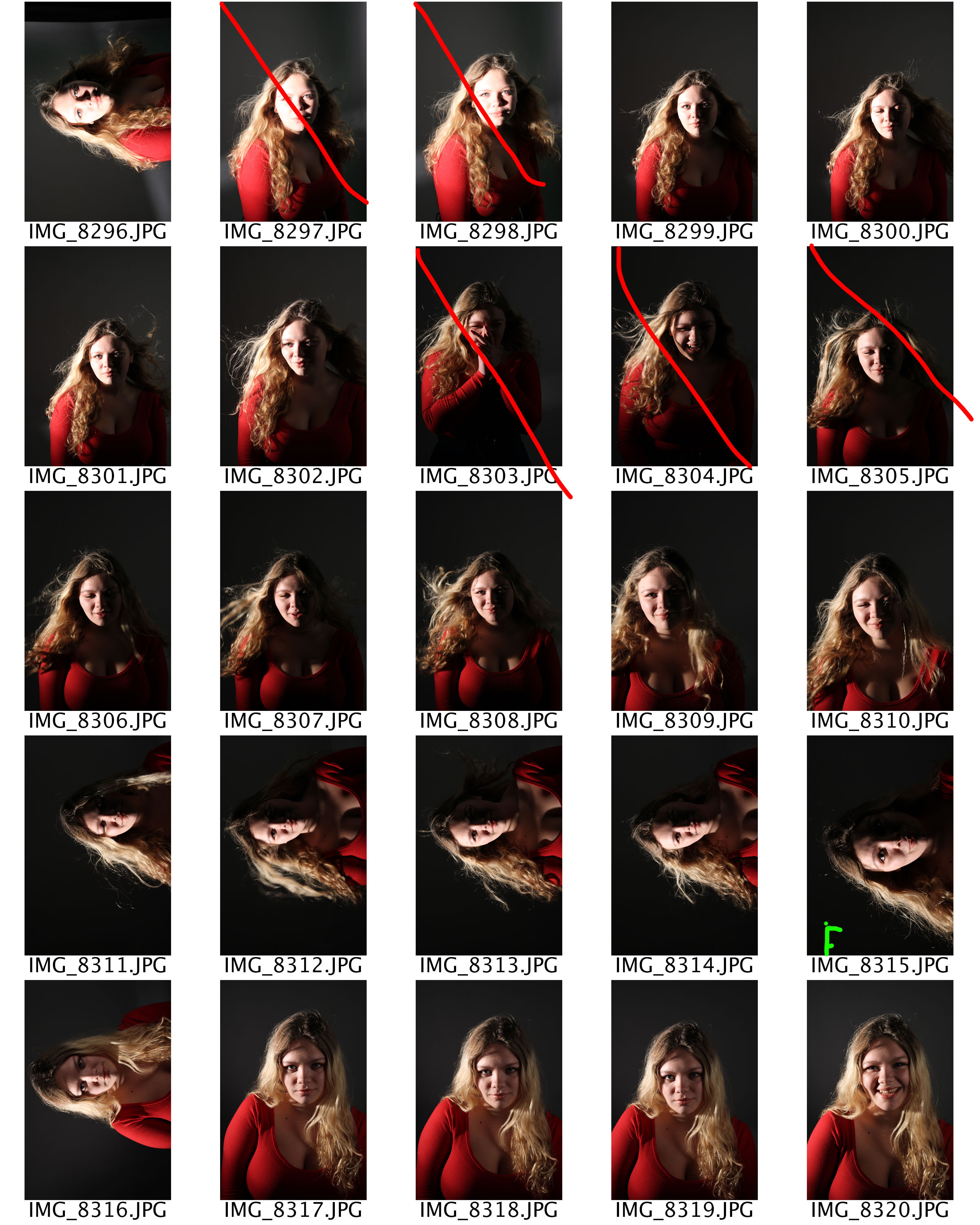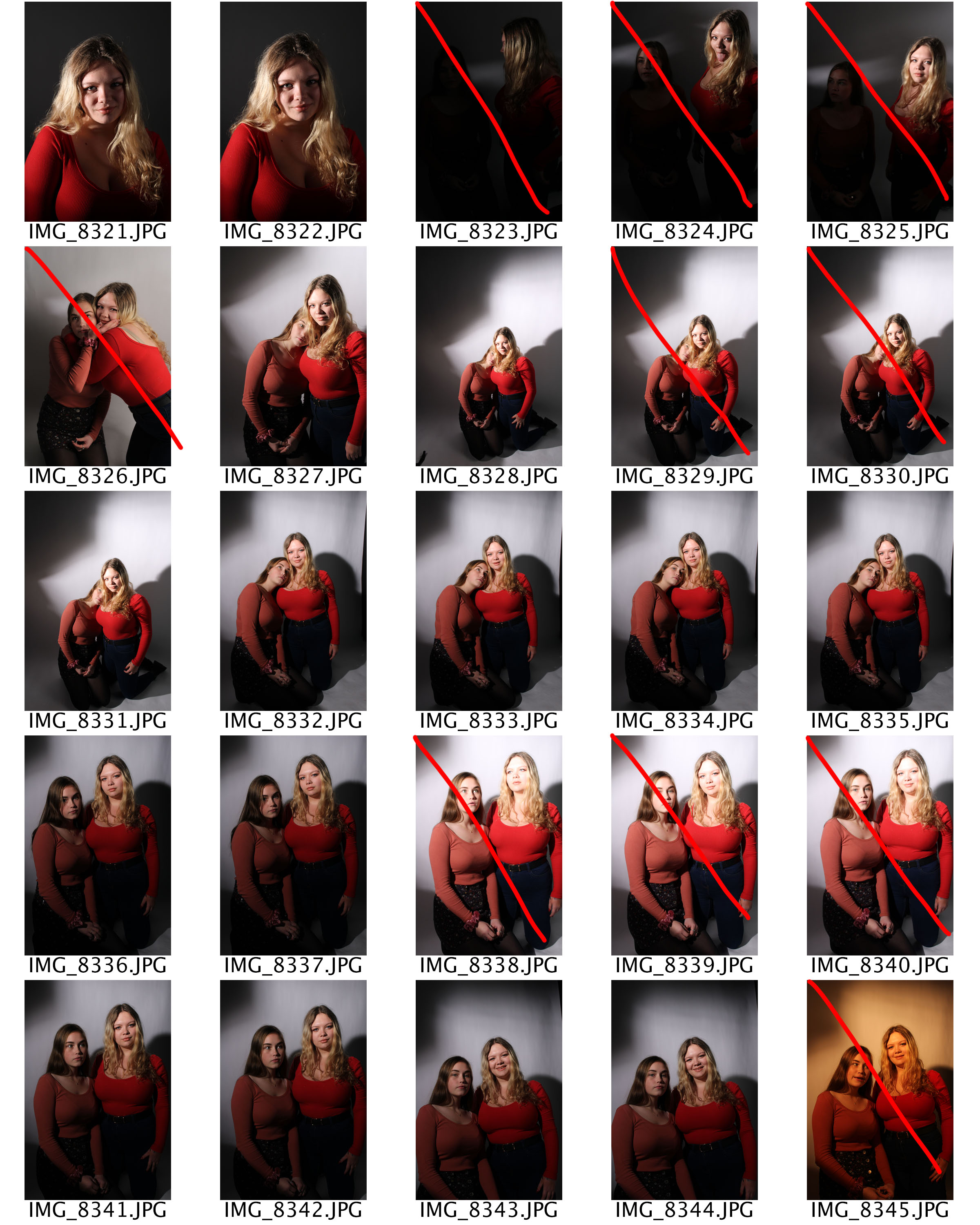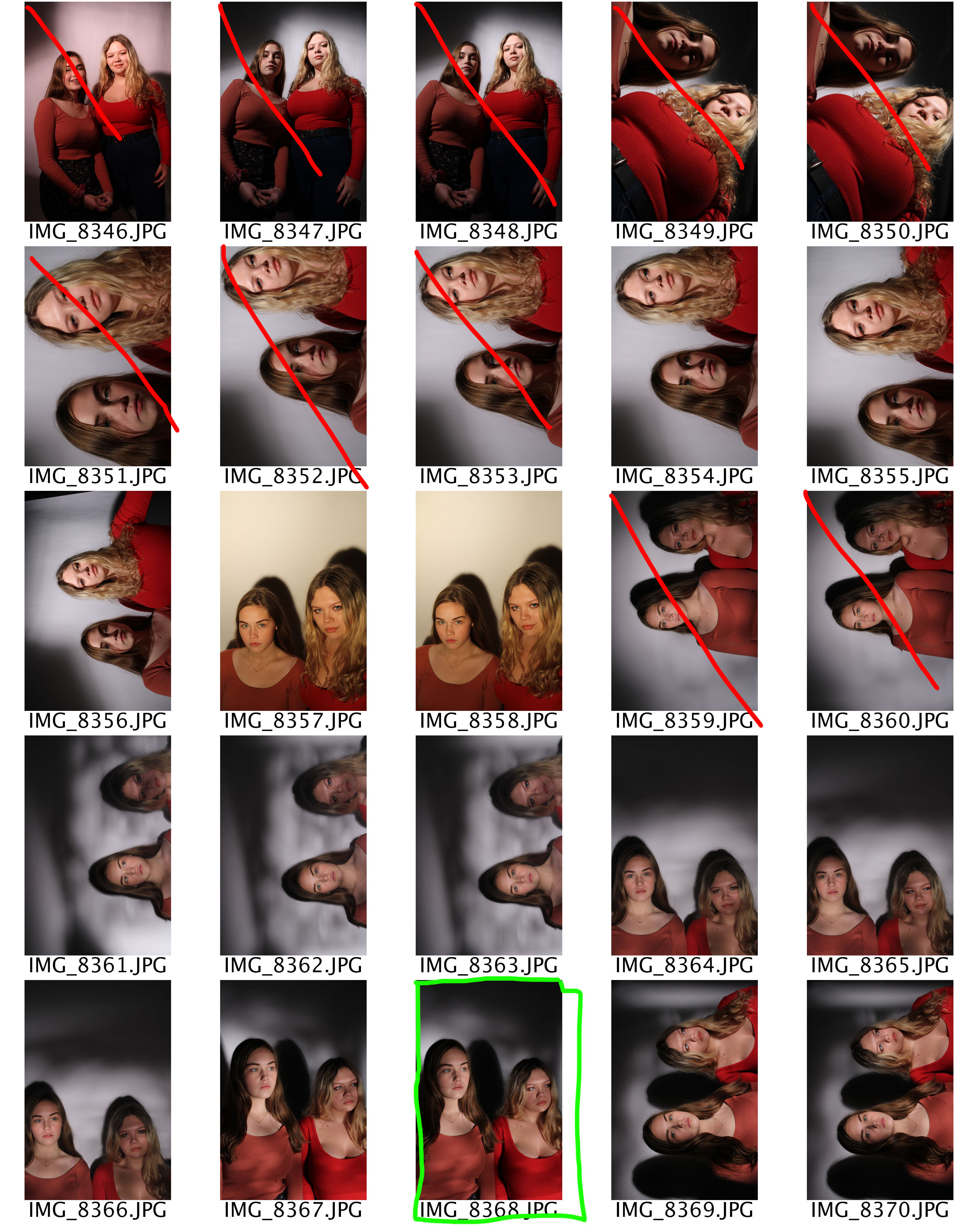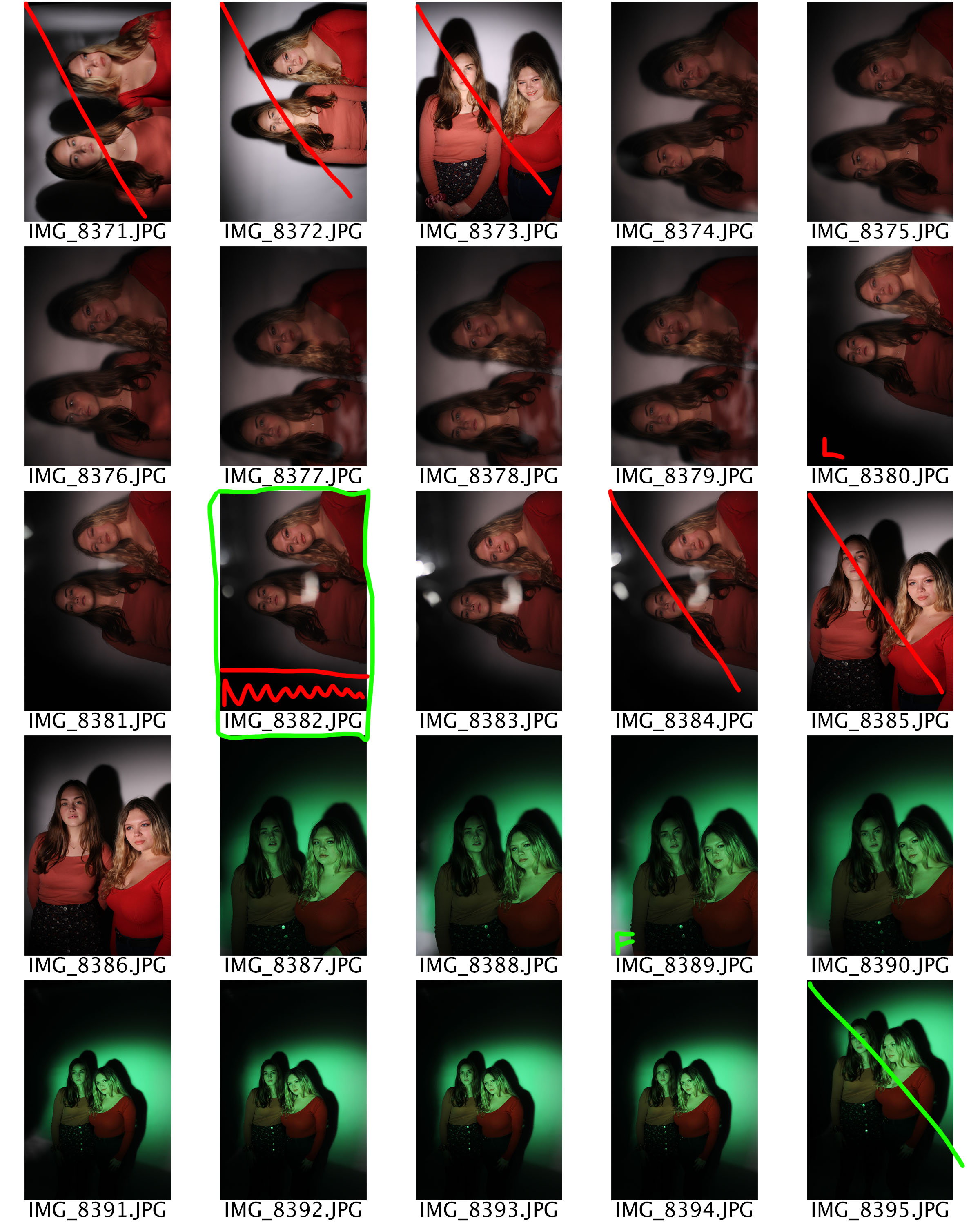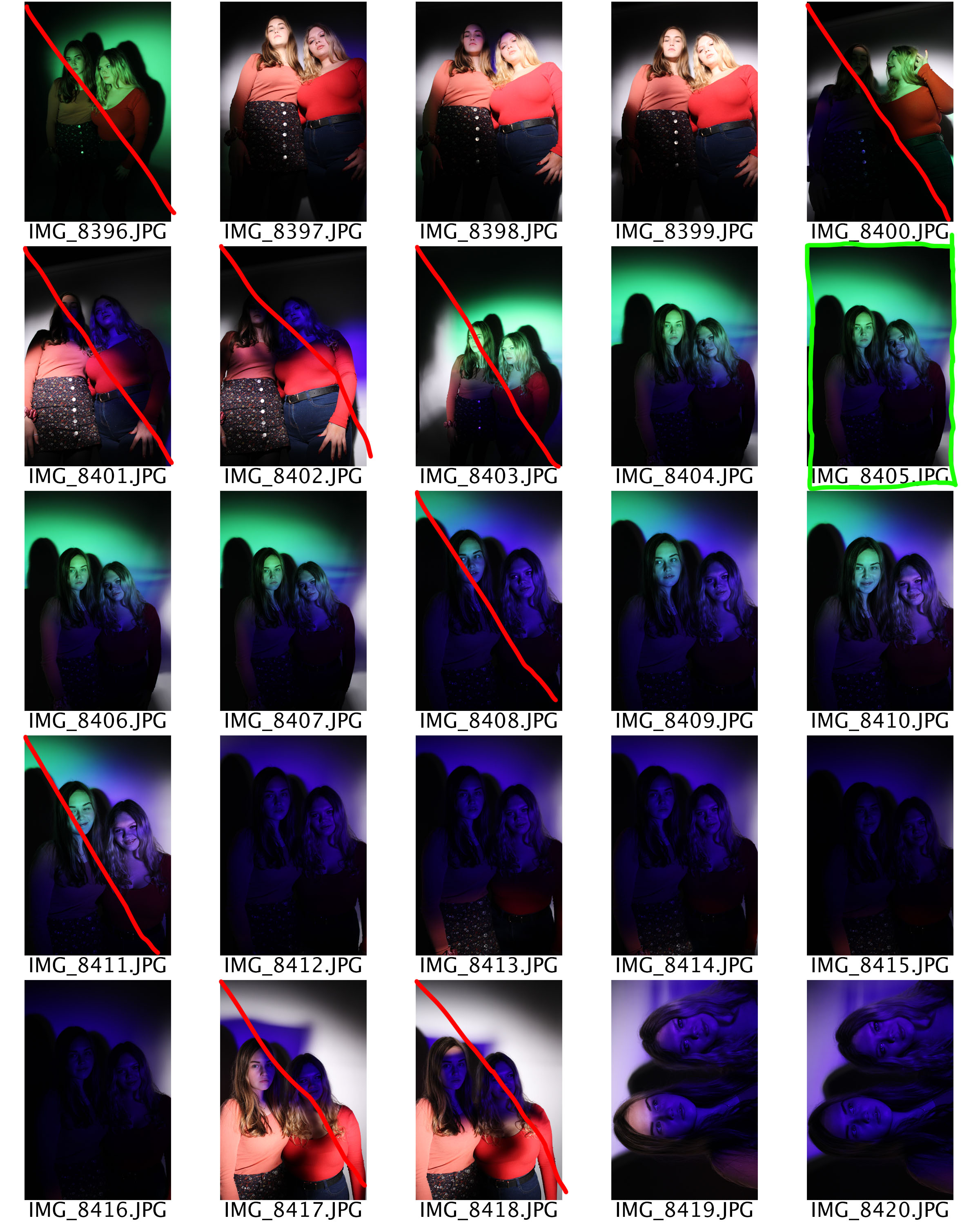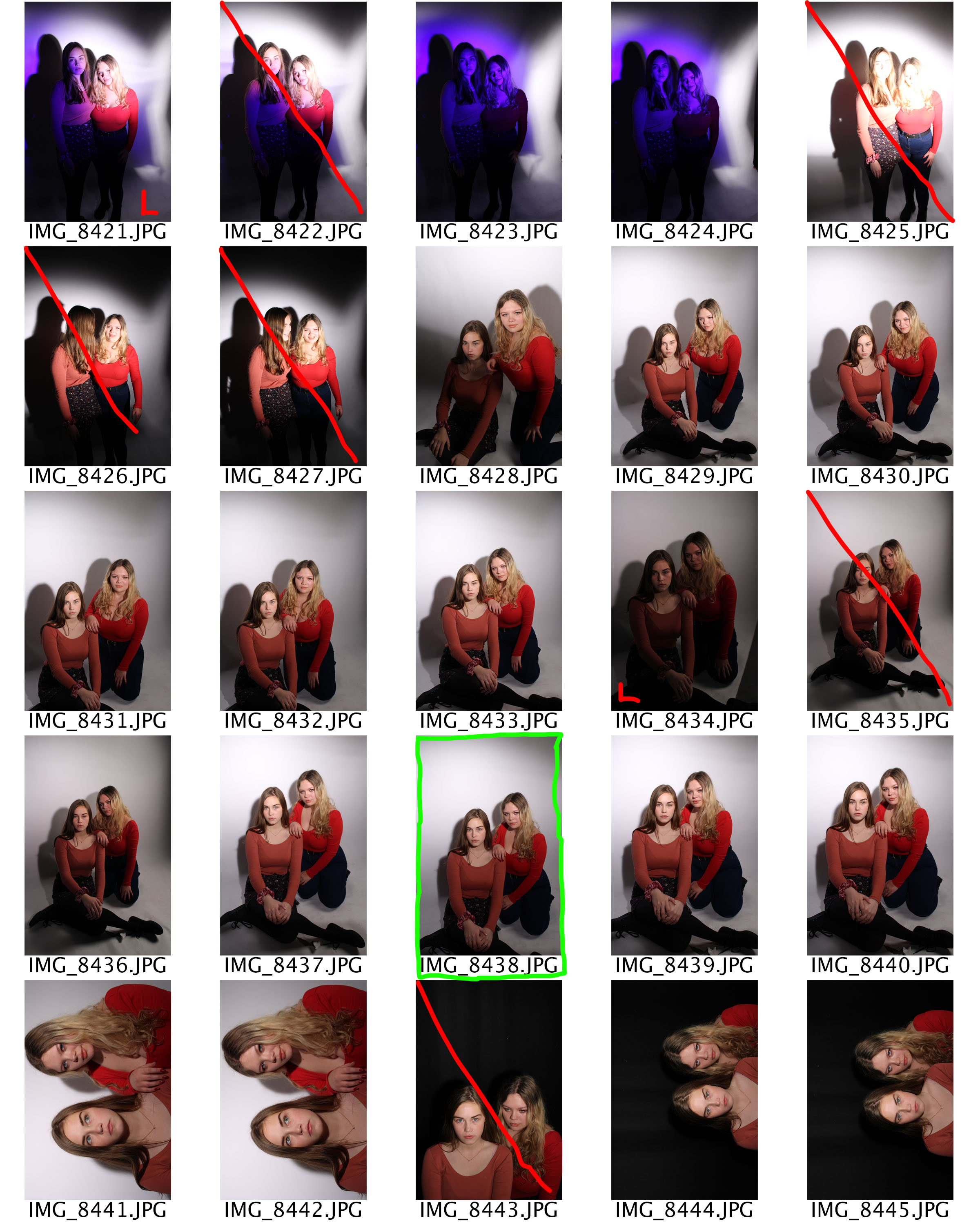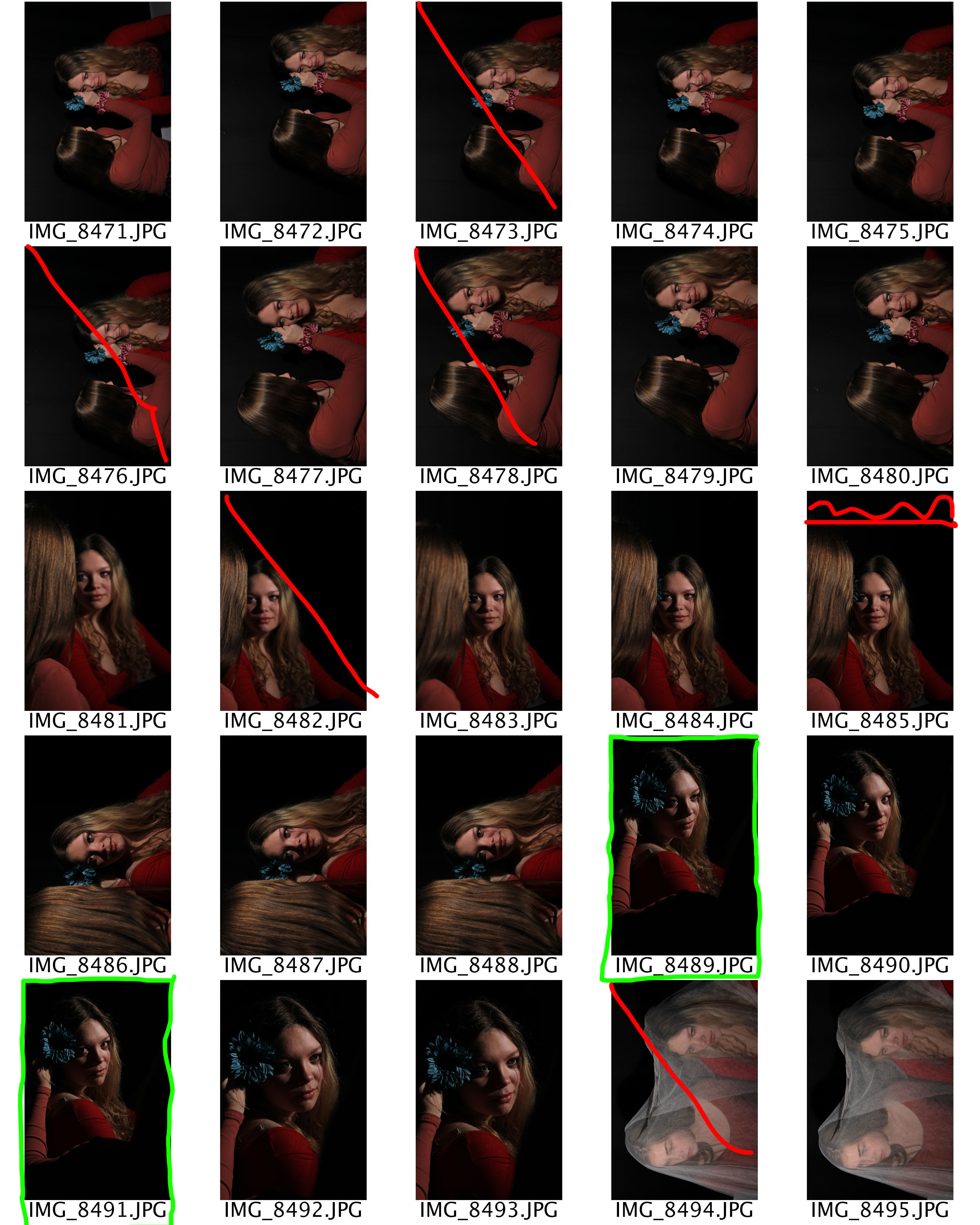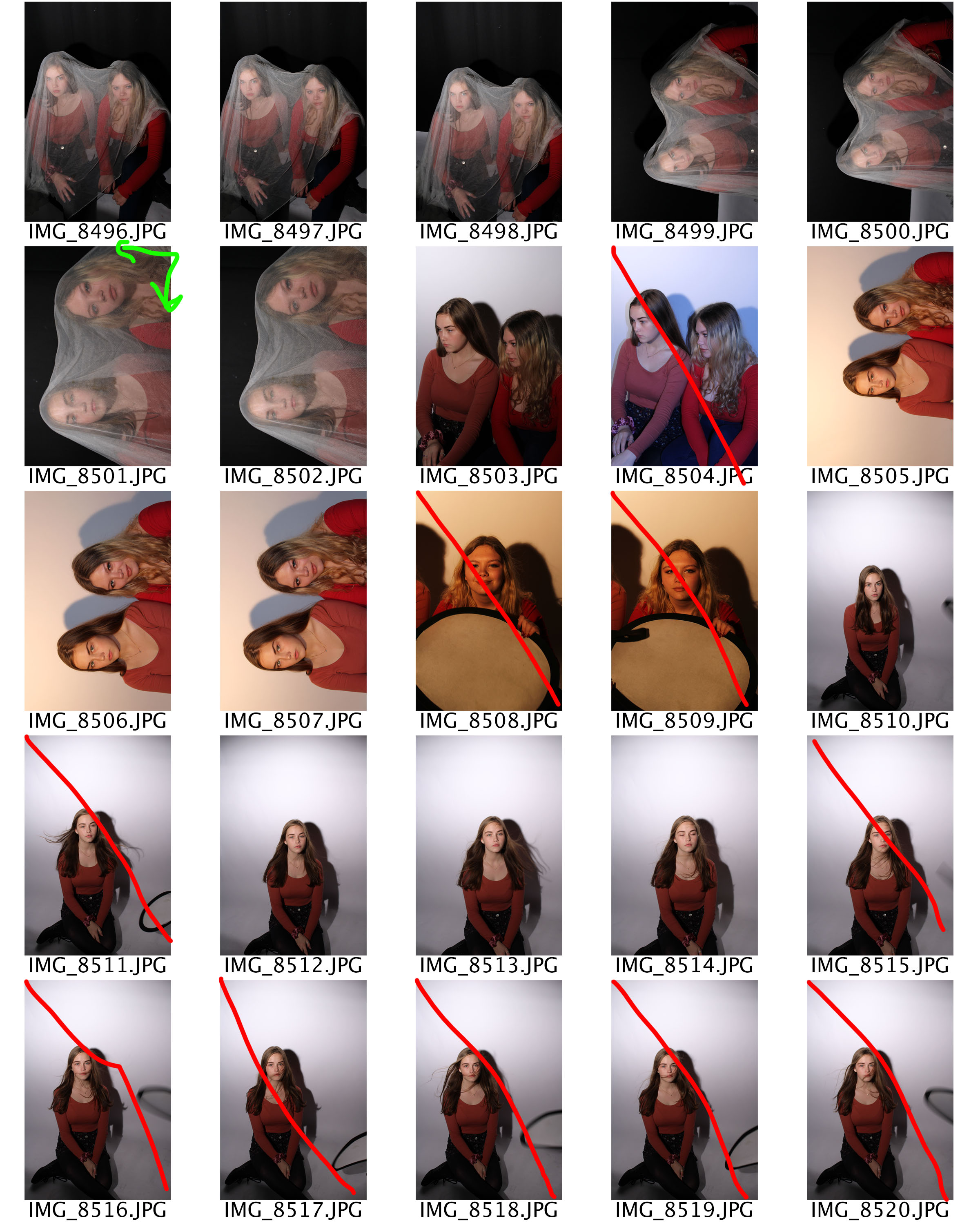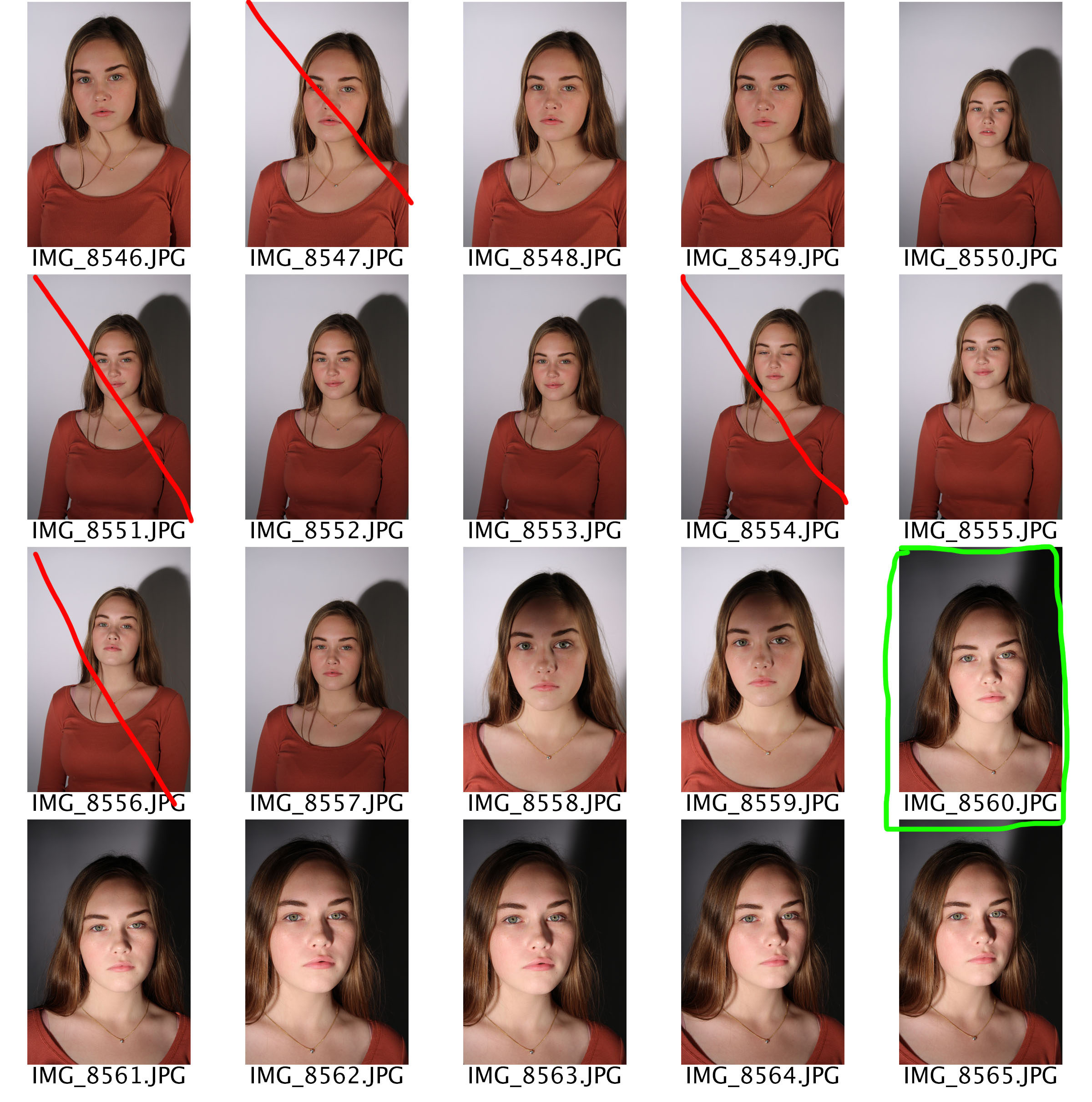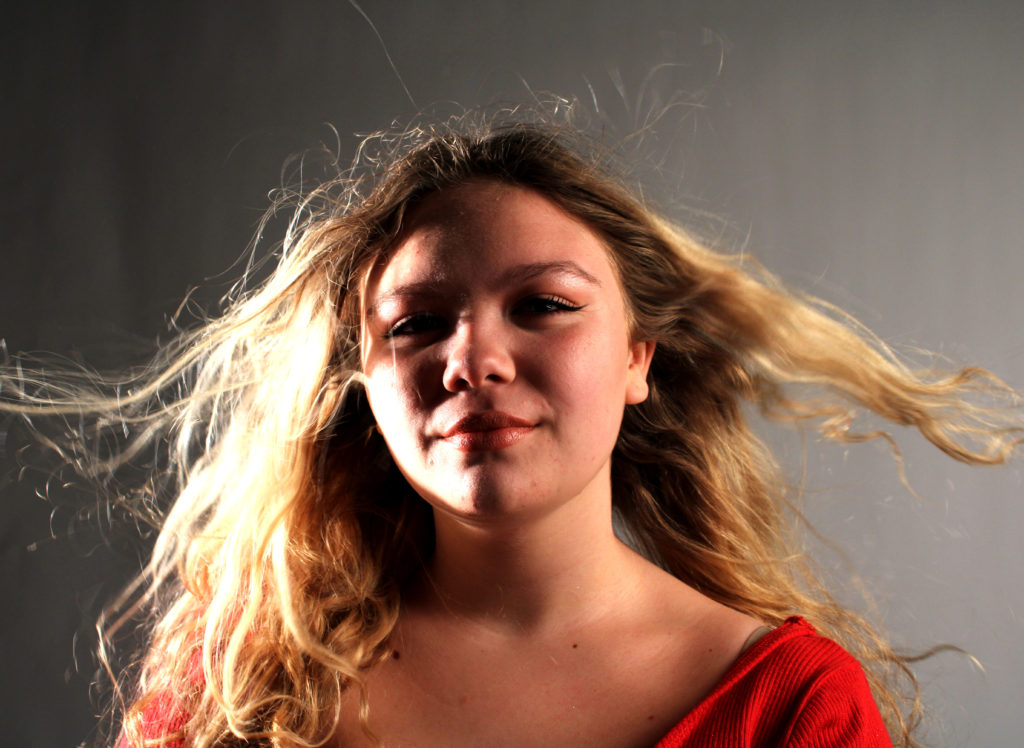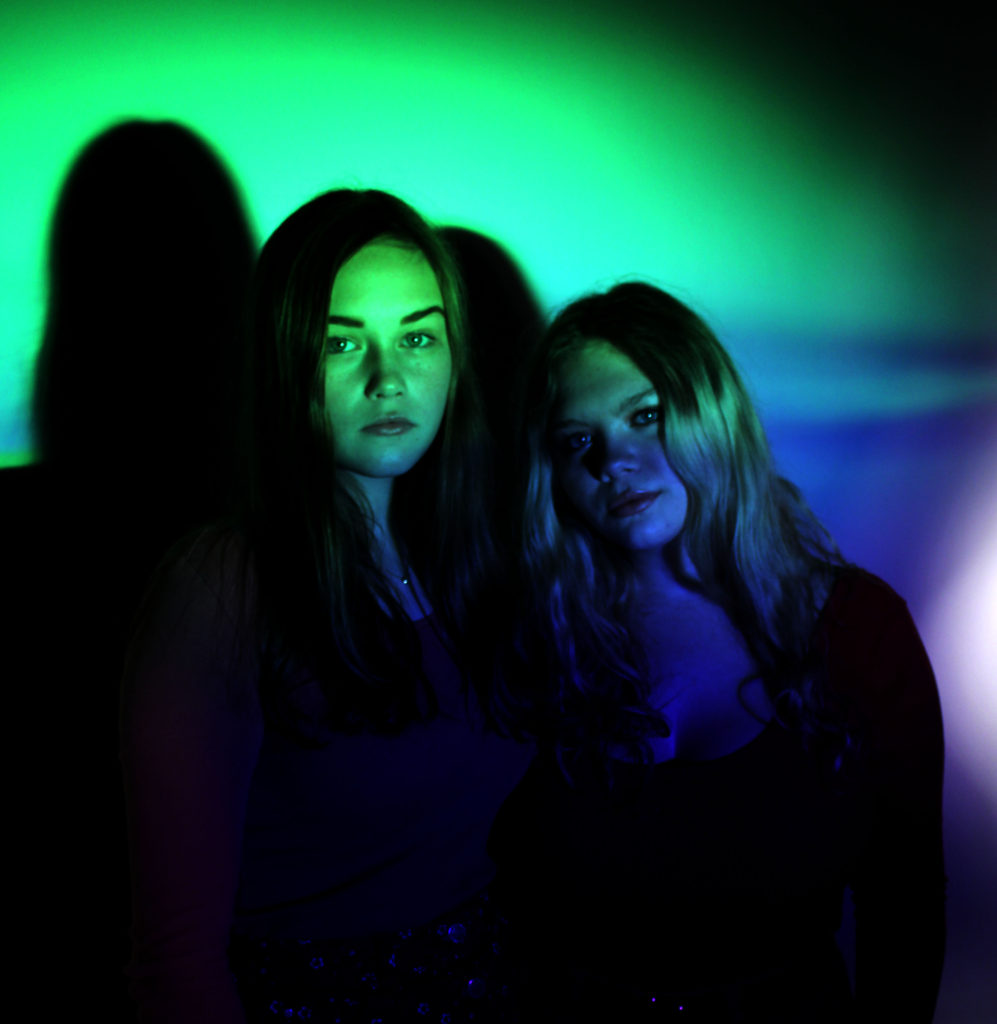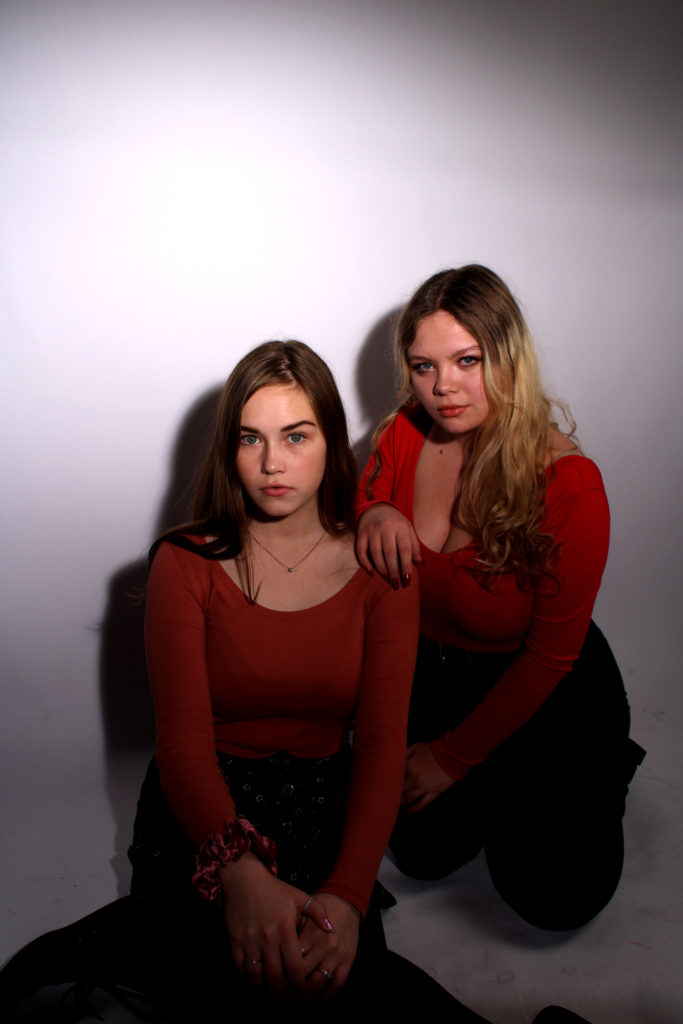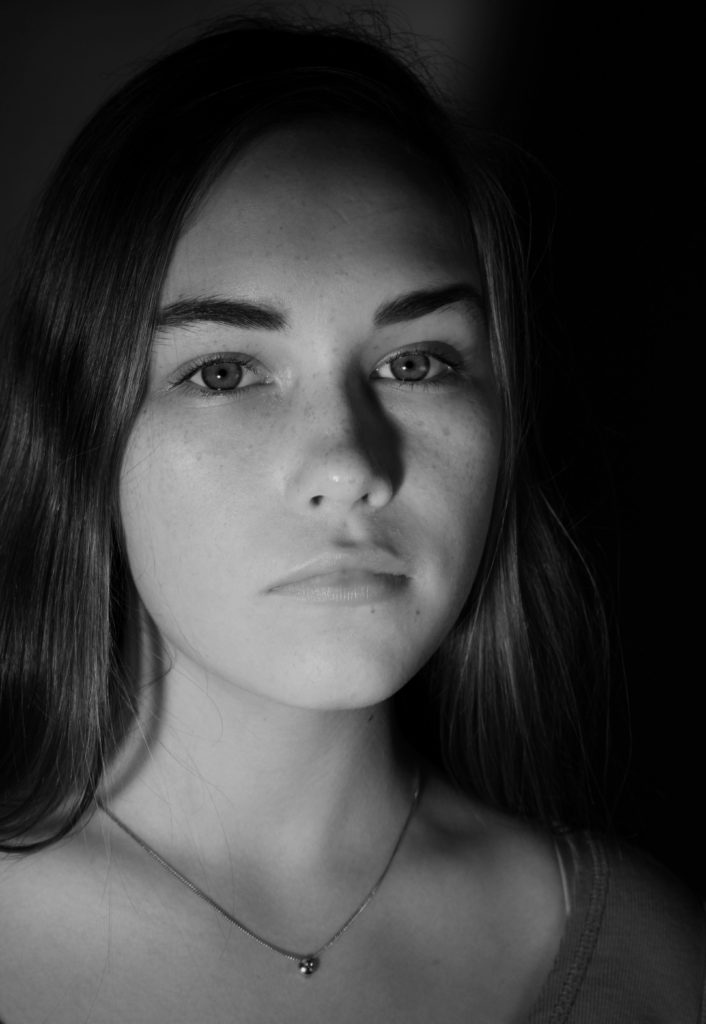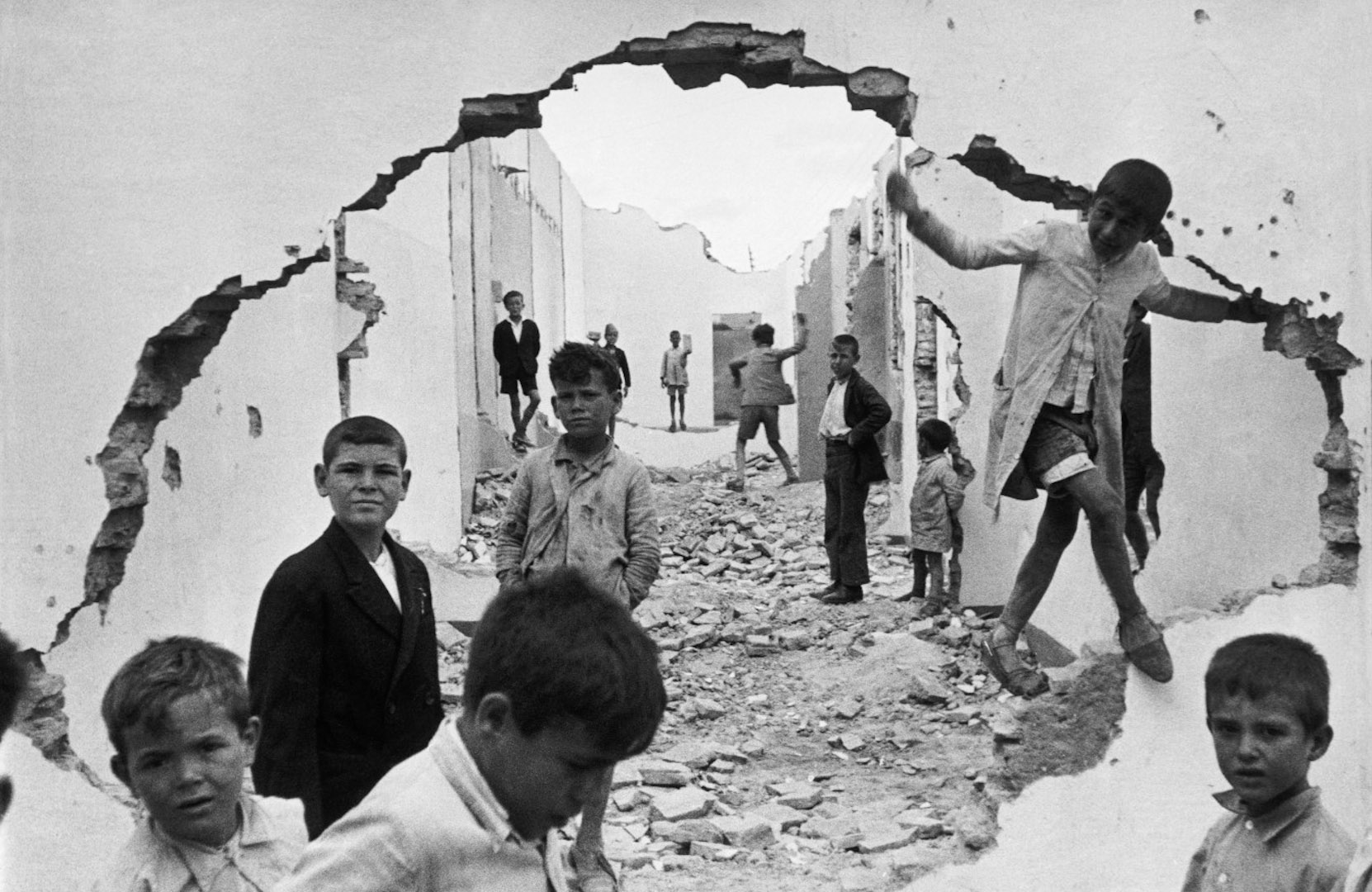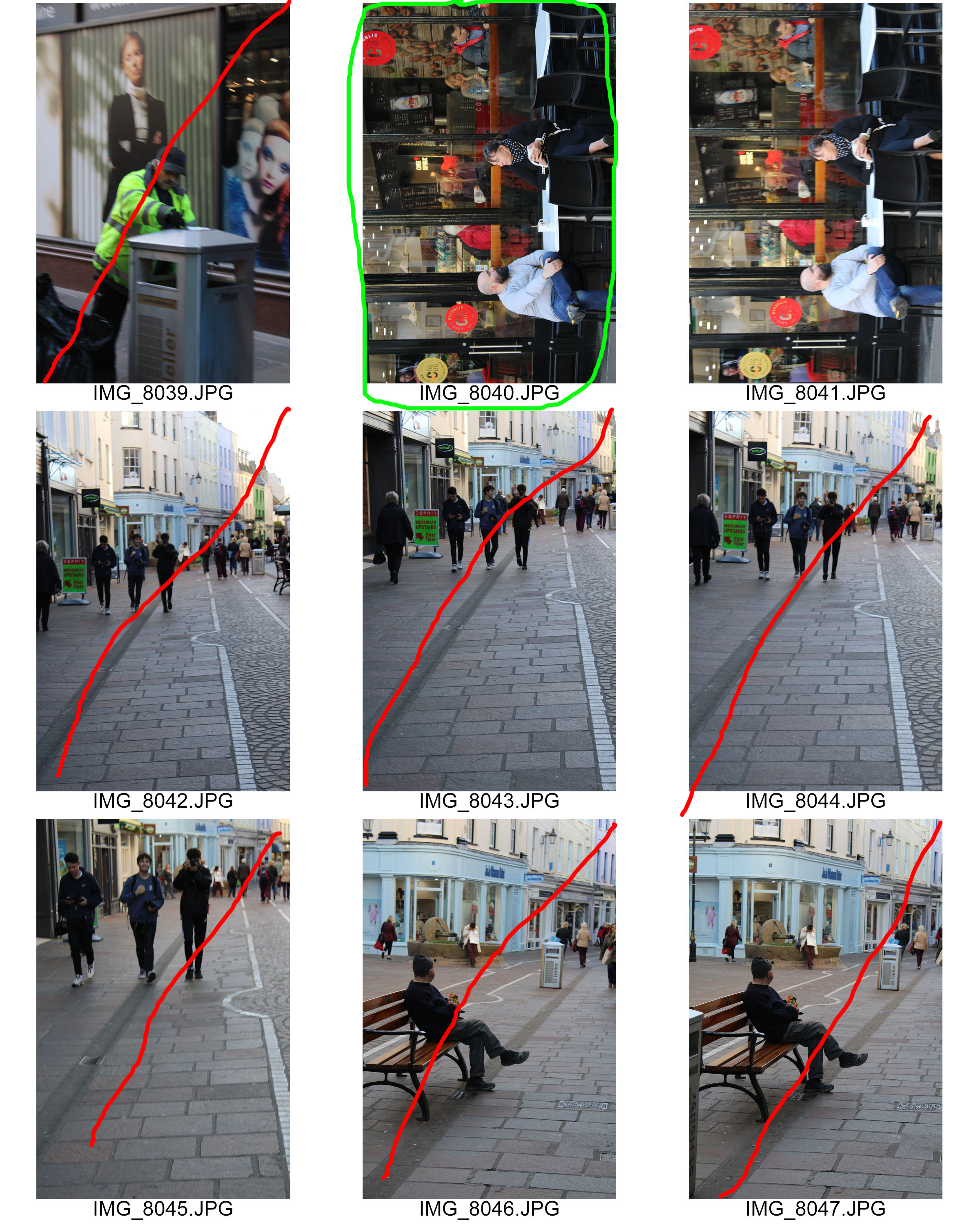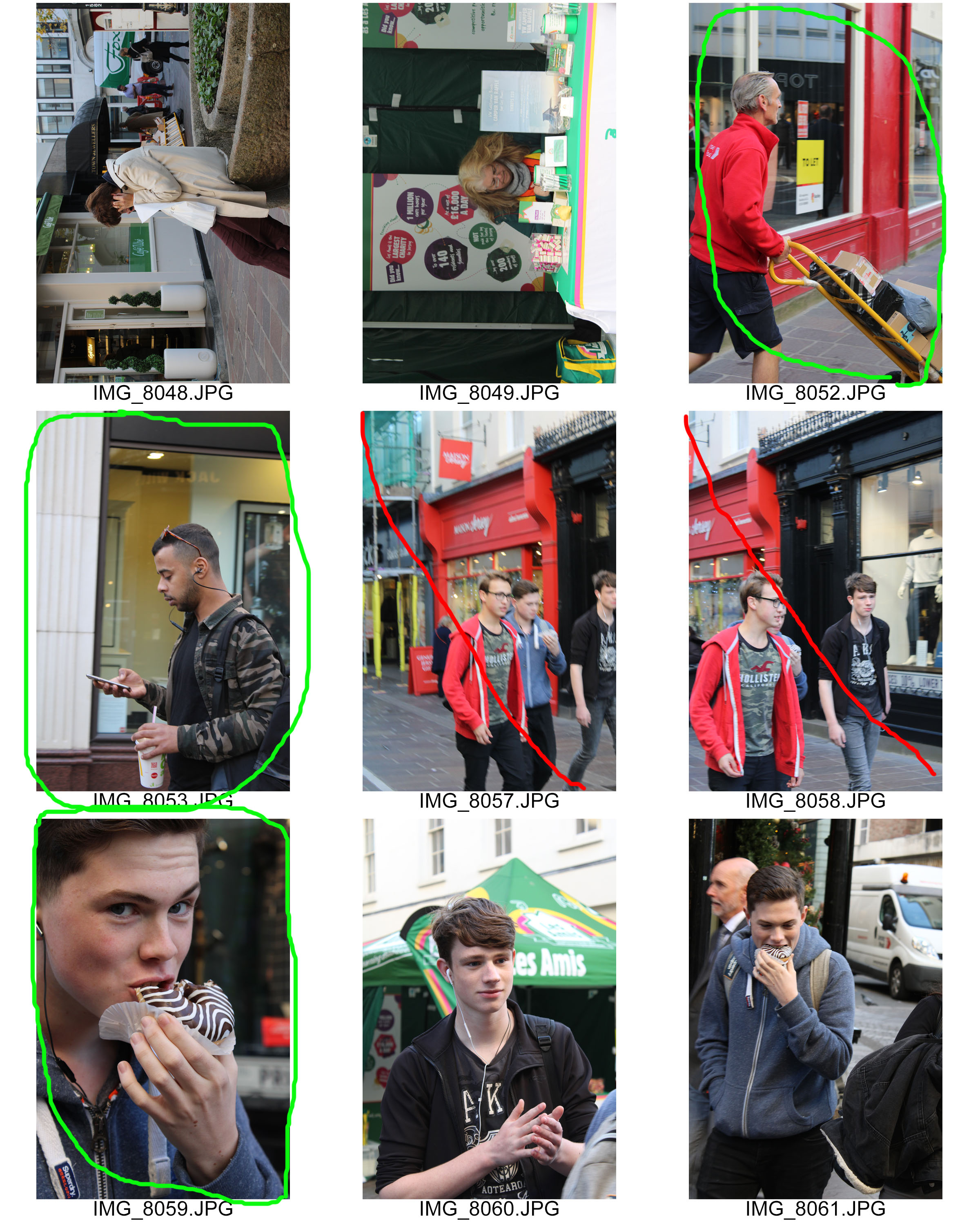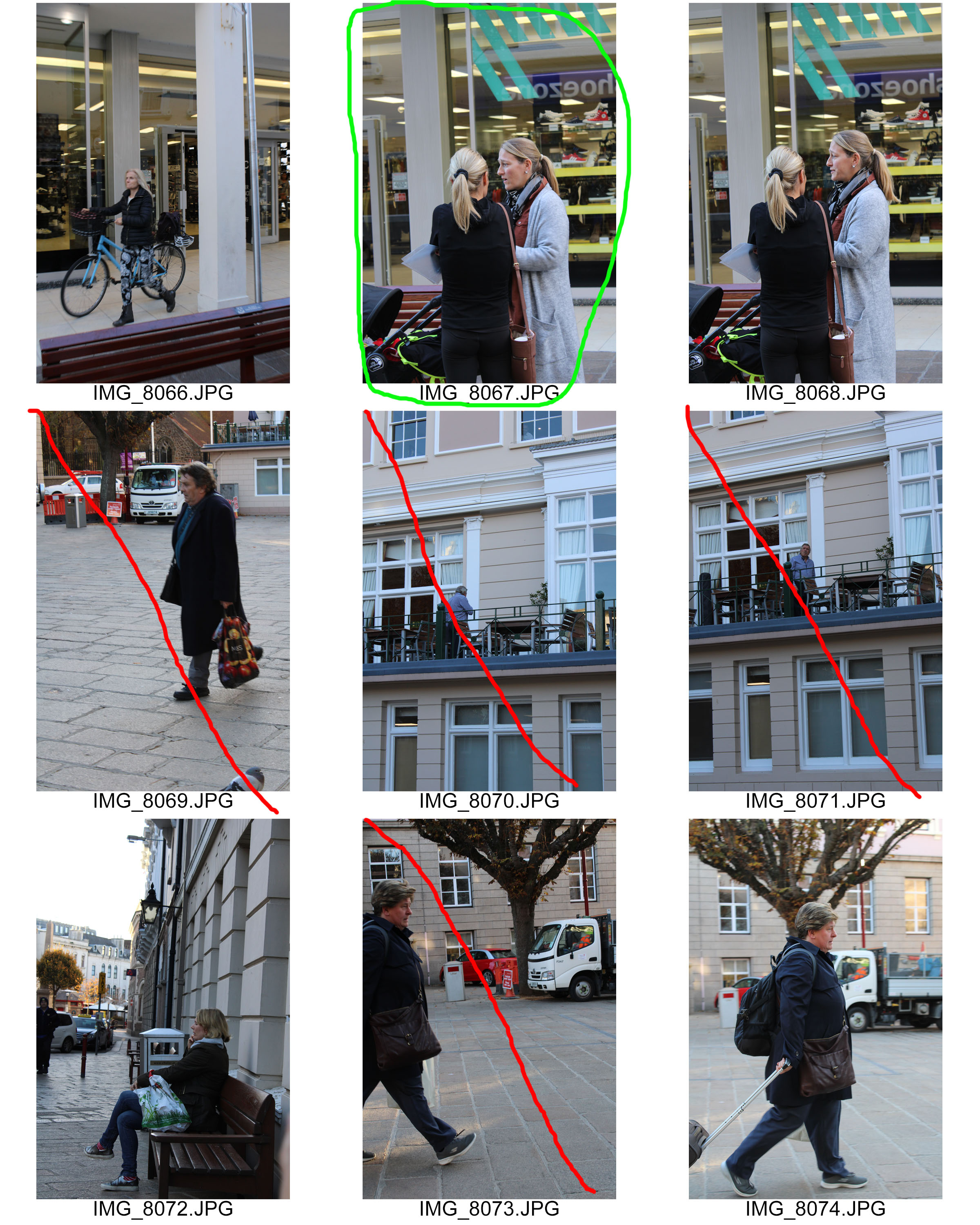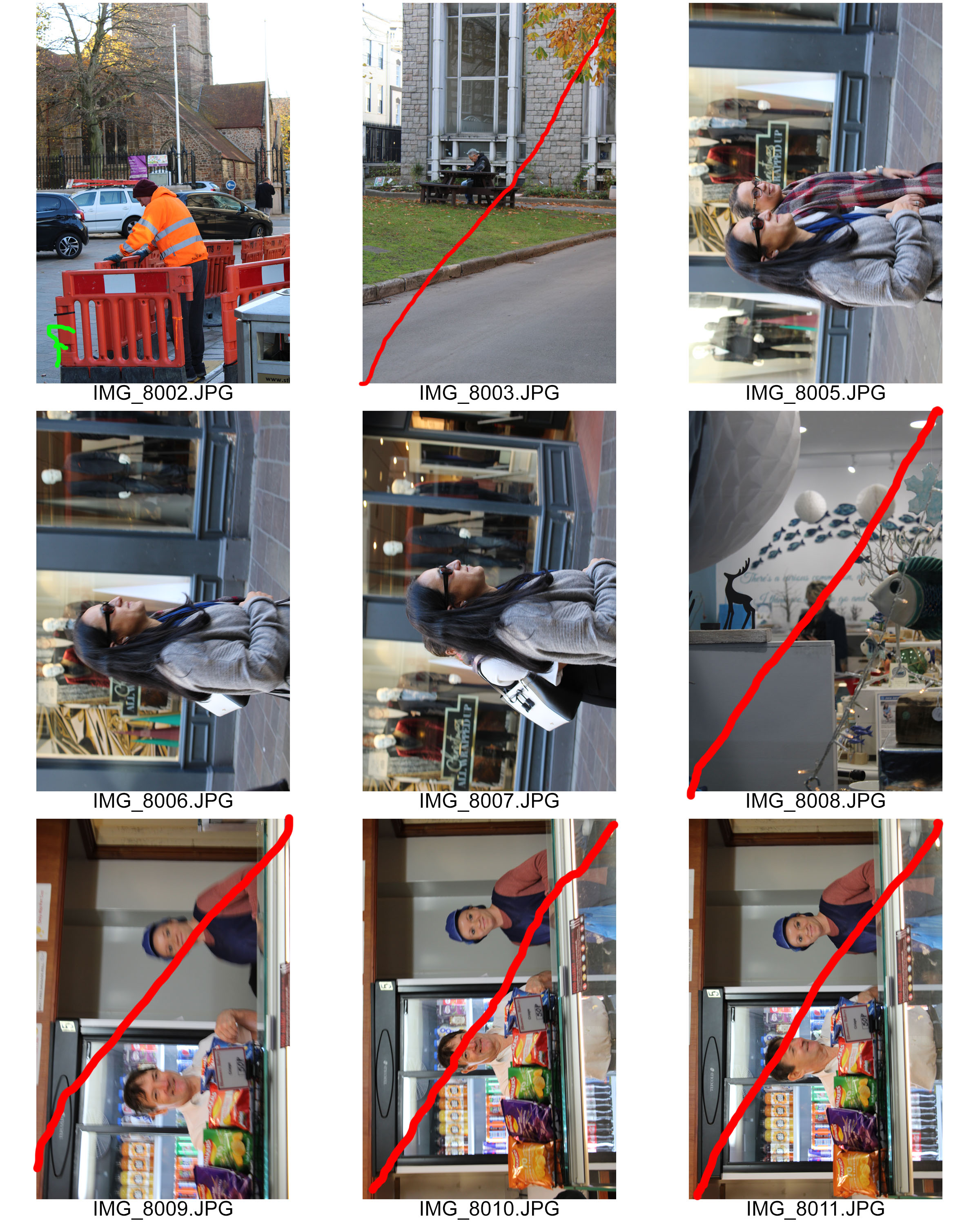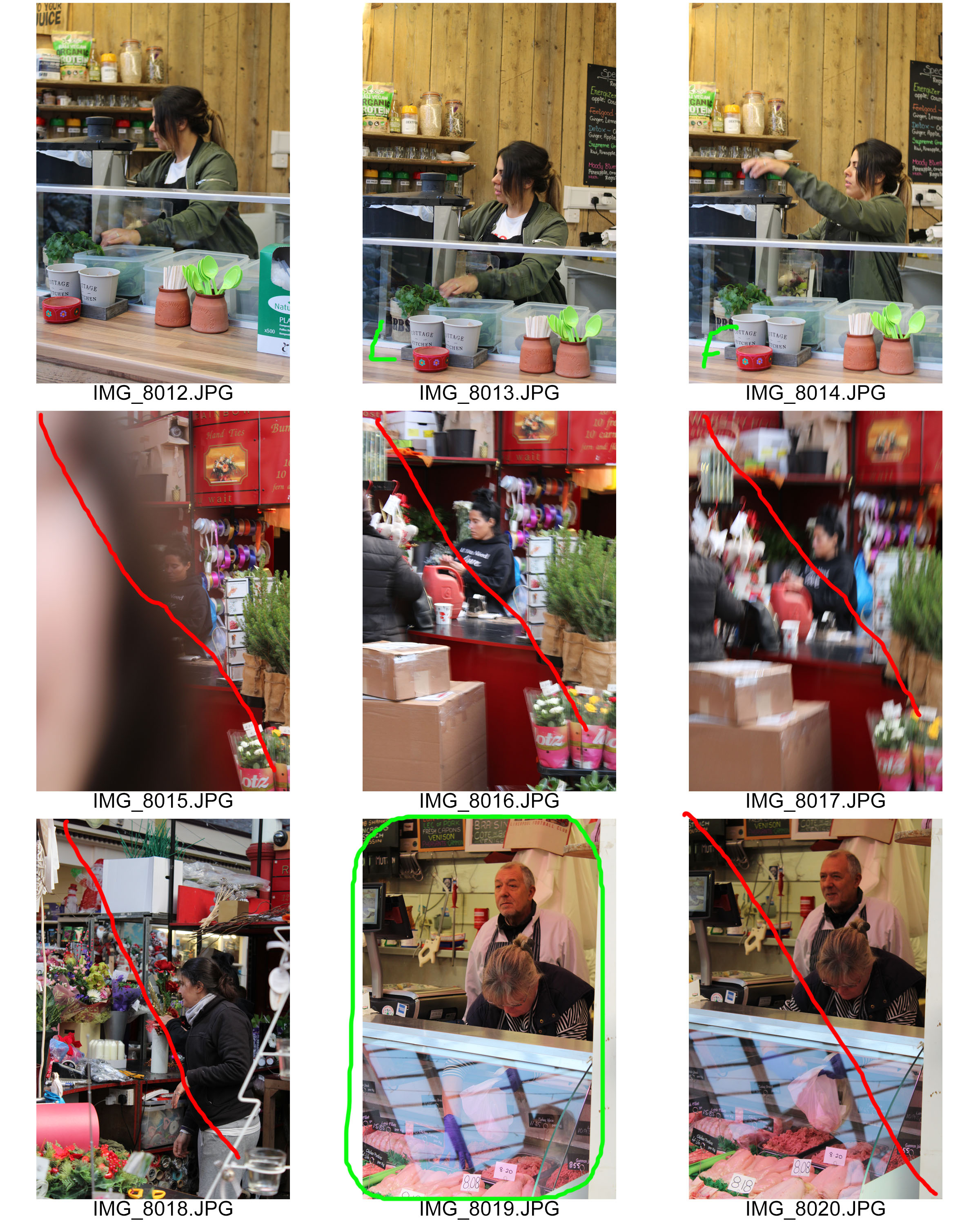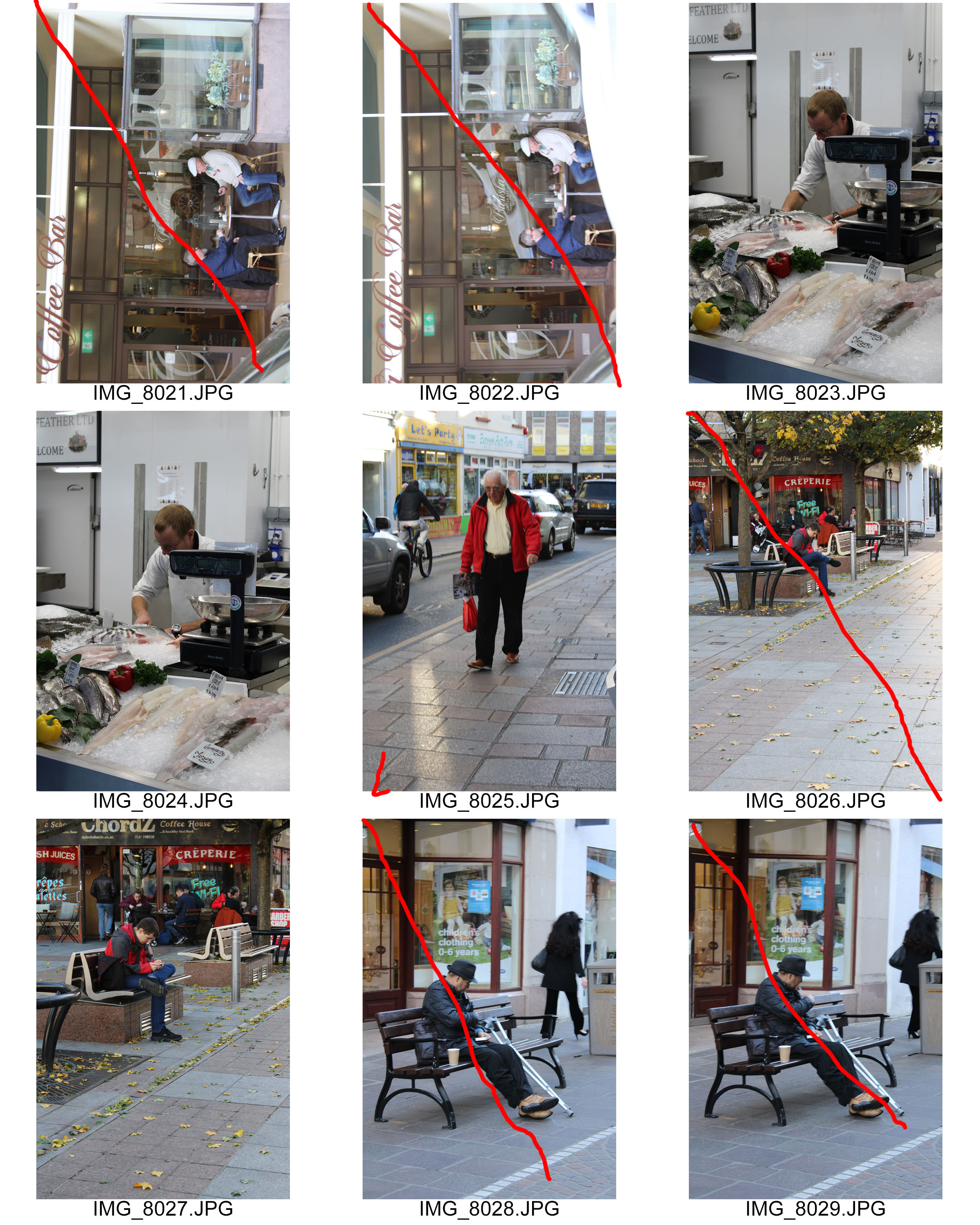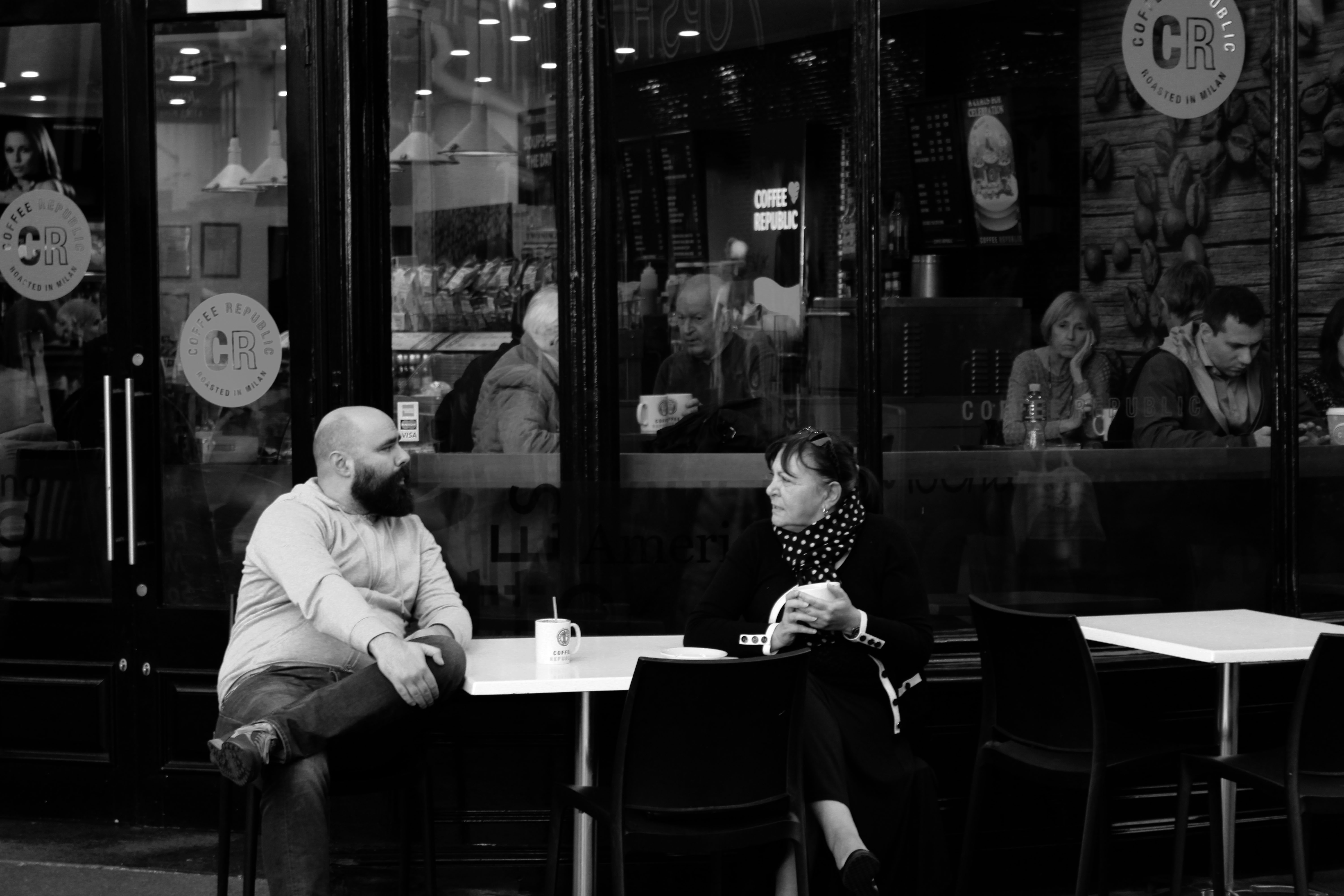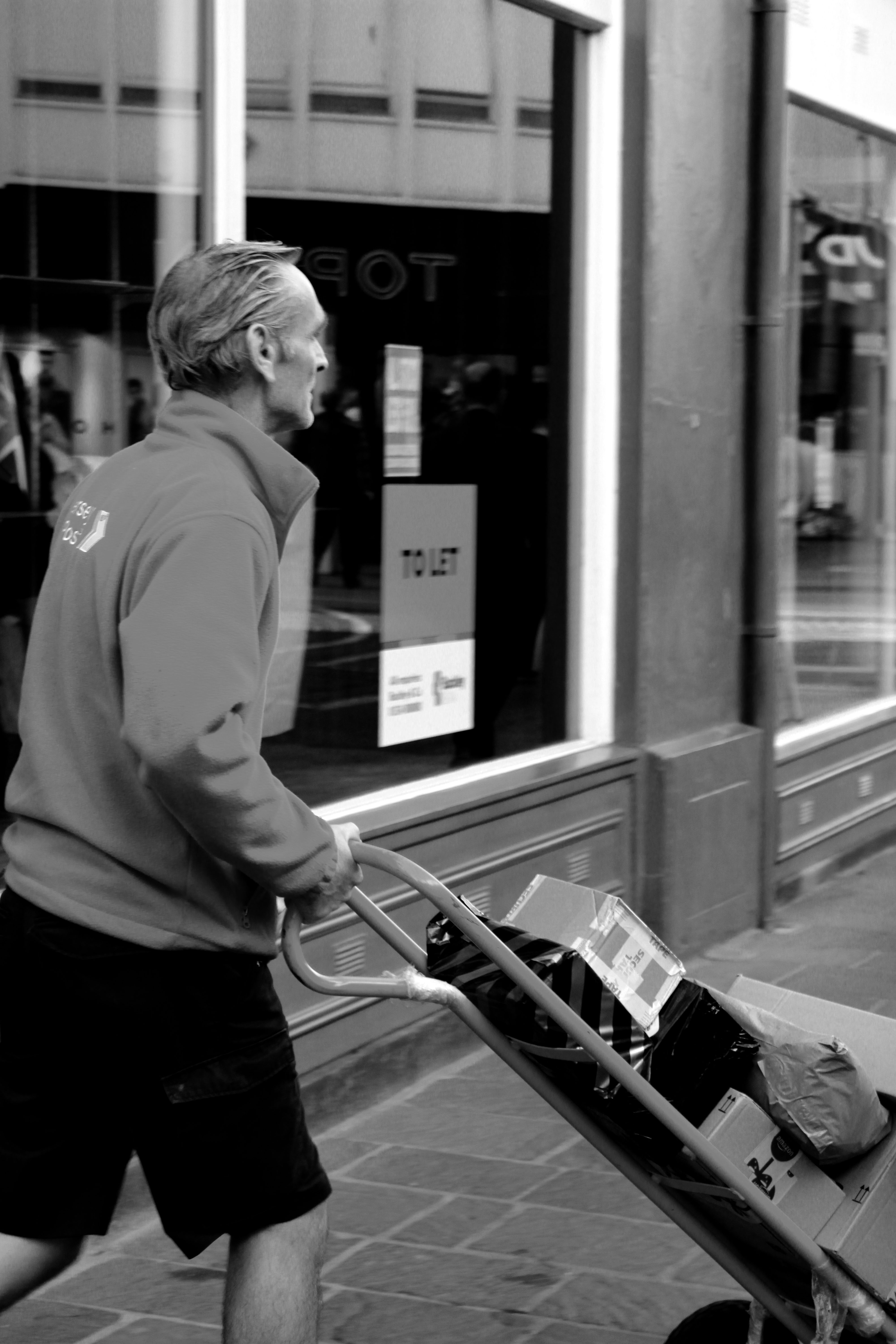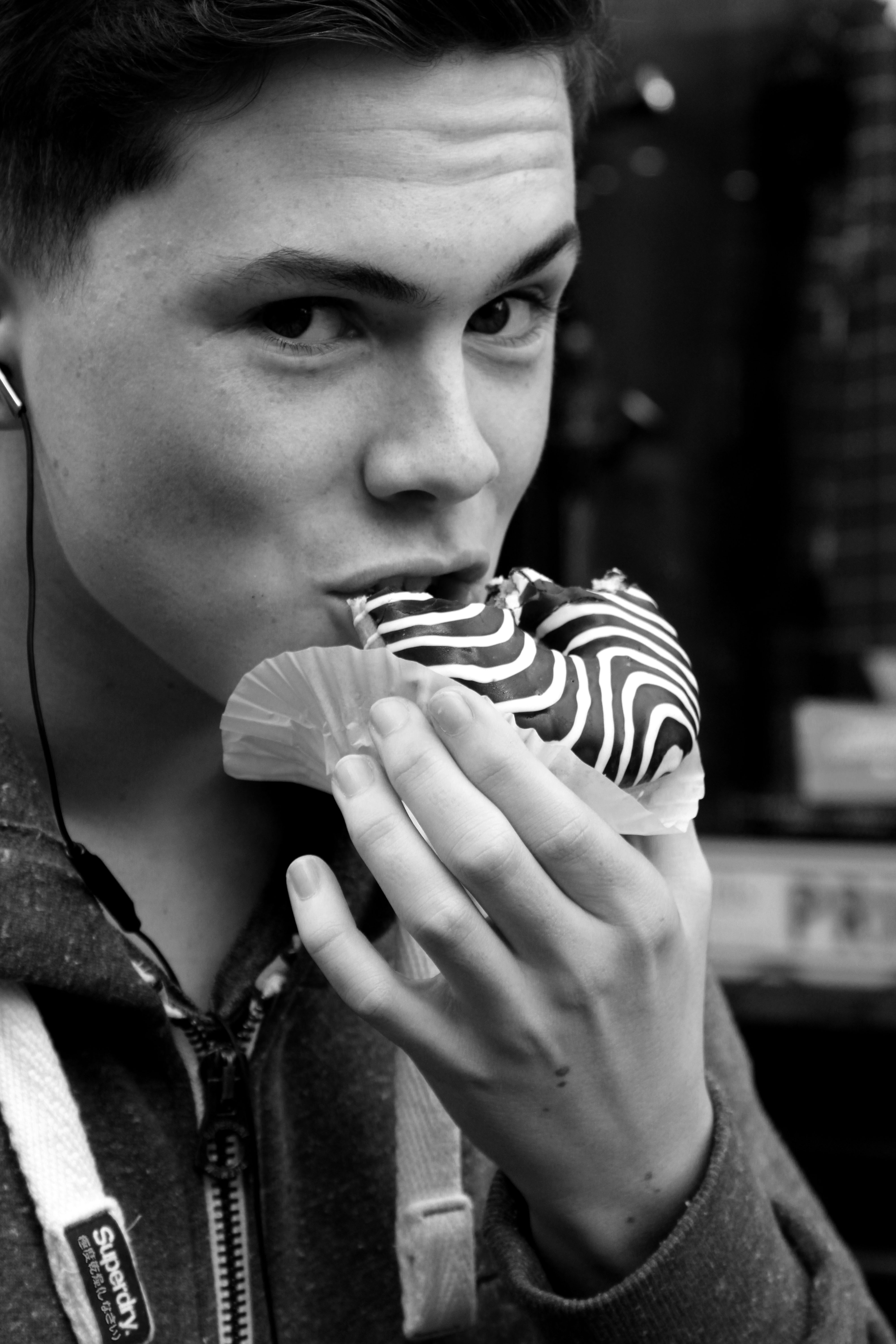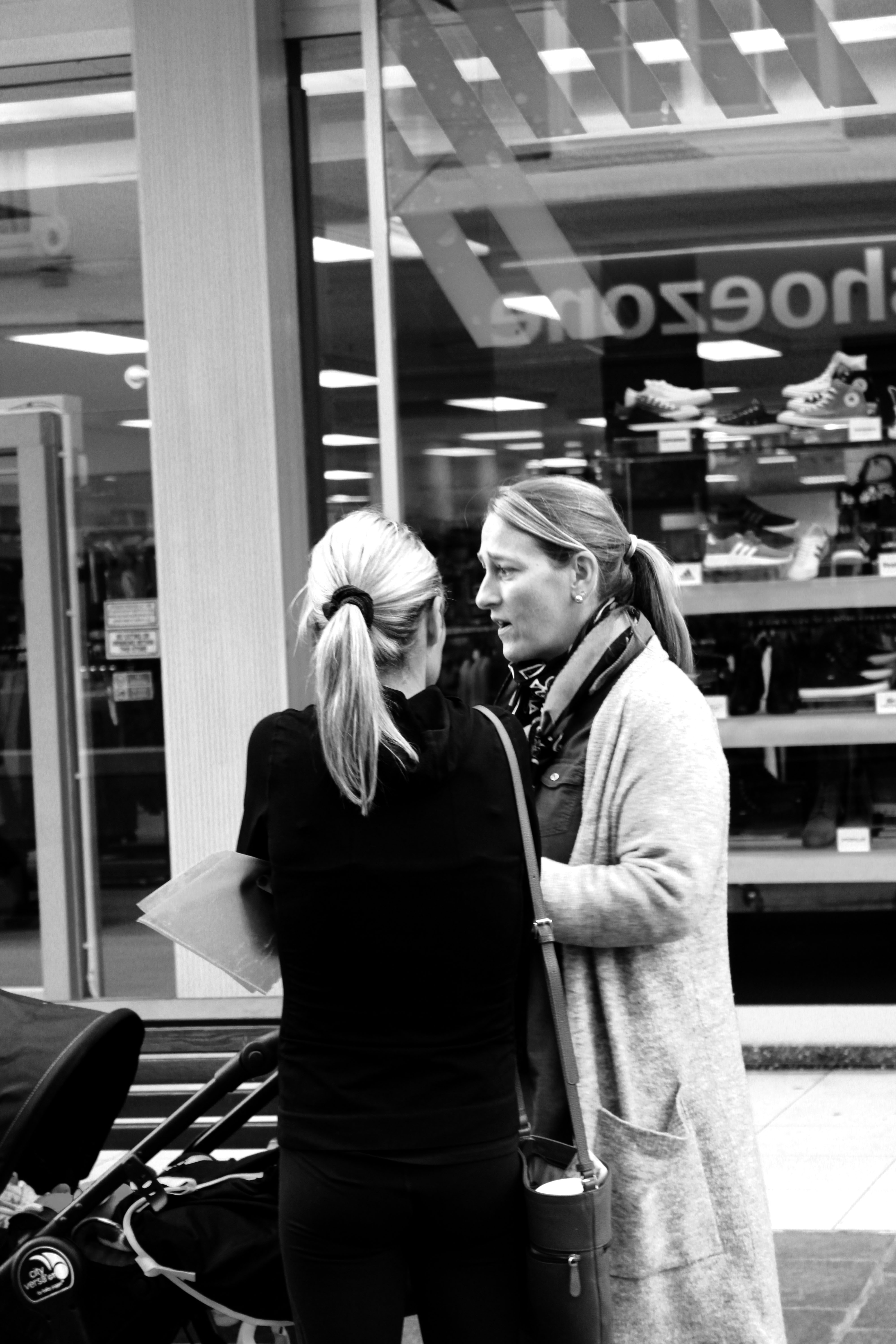Brno Del Zou

Brno Del Zou is a French photographer who was born in 1963. In his photography he takes a very imaginative look towards a human. He wants to show his viewers the chaotic side of our brains. This is seen as his artistic aim. In my opinion I believe that Del Zou has met his artistic aim. In this series of photographs ‘photosculptures’, he wants to be able to understand the human body better and so he does this by using fragments of the faceto create the bizarre looking face. This clearly links to the conceptual factor of the image, understanding the human body in all of its complexity. The facial features used helps to create a connection of scales, this is outlined by the volumes of the body features. The photographs are all in black and whitewhich helps Del Zou to bring across his desired mood and tone. I believe that the mood and tone presentedis a mysterious and artificial, which helps to intrigue the viewers to his photographs. More over the apertureis small as not much is in the frameof the photograph. Moreover the message which is being presented through this series of photographs is that the human mind can be chaotic, and it is normal if it is. The set of photographs are all take as portrait at a straight on angle, which allows the models face to be the main focus point.The tone of the photographs seems to be quite light as the tends to be no shadows give off the body parts nor the face itself. There is a low contrast in the tone, which helps to present the overall creative theme. The lighting used seems to be artificial lighting, which seems to be soft allowing the models body to easily be recognised. The shutter speed of these photographs looks to have been normal due to the fact Del Zou is not capturing anything moving. The depth of field in these photographs is short as the models face is the only object which is in focus. The background of these photographs are plain and simple, allowing the viewer to focus primarily of the distorted models face. The images within the series are mainly in black and white, however, in some of the images there is a hint of colour, which allows more important features to stand out more. Due to the images being in black and white it allows the tone of the image to be clearly presented. Del Zou’s photography from the photo sculpture series is a prime example of surrealism. The artist is not presenting a political viewpoint, but is taking the route of a non-naturalistic photograph.
I believe that Brno Del Zou took inspiration off David Hockney who produced similar work. In Hockney’s work, he used different angles of a model and combined them together to create a fragmented surrealist piece. Whereas, in Del Zou’s work he uses the same angle just different facial features to layer up to create a fragmented surrealist piece. In Hockney’s work the images are mainly presented in colour and their is a background for the model which allows context to be added to the images and allows viewers to think about the situation the model is in. In contrast, Del Zou’s images are presented in black and white and have a plain background, which helps to alienate the models. A similarity of both artists is that I believe that the share the same artistic aim as the tones of both images are similar. Moreover, they both took the surrealist approach which allows their creativity to be expressed. Finally, I think that Del Zou’s work is an updated version of Hockney’s work due to the similarities in their work.

Raoul Haussman

In 1919 Hausmann created ‘Der Kunstkritiker’ which is also known as ‘The Art Critic’. He created this photo-montage’ to challenge the idea of a stereotypical art critic, and the an art critics requirements in order to decided whether a piece of art is fashionable. The main motivation for Hausmann to create this image was because he was a member of Berlin’s Dada movement, and was not too happy with the traditional art styles and pieces they where creating so decided to make his own to present his disapproval to this. This photomontage has taken a disorganised style which allows the feelings of Hausmann to be clearly be presented. Due to how old this image is, it stands to reason that this photomontage was hand crafted. The main focus point is the art critic which is located in middle of the image, making him the first thing viewers look at. The head of the critic is much larger than the body, which presents the idea that art critics can consider themselves to be big headed and much superior than others. On the face the eyes and mouth has been covered by which seems to be a child’s drawing of eyes and a mouth, which presents the idea that these people are child like. It also shows that critics opinions are irrelevant as they can not see art as it should be viewed. Their is a large pencil as well in the critics hand, which shows the power that the pencil has. It is considered powerful as it is what the art critic would use to make their review about the art work. Next to the critic is a woman, who looks to be apart of the upper class, due to the way she is dressed and presented. During the time this photomontage was created the class system was being used. Hausmann used an upper class lady as it shows that the art critics where not basing their decision on whether they liked the art but on whether members of the upper class would like the pieces of art. Behind the critic is a triangular cut out of money which presents the idea that people in this job was money orientated, they worked hard in order to get money off the upper class, who had way too much power. Underneath the upper class lady is a newspaper article which outlines a man, which is taken from the business section. He added this onto the montage in order to show that he does not like the fact that people with more money have more power. The background has large words which are incomprehensible which also adds to the negative tone being created. The background colour is also loud also presenting the idea that people in this career are loud. As shown Haumann is showing his viewpoints as negative towards the class system and the way art critics work, clearly presenting a clear example of Dadaism. He is also showing that art work does not have to be created in order to please others, but should be created for self enjoyment. This piece of work is very powerful in the way that it has been done, suggesting that it was well thought out by Hausmann. In order to create a photomontage in this style I will need to think about what overall message I am trying to get across and how each image adds to the overall message.


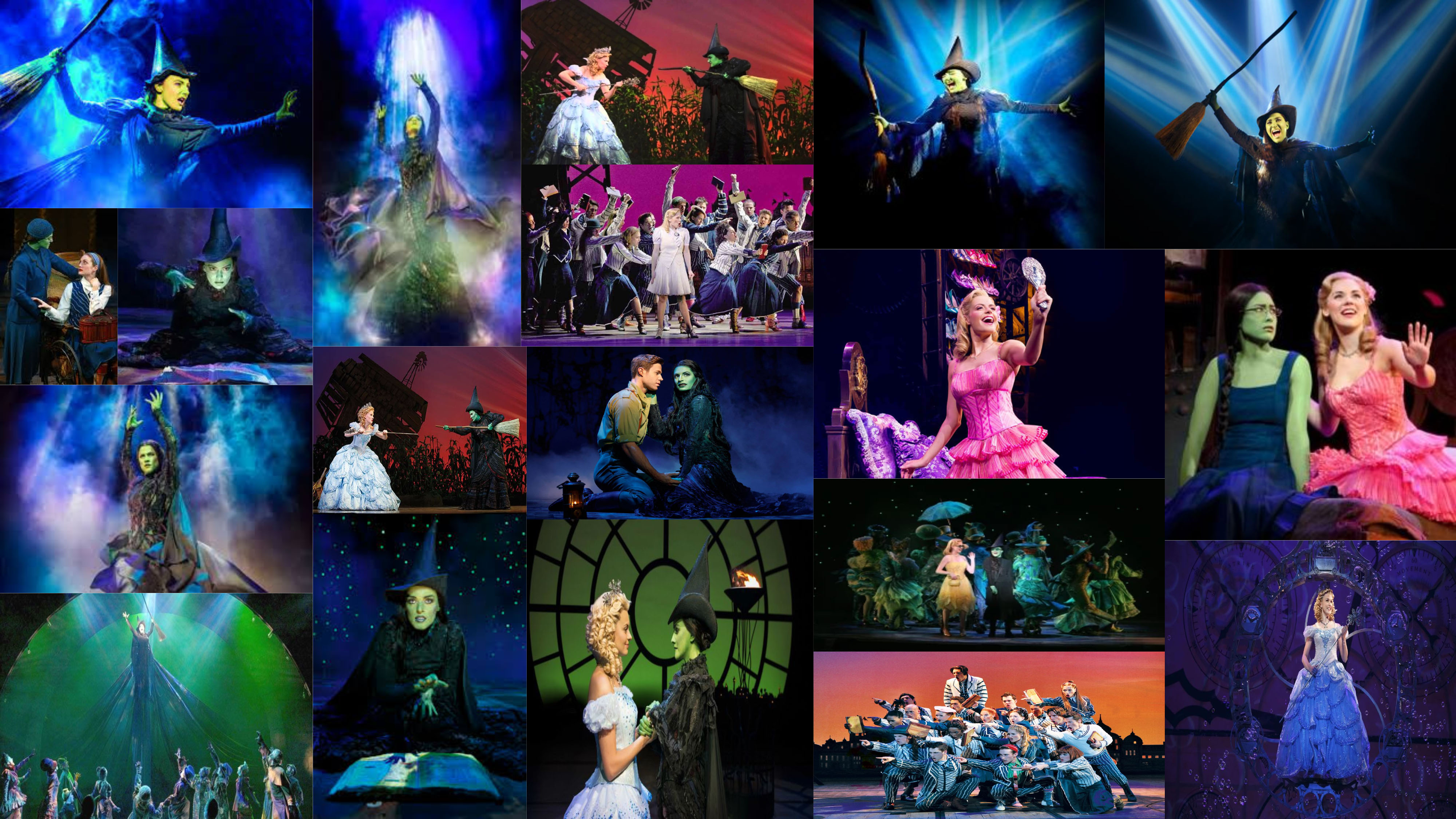
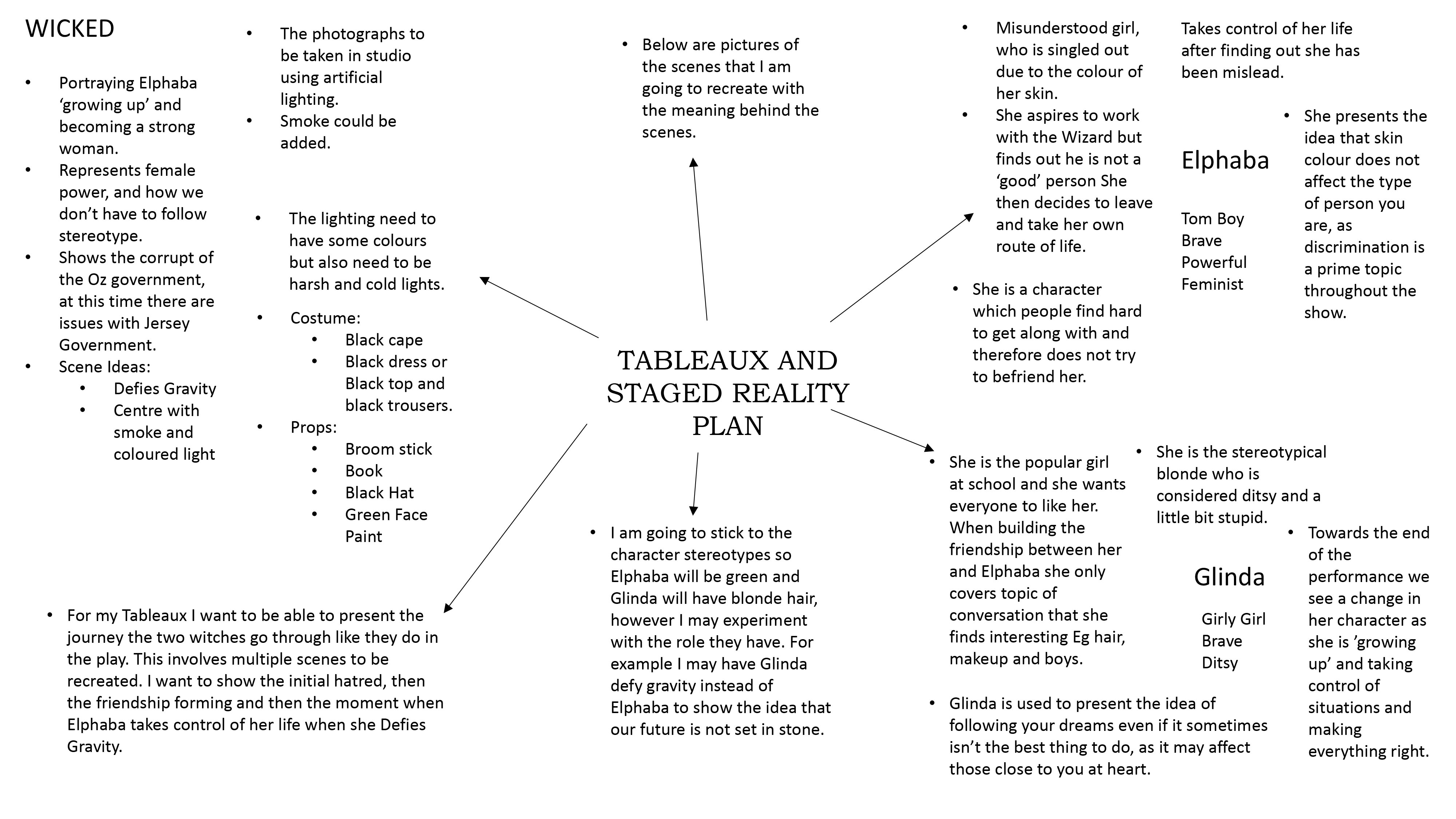


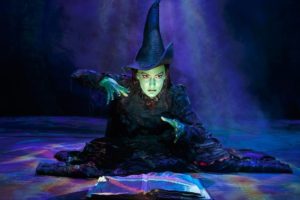

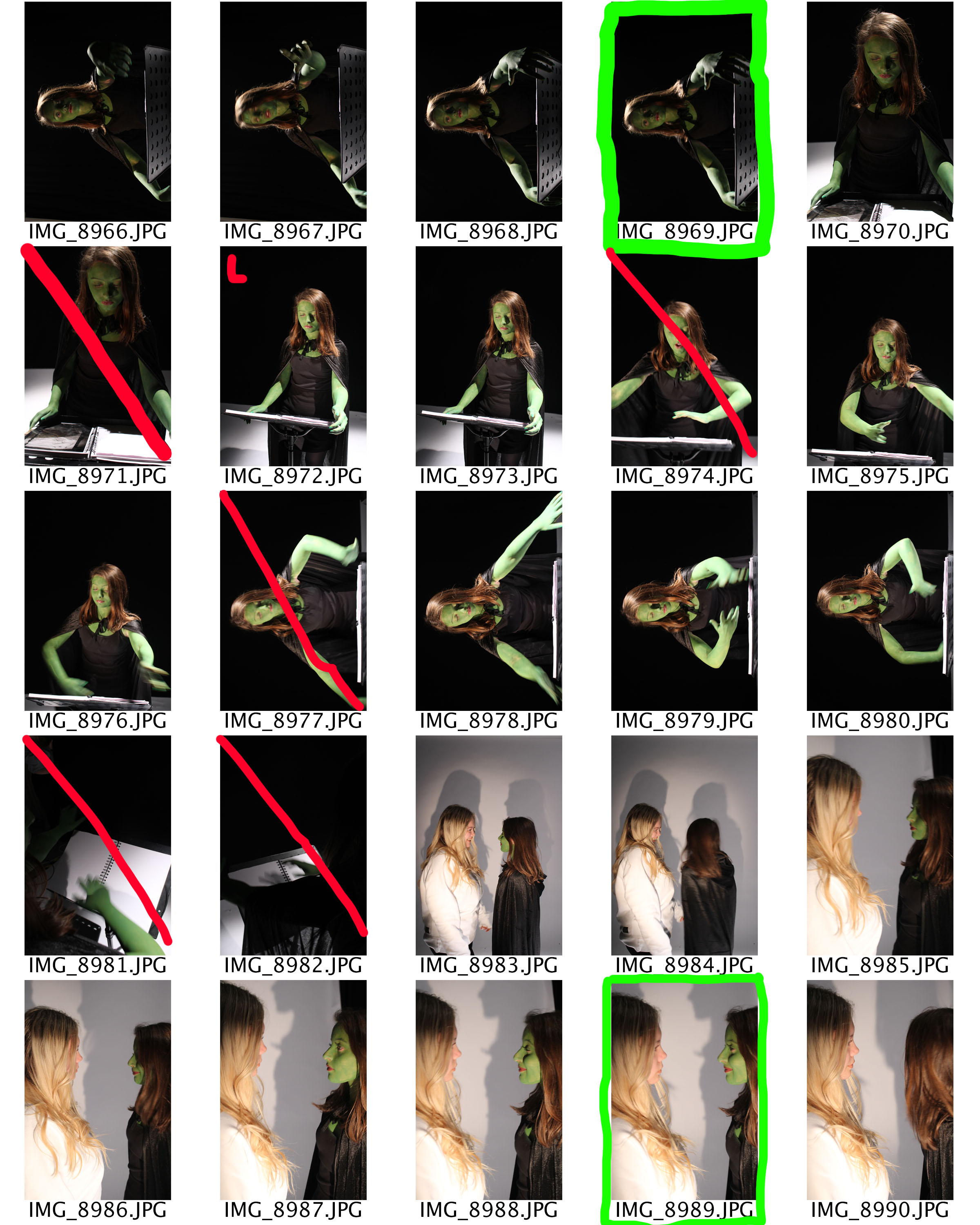

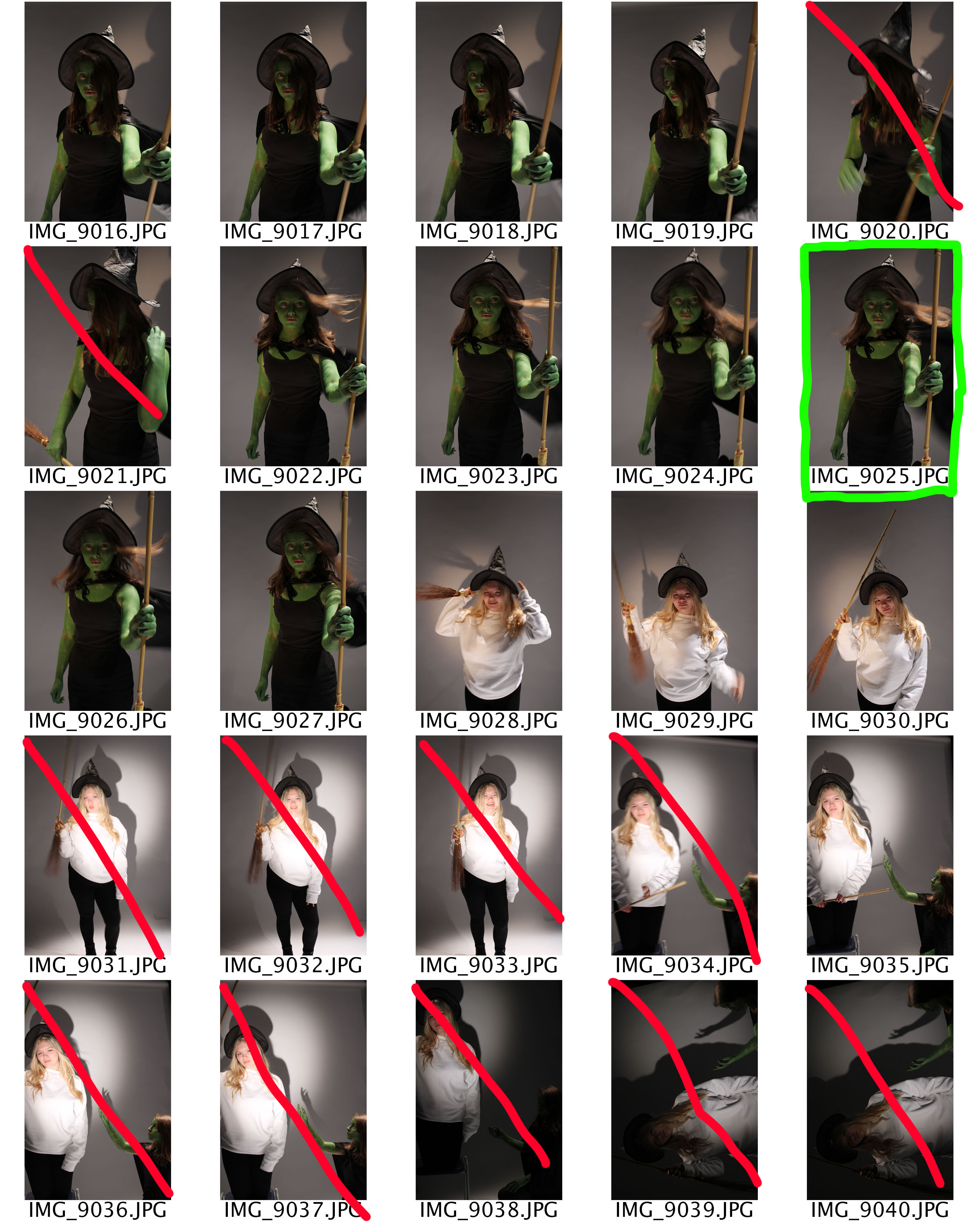


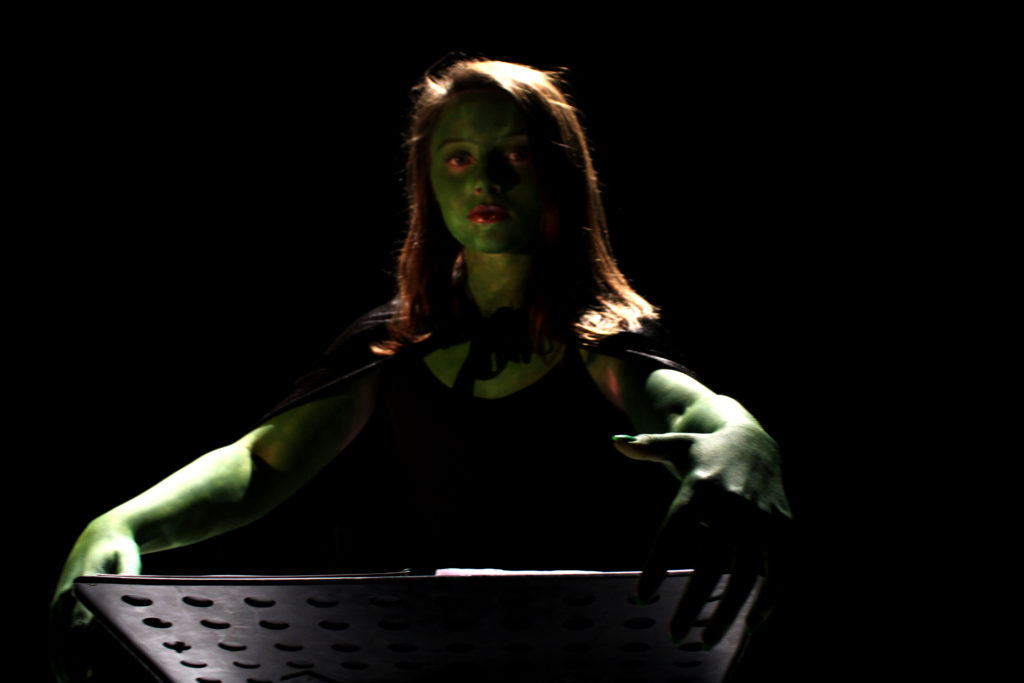
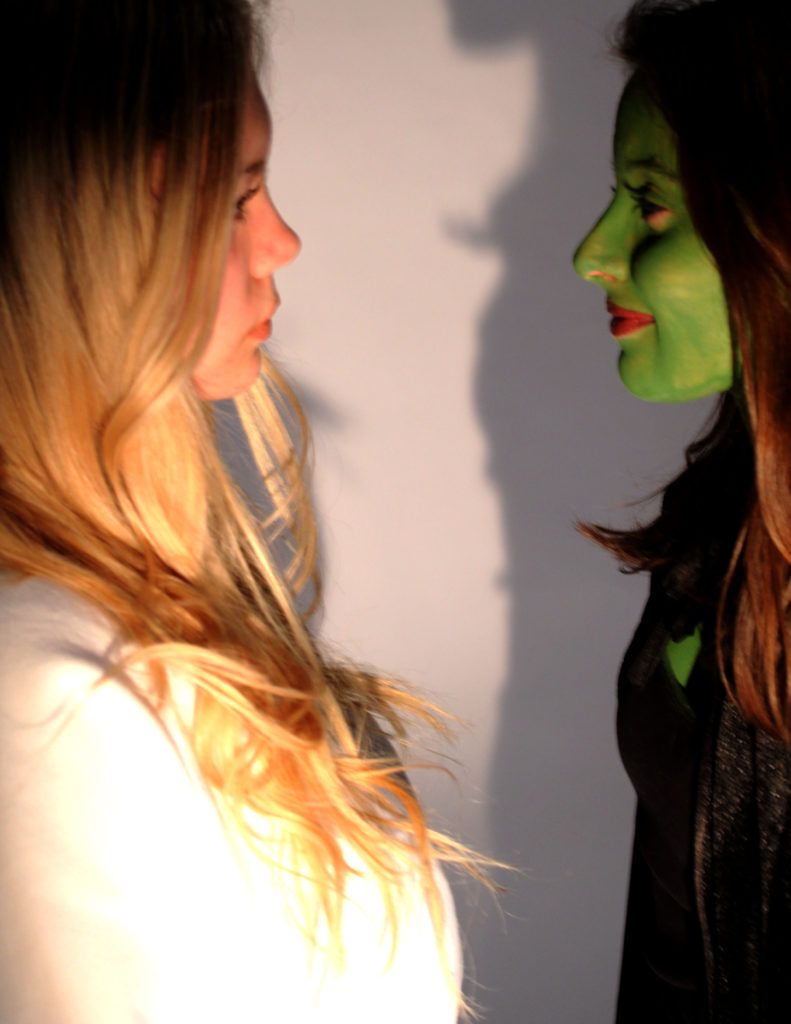 Within this photograph we have the two witches staring at each other, which was inspired by the ‘What is this feeling’ scene. We see Glinda staring at Elphaba with neutral facial expression and sort of squinting her eyes which informs us that she despises the green witch. On the other hand, Elphaba has a smile on her face which informs viewers that she finds it funny that Glinda loathes her. To edit this photograph I just levelled and and adjusted the curves in order to make the image seem naturally darker.
Within this photograph we have the two witches staring at each other, which was inspired by the ‘What is this feeling’ scene. We see Glinda staring at Elphaba with neutral facial expression and sort of squinting her eyes which informs us that she despises the green witch. On the other hand, Elphaba has a smile on her face which informs viewers that she finds it funny that Glinda loathes her. To edit this photograph I just levelled and and adjusted the curves in order to make the image seem naturally darker.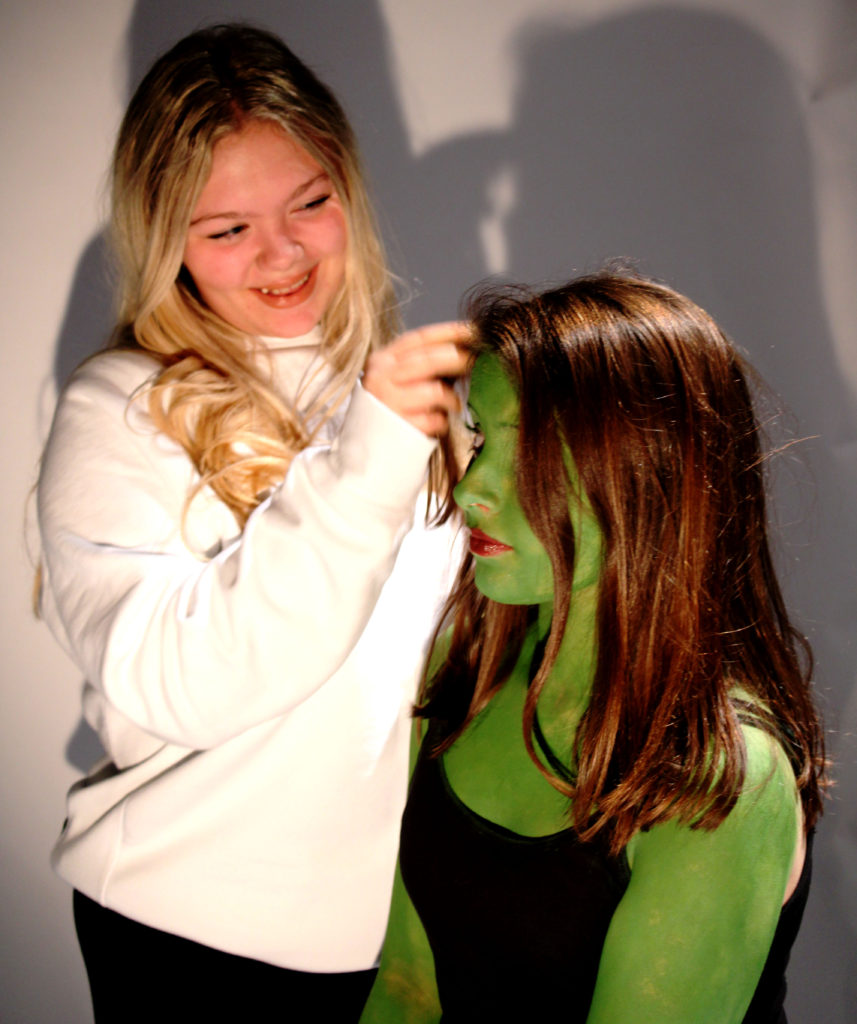 In my final image I wanted to capture the personality of Glinda and the moment when the two girls finally bond. We can see Glinda playing with the hair of Glinda with a big smile on her face, this informs viewers that Glinda is a girly girl and enjoys giving others makeovers and playing with peoples hair. In contrast Elphaba does not seem that fazed by it showing her tomboy side. The contrast shows that for the two witches to be neutral the green witch has to compromise and try and begin to like what Glinda wants. This presents the idea that girls are only concerned with hair, makeup and their phones, but clearly they are not which is demonstrated by Elphaba. Due to the harsh lighting, it allows the two witches to stand out from the background allowing the message to come across better. To edit this photograph I just levelled and adjusted the curves in order to make the image seem naturally darker.
In my final image I wanted to capture the personality of Glinda and the moment when the two girls finally bond. We can see Glinda playing with the hair of Glinda with a big smile on her face, this informs viewers that Glinda is a girly girl and enjoys giving others makeovers and playing with peoples hair. In contrast Elphaba does not seem that fazed by it showing her tomboy side. The contrast shows that for the two witches to be neutral the green witch has to compromise and try and begin to like what Glinda wants. This presents the idea that girls are only concerned with hair, makeup and their phones, but clearly they are not which is demonstrated by Elphaba. Due to the harsh lighting, it allows the two witches to stand out from the background allowing the message to come across better. To edit this photograph I just levelled and adjusted the curves in order to make the image seem naturally darker.